|

HOME |
ABOUT | INDEX |
NEWS |
FACEBOOK |
CONTACT
MENTAL HEALTH
Wellness | Coping | Positive Outlook
Trump
Administration Wants to Defund National Suicide Helpline
for LGBTQ Youth
RFK Jr and HHS Reportedly Seeking to Discontinue
LGBTQ Crisis Hotline
The Trump administration is reportedly considering
cutting a federally funded suicide hotline for LGBTQ
youth beginning in October 2025. According to a Health
and Human Services (HHS) budget draft, the federal
government plans to eliminate all funding for the 988
Suicide & Crisis Lifeline’s LGBTQ Youth Specialized
Services. If approved by Congress, the budget would go
into effect on October 1. Funded through HHS, and first
implemented in 2022, the program offers LGBTQ-inclusive
emergency crisis support.
According to government data, LGBTQ Youth Specialized
Services has provided crisis services to over 1.2
million people, and the 988 Lifeline has provided
services to over 14 million people. "And here we
are cutting off the nation’s lifeline to those in
crisis,” Paolo del Vecchio, former director of the
Substance Abuse and Mental Health Administration’s
Office of Recovery, said in a statement. “Due to the
discriminatory practices of the Trump administration,
they’re pulling that life preserver away from thousands
of people.”


RFK Jr Reportedly Wants to Defund National Suicide
Hotline for LGBTQ Youth
HHS Plans to Cut National Suicide Hotline’s Program for
LGBTQ Youth
Trump Administration Considering Cuts to LGBTQ Suicide
Helpline, Threatening the Lives of Millions
Under the leadership of HHS Secretary Robert F Kennedy
Jr, the department has already cut a quarter of its
workforce, and has made targeting psychiatric drugs one
of his areas of focus. In a February meeting with staff,
Kennedy, who famously said that he believes poppers
cause AIDS, said that Donald Trump’s “Make America
Healthy Again Commission” would investigate whether
antidepressants are being overprescribed to children.
Trump requested a report that assesses the “prevalence
of and threat posed by the prescription of selective
serotonin reuptake inhibitors” (SSRIs), a class of
antidepressants that increase levels of serotonin,
helping to mitigate thoughts of suicide and treat severe
anxiety or depression.
A 2022 Centers for Disease Control and Prevention (CDC)
report found that suicide is the second leading cause of
death among 10-to-14-year-olds and 25-to-34-year-olds,
and the third leading cause of death among
15-to-24-year-olds. According to The Trevor Project,
LGBTQ young people are four times more likely to attempt
suicide compared with their peers. The organization’s
2023 US National Survey on the Mental Health of LGBTQ
Young People found that roughly half (48%) of
transgender and nonbinary youth had seriously considered
suicide within the past year.
 
RFK Jr Reportedly Wants to Defund National Suicide
Hotline for LGBTQ Youth
HHS Plans to Cut National Suicide Hotline’s Program for
LGBTQ Youth
Trump Administration Considering Cuts to LGBTQ Suicide
Helpline, Threatening the Lives of Millions
The Trevor Project’s crisis lines experienced a nearly
700% increase in calls, texts, and chats on November 6
following the 2024 presidential election. This
rise in LGBTQ crisis calls comes as the Trump
administration continues to pursue dangerously
anti-LGBTQ legislation, including an executive order
federally defining gender as male and female as assigned
at birth, an order seeking to ban trans girls and women
from competing in women’s sports, and an order seeking
to block trans youth ages 19 and under from accessing
gender-affirming care.
“Suicide prevention is about risk, not identity. Ending
the 988 Suicide & Crisis Lifeline’s LGBTQ youth
specialized services will not just strip away access
from millions of LGBTQ kids and teens — it will put
their lives at risk,” Jaymes Black, CEO of The Trevor
Project, said. "I want to be clear to all LGBTQ young
people: This news, while upsetting, is not final.”
[Source: Abby Monteil, Them, April 2025]
Republican AG Sues Cities for Christian
Counselors’ Right to Use Conversion Therapy on LGBTQ
Youth
Post Election: Scared for the Future and LGBTQ Rights
Election Season Got You Down? This Crisis Line is
Soothing LGBTQ Mental Health
Religious Trauma Still Haunts Millions of LGBTQ
Americans
The Holidays and the Epidemic of Loneliness
Holding Hands Makes LGBTQ People Feel Happy, Accepted
and Visible
Gender-Affirming Care Access Improves
Mental Health
80% of LGBTQ People Feel Less Safe Due to
Gender-Affirming Care Bans
Carry it Well - Kelly Clarkson
Inclusion:
Better Mental Health for the LGBTQ Community
Members of the LGBTQ community face countless obstacles
everyday
The LGBTQ
community knows all too well what it’s like to be a
minority. In a world full of subdued colors dominating
the cultural and political landscapes, those bolder
shades of pink and orange and lavender (or whatever
colors of the rainbow a person feels represents them)
are often sorely absent.
Not being represented can make a person feel
disconnected, at best. Or reviled, excluded, or outright
rejected, at worst.
That’s a big reason why inclusion and representation are
so important for psychological health. We already know
discrimination can make a person more vulnerable to
mental disorders like anxiety, stress, and depression.
Mental disorders in turn can make a person more likely
to misuse or abuse drugs and alcohol. Or become
addicted. That’s when a person repeatedly uses the same
substance or performs the same behaviors despite the
negative effect on health and everyday life.
LGBTQ
teens are six times more likely to experience symptoms
of depression than their heterosexual counterparts.
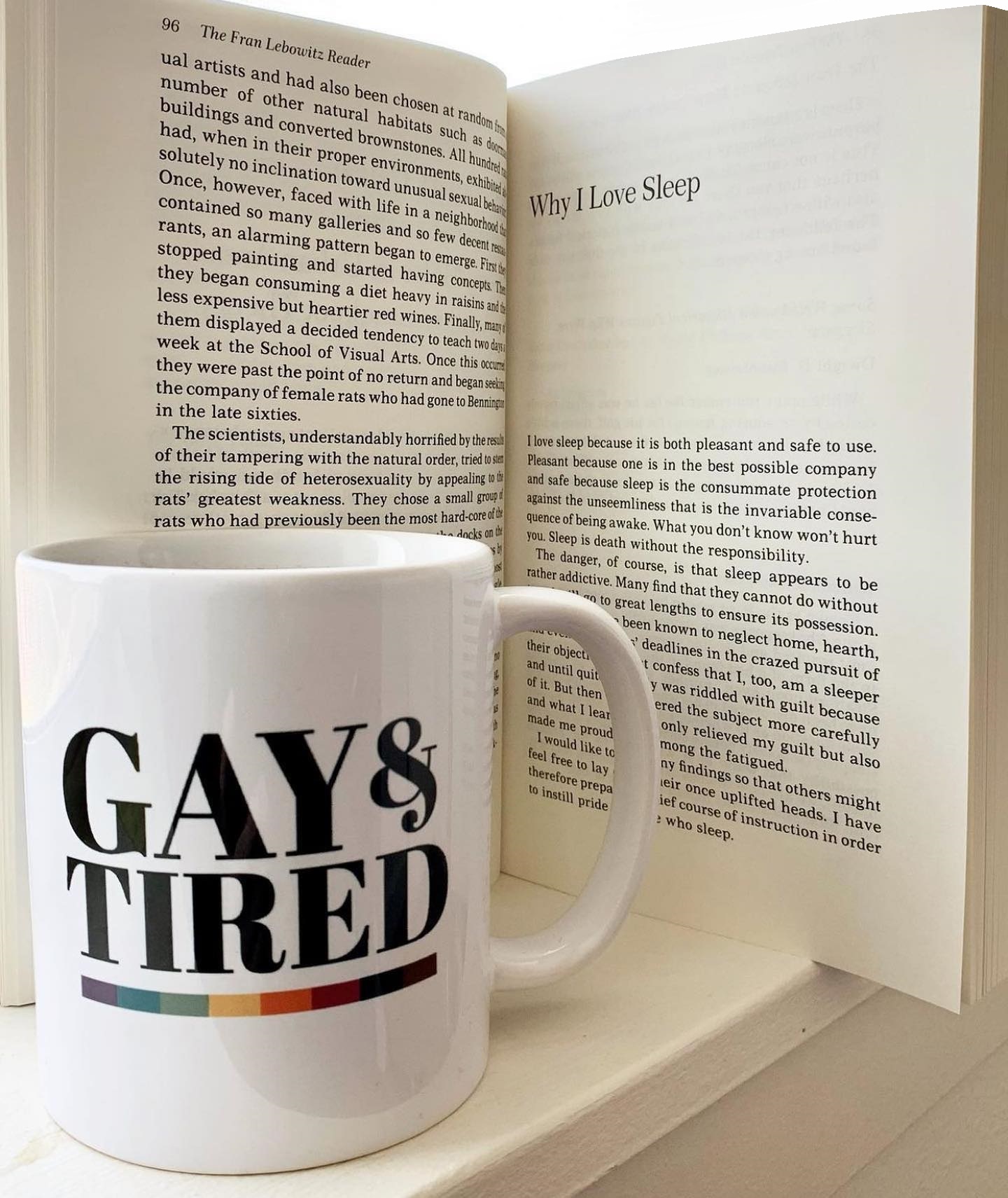
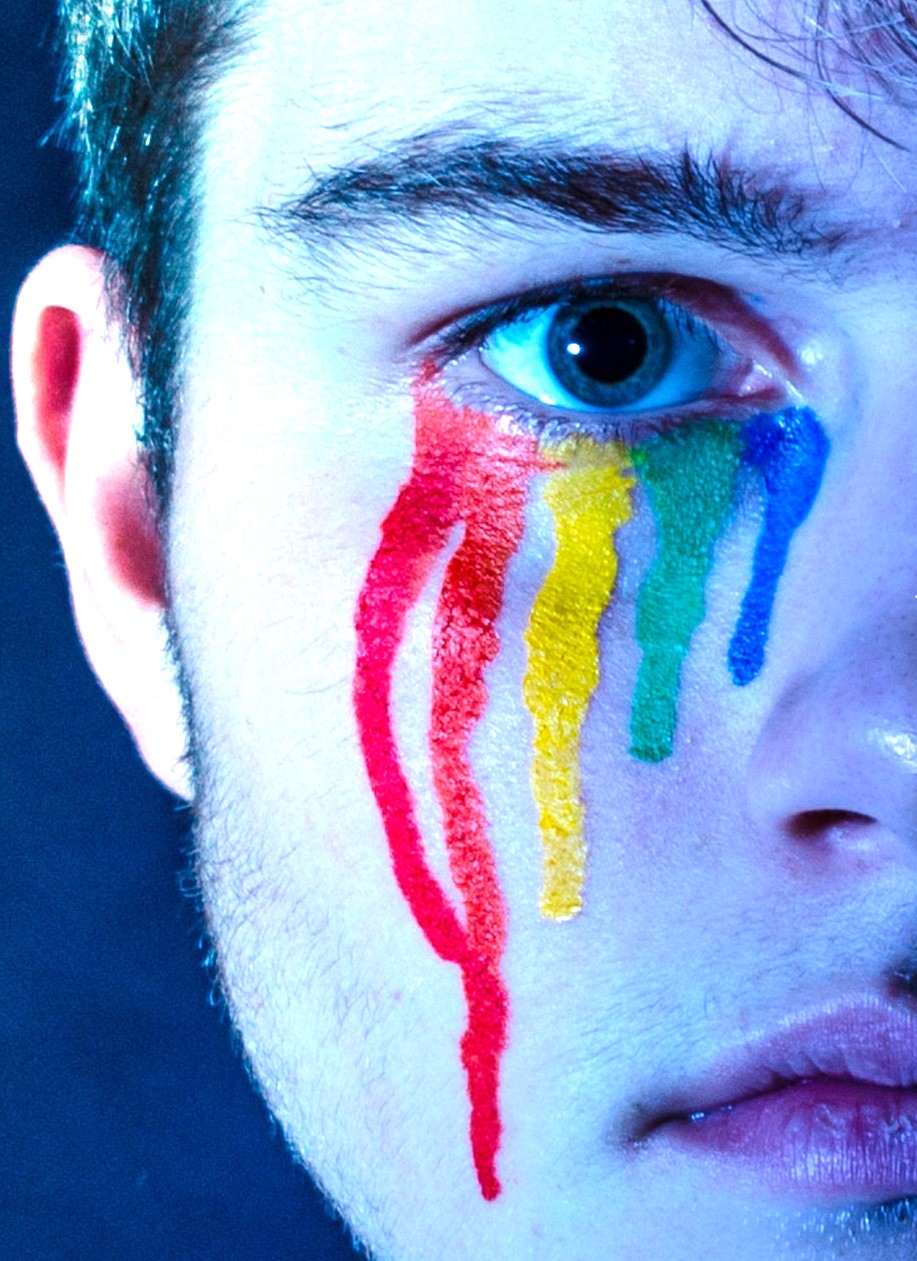
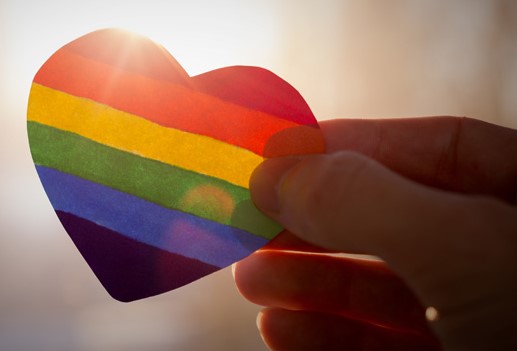
Suicide Hotline 800-273-8255
Depression Hotline 888-640-5174
Self Harm Hotline 877-455-0628
Addiction Hotline 877-226-3111
Eating Disorder Hotline 844-228-2962
National Survey: LGBTQ Youth Mental Health
Healing and Clarity: Mental Health
Queer People: Use Adversity to Overcome Challenges for a
Better Future
In the Voices of People Like Me: LGBTQ Coping During
Trump’s Administration
Election Season Got You Down? This Crisis Line is
Soothing LGBTQ Mental Health
Persad Center: Behavioral Health Agency
Religious Trauma Still Haunts Millions of LGBTQ
Americans
NAMI:
How Mental Health Conditions Affect LGBTQ Community
Anxiety and
Depression Association of America: LGBTQ Community
Christopher Macken: Positivty
ZocDoc: Mental Health in the LGBTQ
Community
“Ask for help. Not because you are weak. But because
you want to remain strong.”
-Les Brown
Members of the LGBTQ community face countless obstacles
everyday. Discrimination. Prejudice. Civil and human
rights issues. Harassment. Rejection. Bakers who refuse
to bake a gay couple’s wedding cake.
As if all that isn’t enough, LGBTQ adults are more than
twice as likely to experience mental health struggles
compared to heterosexual counterparts. LGBTQs are also
at greater risk for suicidal thinking and suicide
attempts. High schoolers who are gay, lesbian, or
bisexual are five times more likely to attempt suicide
compared to straight teens.
Nearly half of transgender adults also have admitted
they’ve contemplated suicide. (In comparison, 4% of the
total US population has pondered ending their lives.)
That kind of oppression can lead a person to binge drink
and experiment with drugs. As a result, LGBTQ persons
enter rehab with more severe substance use problems.
There’s a problem here, most definitely. The LGBTQ
community needs support. It needs representation. It
needs visibility. And it needs to be heard.

Blues and Blahs:
LGBTQ Therapy
Dear Queer: Finding Life Purpose
Healing and Clarity: Mental Health
Christopher Macken: Change in Your Life
Becky Armstrong: Reading an Inspiring
Quote
LezBe Mindful: A Place For Queer Women To Breathe
LGBTQ Youth Lack Kind Communities and Mental Health
Support
30% of LGBTQ Youth Say Their Mental Health Is Poor
Anxiety and
Depression Association of America: LGBTQ Community
Mental Health America: LGBTQ Mental Health Notes
Pride Mind: Do You Have a
Mental Health Issue?
For Backstage magazine, actress Holly Mallett wrote
about the importance of LGBTQ representation in TV,
film, and theater. For the audience member who feels
underrepresented, they feel shamed, invisible, less
than. That same lack of representation at the hands of
writers and producers, it frequently leads to
one-dimensional stereotypes. (Yasss Kween, we’re
fabulous, but not all of us need the platforms and fake
lashes, or the Birkenstocks and Subaru Outback, thank
you very much.)
By offering more characters for the LGBTQ audiences, it
resonates with the young viewer. They feel less alone,
less out of place in the world when they see something
of themselves in the glow of the screen or on stage. And
for the so-called average Joe or Josephine who watches a
storyline that includes multidimensional LGBTQ
characters who aren’t there just for comic relief or to
become a sad, sorry statistic, this humanizes them in
their eyes. It builds a bridge instead of a barrier.
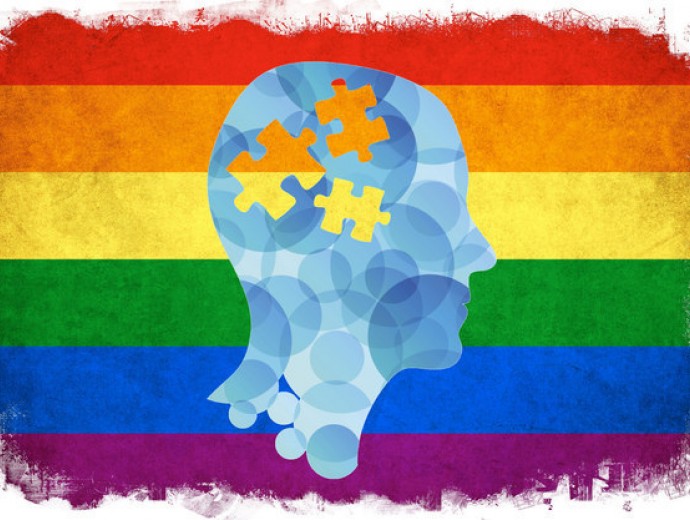
Plus, don’t we want books, movies, TV shows and plays to
at least somewhat mirror the real world? It’s
healthier. It’s happier. It’s important for those who
are out and proud. But it’s even more vital for that
Timothy who knows deep down they’re a Tina. Or that
football player with a really big secret who’s not sure
anyone will understand.
It obviously won’t fix all of society’s woes, but it’s a
good place to start. That’s not an unreasonable ask.
[Source: Heidi Bitsoli, Content Writer, Sunshine
Behavioral Health. Her interests include addiction,
psychology, pop culture, and arguing for the underdog]
Christopher Macken: Change in Your Life
Becky Armstrong: Reading an Inspiring
Quote
2018 Survey: LGBTQ Youth
and Suicide
Family Doctor: LGBTQ Mental Health Issues
Mental Help: Mental Health in the LGBTQ Community
Info: Addiction
and Recovery
Guide: Depression and Anxiety in LGBTQ People
Kelsey Darraugh: Bisexual
Comic Gets Real About Mental Health
ZocDoc: Mental Health in the LGBTQ
Community
Christopher Macken: Imperfection
Info:
Addiction and Recovery
What I Be:
Insecurities and Images
The Holidays and the Epidemic of Loneliness
Carry it Well - Kelly Clarkson
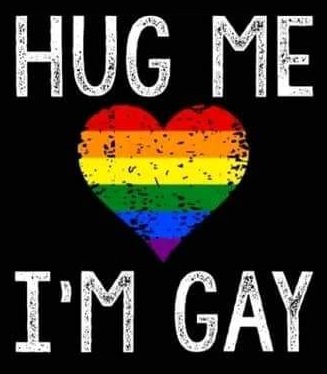
Crisis Resources
Suicide and Crisis Hotline: 988
Trevor Lifeline: 866-488-7386
Trans Lifeline:
877-565-8860
National Suicide Prevention Lifeline: 800-273-8255
LGBTQ Counseling Hotline: 888-843-4564
Suicide Hotline 800-273-8255
Depression Hotline 888-640-5174
Self Harm Hotline 877-455-0628
Addiction Hotline 877-226-3111
Eating Disorder Hotline 844-228-2962
988 Suicide Lifeline
Trevor Project: Get Help
LGBTQ Support
Youth Support
Crisis Text
Line
Support Hotlines
Trans Lifeline
Nurse Blake:
Healing with Humor
How
Nurse Blake Is Healing the Gays, One Punchline at a Time
If you’re gay and have ever had a mental breakdown, a
dramatic retelling of a doctor’s visit, or a toxic
relationship with iced coffee, you are probably already
familiar with Nurse Blake's hilarious bedside manner.
But behind the scrubs, sass, and sold-out comedy tours,
Blake Lynch (known to the world as Nurse Blake) is more
than just a viral video machine. He is what happens when
queer resilience meets a perfectly timed punchline.
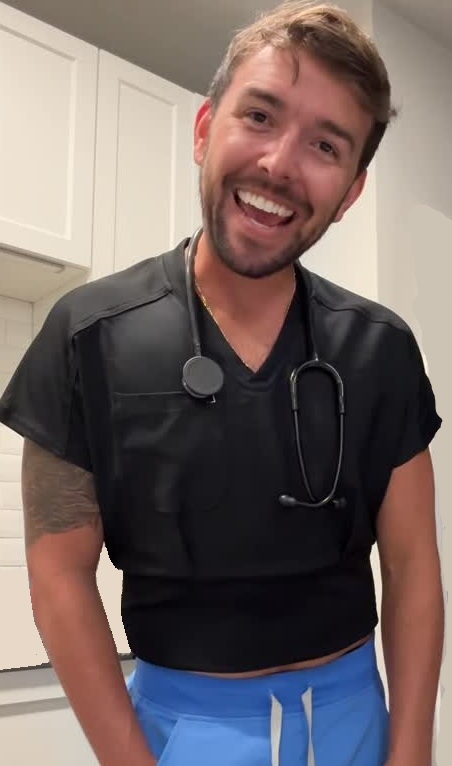
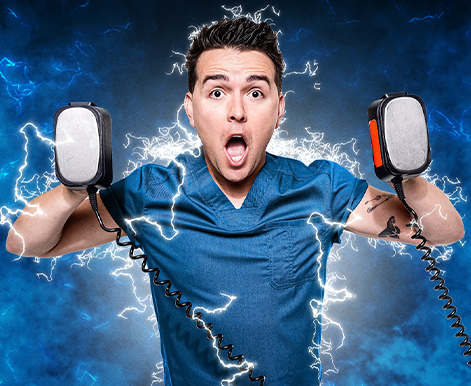
Nurse Blake On Comedy Tour, Viral Fame, LGBTQ Advocacy
Nurse Blake Is Healing the Gays, One Punchline at a Time
Blake isn’t just joking for laughs—he’s joking to live.
After surviving conversion therapy from ages 15 to 18,
he doesn’t hold back when talking about it. “These
programs try to change something that was never broken
to begin with,” he said. That line alone deserves a
standing ovation and possibly a tattoo.
“They tell you you’re sinful, broken, disgusting—until
you start to believe it,” he shared. “It doesn’t make
people straight. It just makes people scared.” If that
doesn’t hit every queer person in the chest like a
freight train of repressed memories, are you even paying
attention?
But Blake’s genius isn’t just in the pain—it’s in the
transformation. He talks openly about having a panic
attack so bad he called 911, only to have the dispatcher
say, “Well, you’re talking… so you can breathe.” His
response? Laughing. And from that moment, a comedy star
was born.
“Humor became a tool—not just to cope, but to survive,”
he said. “I don’t joke because it wasn’t painful. I joke
because it was.” And suddenly, gay TikTok had its
nurse-in-chief.
What makes Blake a queer icon isn’t just that he’s
hilarious—it’s that he’s honest. He doesn’t gloss over
the hard stuff. He’s cut off his parents. He’s still
working through the damage. But he’s found family in the
most unexpected places. “My straight, cisgender little
brother is one of my biggest supporters. And my
grandma—she’s been there for me since day one.” Queer
people everywhere just nodded in unison.

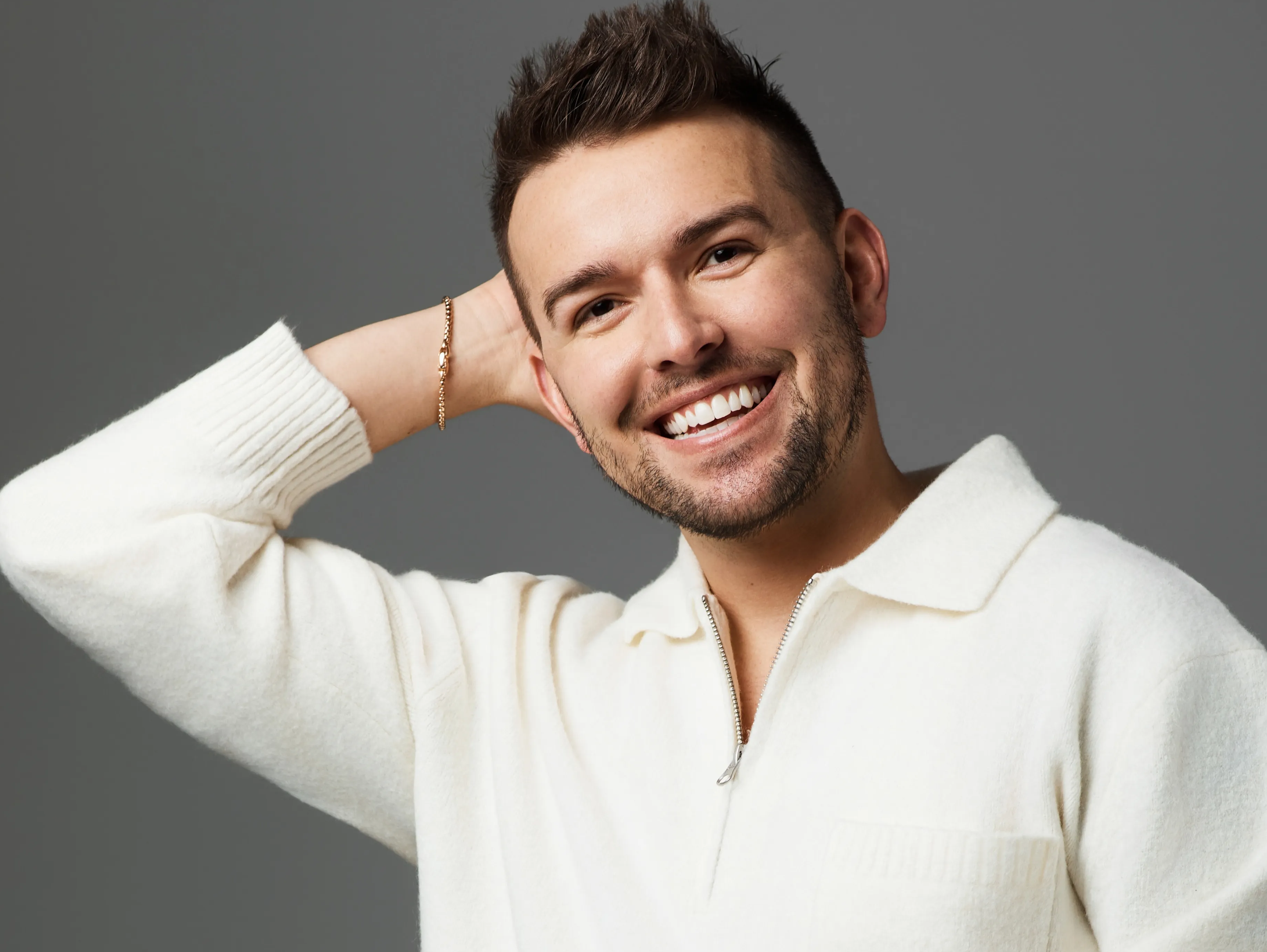
Nurse Blake On Comedy Tour, Viral Fame, LGBTQ Advocacy
Nurse Blake Is Healing the Gays, One Punchline at a Time
To the LGBTQ youth being rejected this Pride season,
Blake offers something powerful: truth. “You are not the
problem. The way someone treats you is a reflection of
them—not your value, not your heart, not your future.”
That? That’s gospel.
And the message he wishes he could give his younger
self? It’s a love letter to every queer kid trying to
shrink themselves just to stay safe. “You’re not too
much. You’re not broken. There’s nothing wrong with
you—and there never was.”
From ER floors to comedy stages, from trauma to triumph,
Nurse Blake is doing more than making us laugh—he’s
reminding us that queer joy is radical, queer healing is
possible, and queer voices are non-negotiable.
So if you’re looking for a reason to laugh, cry, or
scream “YAS” into the void, consider this your
prescription: watch Nurse Blake, take as needed, and
repeat until the world gets better.
[Source: Eugene Sun, Instinct Magazine, August 2025]
National Survey: LGBTQ Youth Mental Health
Queer People: Use Adversity to Overcome Challenges for a
Better Future
In the Voices of People Like Me: LGBTQ Coping During
Trump’s Administration
Persad Center: Behavioral Health Agency
Election Season Got You Down? This Crisis Line is
Soothing LGBTQ Mental Health
Religious Trauma Still Haunts Millions of LGBTQ
Americans
NAMI:
How Mental Health Conditions Affect LGBTQ Community
Anxiety and
Depression Association of America: LGBTQ Community
ZocDoc: Mental Health in the LGBTQ
Community
Christopher Macken: Positivty
Grief and Loss
in the LGBTQ Community
Unique Challenges
Grief among LGBTQ individuals can be compounded by
disenfranchisement, stemming from a lack of societal
recognition and support for their losses due to stigma,
discrimination, and heteronormative biases. This grief
can arise from the loss of a partner or family member,
but also from grieving a lost part of one's former life
after coming out, or from collective trauma like hate
crimes and the AIDS epidemic. Support can be found in
LGBTQ community centers, chosen families, advocacy
groups like PFLAG and Mermaids, and from culturally
competent mental health providers.
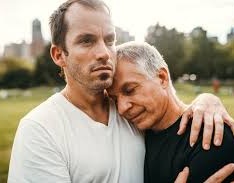
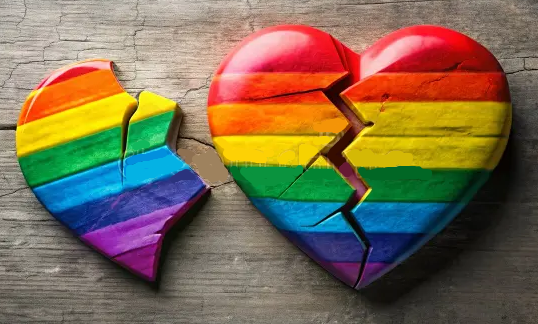
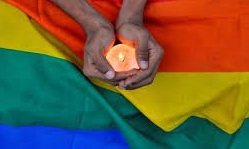
Gay Grief Is Different
Grief, Bereavement, and Chosen Families in the LGBTQ
Community
LGBTQ Experiences of Bereavement and Grief
Honoring Queer Grief
Grief and the LGBTQ Community
Grief: Mental Health Crisis for LGBTQ People
Woman Talks About Her Grief
Disenfranchised Grief - A profound form of grief where
the loss is not acknowledged or supported by society,
leading to isolation and a diminished ability to express
grief openly.
Lack of
Recognition - Losses may be dismissed or invalidated,
such as a non-accepting family excluding a deceased's
partner from funeral arrangements or a non-binary person
being misgendered on a death certificate.
Heteronormative Bias - Healthcare systems, legal
processes, and social interactions may default to
heteronormative assumptions, leaving LGBTQ individuals
without the necessary support or rights.
Chosen
Families - The importance of support from a chosen
family of friends and allies is heightened, especially
when biological family relationships are strained or
unsupportive.
Collective
and Cumulative Grief - Many in the LGBTQ community
experience a shared grief from hate crimes,
discrimination, and events like the AIDS epidemic, which
can trigger existing grief or add to a complex, layered
mourning process.
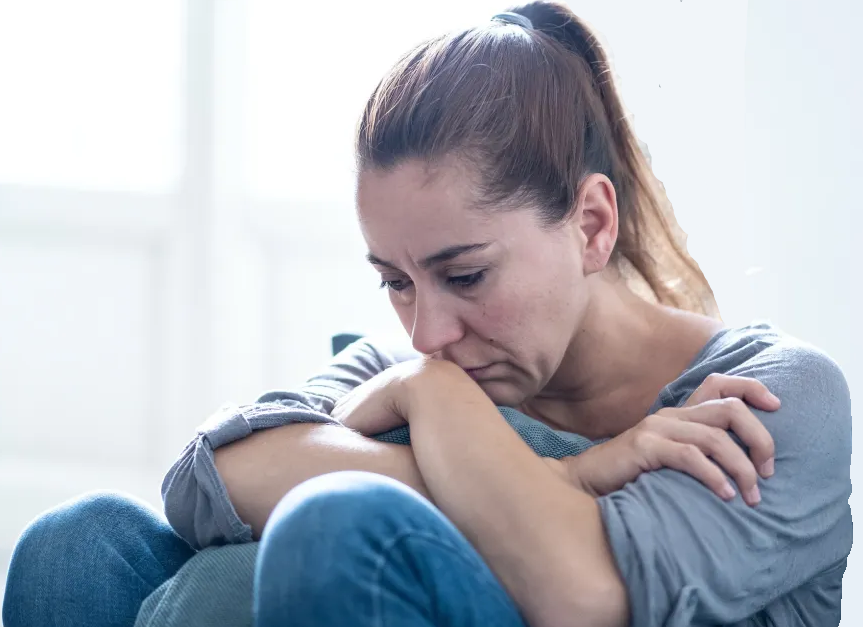
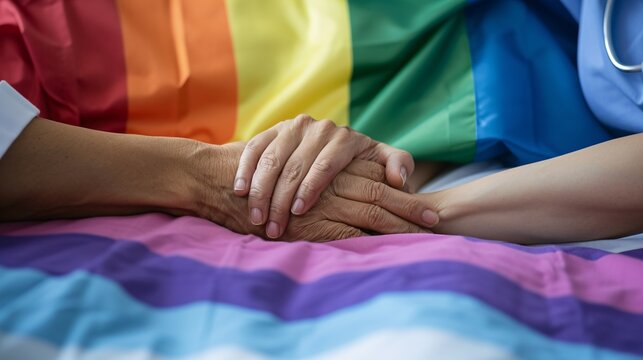
Blues and Blahs:
LGBTQ Therapy
Dear Queer: Finding Life Purpose
Christopher Macken: Change in Your Life
Healing and Clarity: Mental Health
Becky Armstrong: Reading an Inspiring
Quote
LezBe Mindful: A Place For Queer Women To Breathe
LGBTQ Youth Lack Kind Communities and Mental Health
Support
30% of LGBTQ Youth Say Their Mental Health Is Poor
Anxiety and
Depression Association of America: LGBTQ Community
Mental Health America: LGBTQ Mental Health Notes
Pride Mind: Do You Have a
Mental Health Issue?
Sources of Support
LGBTQ Community Centers - Offer both direct support and
information about other services and resources.
PFLAG
(Parents and Friends of Lesbians and Gays) - National
support and advocacy organization that can provide
crucial support and information.
Mermaids - Supports transgender, nonbinary, and
gender-diverse children and young people and their
families.
MindOut - Mental health service run by and for LGBTQ
people.
Culturally
Competent Healthcare Providers - Mental health
professionals trained to understand LGBTQ experiences
and specific grief challenges are essential.
Community
and Allies - Connecting with one's "chosen family" of
friends and straight allies who are allies is critical
for receiving compassionate support.
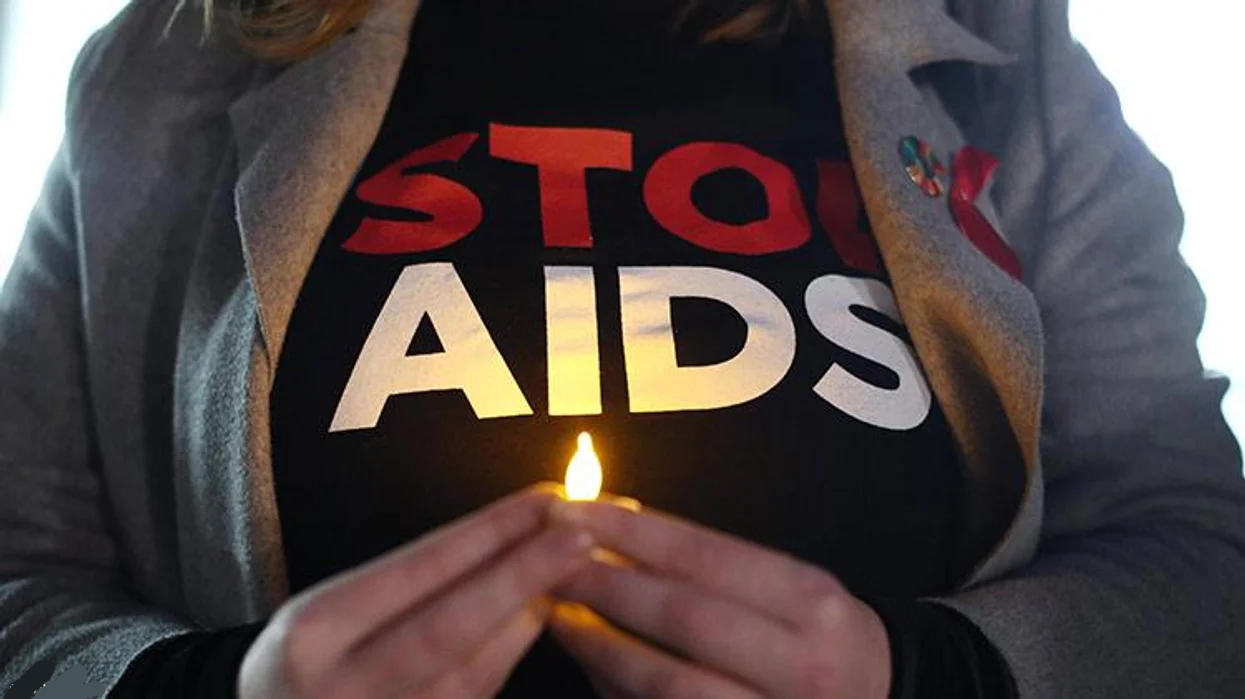
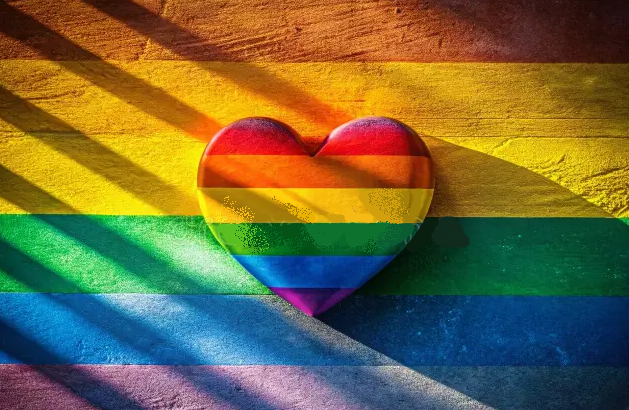
Practicing Self-Care During Grief
Maintain Routines - Try to keep regular sleep and eating
schedules, even when grieving.
Stay Active - Engage in physical activities like walking
to help manage stress.
Use Stress-Reduction Techniques - Practice deep
breathing or other relaxation techniques when feeling
anxious or tense.
Connect with Others - Seek out supportive connections
within your community or with allies to combat
isolation.
Carry it Well - Kelly Clarkson
Religious Trauma Still Haunts Millions of LGBTQ
Americans
War on LGBTQ People in America: Download Full Report
Holding Hands Makes LGBTQ People Feel Happy, Accepted
and Visible
LGBTQ Youth are Less Likely to Feel Depressed with
Parental Support, Study Says
30% of LGBTQ Youth Say Their Mental Health Is Poor
Mental Help: Mental Health in the LGBTQ Community
Queer Youth Mental Health: Biomedical Model Reduces
Stigma but Obscures Impact of Cisheterosexism
APA: Psychologist Guidelines for Working With LGBTQ
Clients
Jamie Feldman Video: Health Promotion Strategies for
LGBTQ People
What is Internalized Queerphobia and What Can We Do
About it?
The Queer Agenda: Essays
by Shohreh Davoodi
Info:
Body Shaming and Fatphobia
Blues and Blahs:
LGBTQ Therapy
LezBe
Mindful: A Place For Queer Women To Breathe
Our
motto is: we eat together, cook together and grow
together
In Norfolk, England, one psychic wants to give Queer
women the ultimate gift: rest. 38-year-old Kalie Jade is
a meditation teacher, sound therapist, reiki master,
psychic medium, and breathwork facilitator. For the past
five years, she has been organizing wellness retreats
for Lesbian, Bisexual, Transgender, and Queer women and
Non-Binary people in the UK and Spain, under the name
‘LezBe Mindful’.
In August 2025, she will once again be inviting guests
to a glamping field in Norfolk for a weekend of guided
meditation, wild swimming, sound baths and even
bushcraft. The centerpiece of the site is a large
private lake for paddle boarding and kayaking, before
guests retreat to a hot tub and outdoor spa. In the
evening, the women of LezBe Mindful gather around the
campfire and play games. And the whole event is alcohol
free, “to enhance pure connections.”
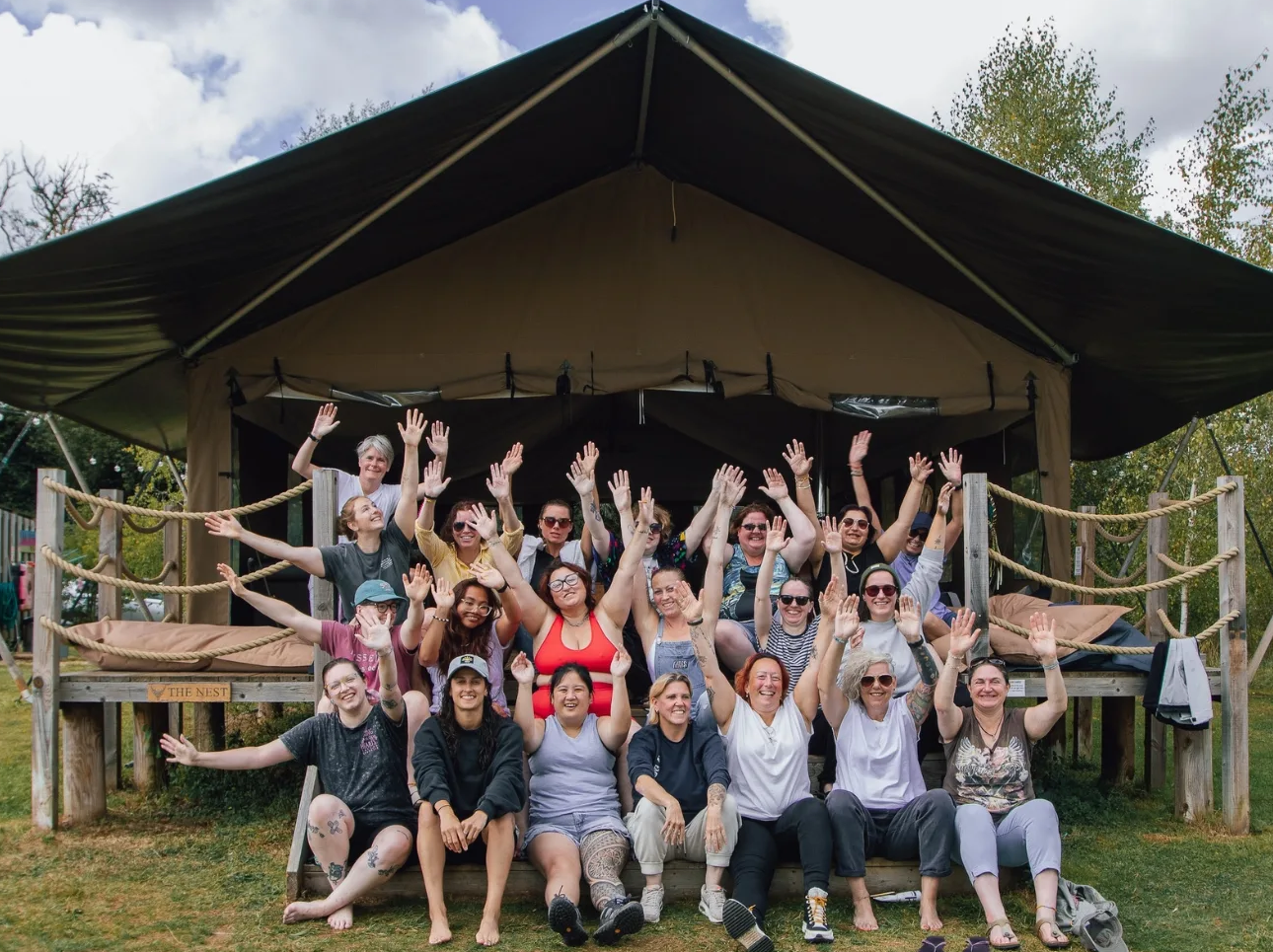
Blues and Blahs:
LGBTQ Therapy
Dear Queer: Finding Life Purpose
Becky Armstrong: Reading an Inspiring
Quote
Christopher Macken: Imperfection
LezBe Mindful: A Place For Queer Women To Breathe
LGBTQ Youth Lack Kind Communities and Mental Health
Support
30% of LGBTQ Youth Say Their Mental Health Is Poor
Anxiety and
Depression Association of America: LGBTQ Community
Mental Health America: LGBTQ Mental Health Notes
Pride Mind: Do You Have a
Mental Health Issue?
“The UK event is very much centered around nature, so
everyone gets to immerse themselves in nature, and the
focus is really about connecting to yourself and your
community,” Kalie says. “Our motto is: we eat together,
cook together and grow together.”
At the Spanish retreat, which takes place in Malaga,
Kalie leans more into a festival atmosphere – and guests
are permitted to drink alcohol. Evening entertainment
leads to early hours dancing at the eco-lodge, but
guests still have morning workshops. “Pussy poetry” is
this year’s new activity, exclusive to the Spanish
retreat. “They’re both just places where you can just be
yourself, and everyone is just so accepting and
welcoming,” says Kalie.
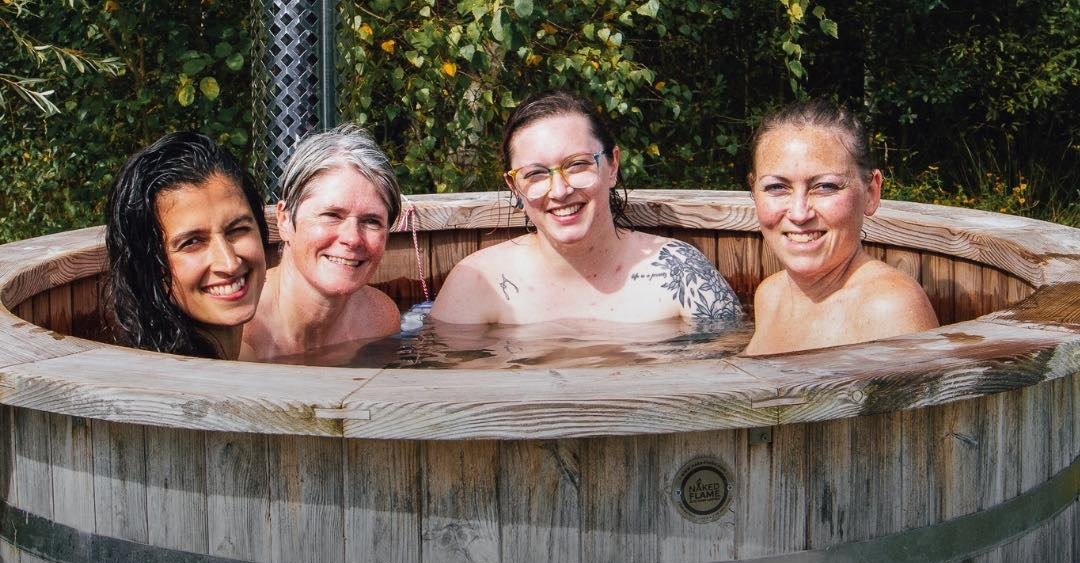
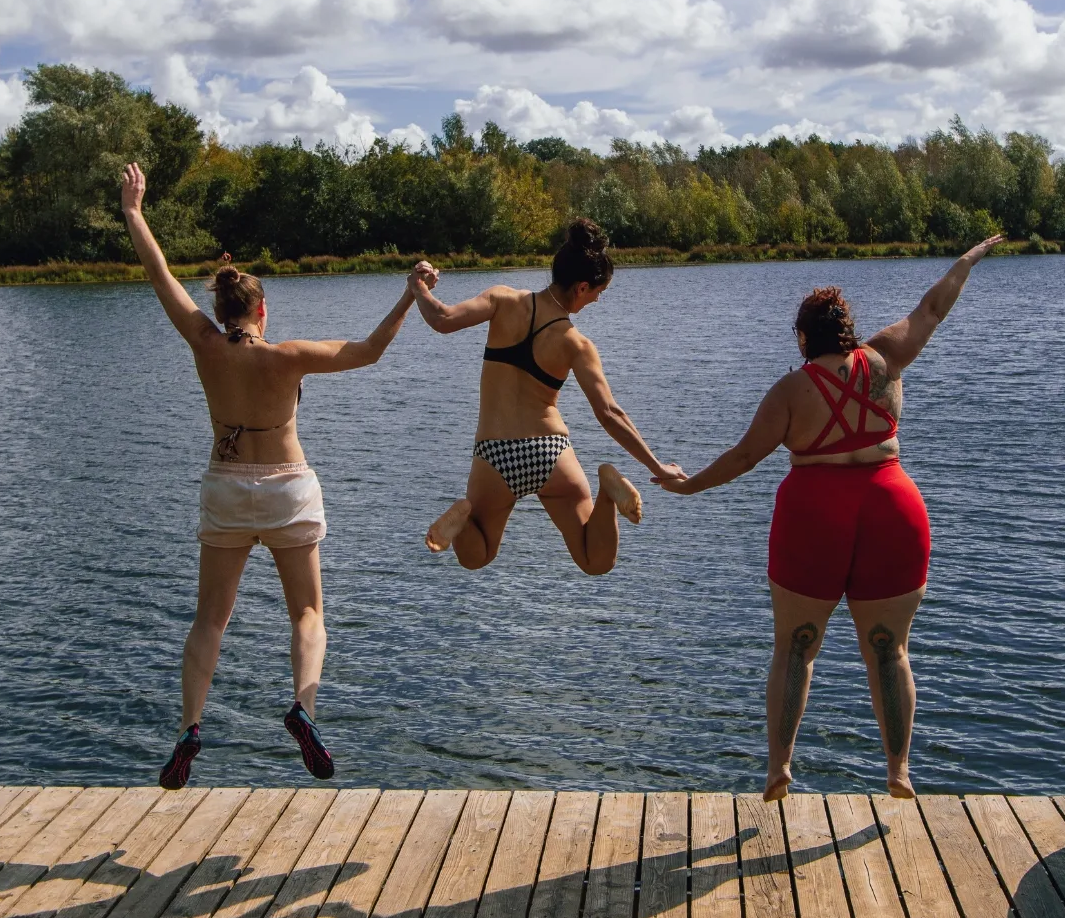
Last year, a US national report revealed a shocking
truth about the mental health of LGBTQ women. In a
survey of 5,000, 22 percent had attempted suicide, and
66 percent had sought treatment for trauma. The findings
were clear – Queer women face unique and substantial
challenges to their wellbeing, whether through
discrimination, lack of representation, sexual violence,
or poor access to healthcare. While Kalie’s retreat
isn’t advertised as an alternative to medical
psychotherapy, it does give its attendees a place to
escape the stress of daily life, connect, and breathe
deeply.
“It’s definitely a space for people to come and heal,”
says Kalie. “That was part of my vision, because in
life, we’re all going through so many difficulties. I’ve
also described the event as a place to heal from a
relationship, close the chapter, process grief, make
friends. Whatever is going on in your life, if you’re
feeling isolated, it’s a space for everything, for you
to grow and flow.”
[Source: Helen Meriel Thomas, Gay Star News, UK, August
2025]
National Survey: LGBTQ Youth Mental Health
Healing and Clarity: Mental Health
Queer People: Use Adversity to Overcome Challenges for a
Better Future
In the Voices of People Like Me: LGBTQ Coping During
Trump’s Administration
Persad Center: Behavioral Health Agency
Christopher Macken: Positivty
Election Season Got You Down? This Crisis Line is
Soothing LGBTQ Mental Health
Religious Trauma Still Haunts Millions of LGBTQ
Americans
NAMI:
How Mental Health Conditions Affect LGBTQ Community
Anxiety and
Depression Association of America: LGBTQ Community
ZocDoc: Mental Health in the LGBTQ
Community
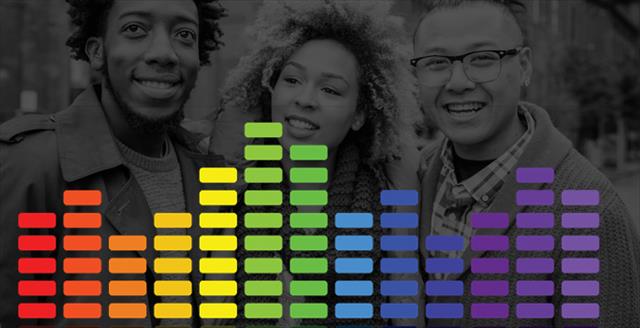
Intolerance Weighs Heavily on
the Mental Health of the LGBTQ Community
Feeling like your rights are constantly in limbo can
take an emotional toll, but there are steps you can take
to decrease your stress and find support
“I am a homosexual. I am a psychiatrist.”
When these words were uttered in 1972 at the annual
meeting of the American Psychiatric Association (APA) in
Dallas, the medical group still considered homosexuality
to be a mental illness. The man who stood up and made
this proclamation did so wearing a Richard Nixon mask
and oversized suit to protect his identity — that’s how
dangerous the admission felt.
The short but shocking speech, given by Dr. John Fryer,
then known only as Dr. H. Anonymous, helped galvanize
support within the APA to declassify homosexuality as an
illness.
Gay people finally got their “instant cure,” as one
headline described it, in December 1973, when the APA
voted to remove homosexuality from its Diagnostic and
Statistical Manual of Mental Disorders. Freed from the
mantle of being considered mentally ill, LGBTQ people
over the ensuing decades would gain the ability to
qualify for government security clearance, serve openly
in the military, and marry their partners, among other
key rights.
“Psychiatry helped take away the ability of other
organizations (military, churches, boards of
education)to discriminate against gay people by claiming
they have a medical disorder,” says Jack Drescher, MD, a
clinical professor of psychiatry at Columbia
University’s Vagelos College of Physicians and Surgeons
in New York City and the author of Psychoanalytic
Therapy and the Gay Man. “They removed the medical and
psychiatric rationalizations for discrimination.”
Carry it Well - Kelly Clarkson
Religious Trauma Still Haunts Millions of LGBTQ
Americans
War on LGBTQ People in America: Download Full Report
Holding Hands Makes LGBTQ People Feel Happy, Accepted
and Visible
LGBTQ Youth are Less Likely to Feel Depressed with
Parental Support, Study Says
30% of LGBTQ Youth Say Their Mental Health Is Poor
Mental Help: Mental Health in the LGBTQ Community
Queer Youth Mental Health: Biomedical Model Reduces
Stigma but Obscures Impact of Cisheterosexism
APA: Psychologist Guidelines for Working With LGBTQ
Clients
Jamie Feldman Video: Health Promotion Strategies for
LGBTQ People
What is Internalized Queerphobia and What Can We Do
About it?
The Queer Agenda: Essays
by Shohreh Davoodi
Info:
Body Shaming and Fatphobia
Blues and Blahs:
LGBTQ Therapy
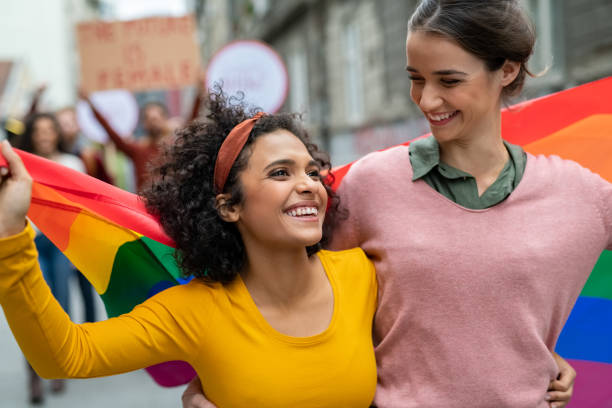
New Challenges for LGBTQ People
Despite
these hard-won victories, the LGBTQ community today
faces potential new challenges to maintaining their
rights, with the overturning of Roe v. Wade (its
now-shaky privacy protections later secured other major
LGBTQ rights) alongside a rising tide of
anti-transgender legislation.
This climate of uncertainty, amid an increase in bias
crimes and an uneven patchwork of LGBTQ protections
across the country, is impacting the community’s mental
health, particularly among teenagers and young adults.
Studies have shown that if there’s something going on in
wider culture that’s discriminatory or demeaning for
LGBTQ people, it can have an effect on the mental health
of LGBTQ people, Dr. Drescher says.
Two in three LGBTQ youth (and 85 percent of transgender
and nonbinary youth) cited debates over anti-transgender
legislation as having a negative impact on their mental
health, according to a poll by Morning Consult for The
Trevor Project, a suicide prevention organization for
LGBTQ youth.
The pandemic has accentuated preexisting mental health
challenges for LGBTQ adults and youth alike, according
to Sean Cahill, PhD, the director of health policy
research for Fenway Health in Boston, which seeks to
optimize health and well-being for sexual and gender
minorities and those affected by HIV. “There’s a mental
health crisis affecting youth in America,” Dr. Cahill
says, adding that it is disproportionately affecting
LGBTQ youth. “Things that were problematic before the
pandemic have gotten worse during the pandemic.”
A recent survey of LGBTQ college students found that
nearly half were either not out to their families or not
accepted by them. As colleges shut down during the
pandemic and students had to return home, 6 in 10
experienced anxiety and depression as a result.
Huff Post: LGBTQ Wellness
Christopher Macken: Change in Your Life
Becky Armstrong: Reading an Inspiring
Quote
Election Season Got You Down? This Crisis Line is
Soothing LGBTQ Mental Health
Gender-Affirming Care Access Improves
Mental Health
80% of LGBTQ People Feel Less Safe Due to
Gender-Affirming Care Bans
Pride Counseling
Beacon of Hope Counseling Services (Mesa, Arizona)
30% of LGBTQ Youth Say Their Mental Health Is Poor
If Your Sexual Orientation is Accepted by Society You
Will be Happier
What’s Good About Being Gay?:
Perspectives From Youth
How to Find an LGBTQ Friendly Therapist
Pride Mind: Do You Have a
Mental Health Issue?
The Holidays and the Epidemic of Loneliness
Internalized Homophobia: What is it? And
How Do You Overcome it?
NAMI:
How Mental Health Conditions Affect LGBTQ Community
Jennifer Potter Video: Health Promotion Strategies for
LGBTQ People
Mental
Health Challenges for LGBTQ Youth
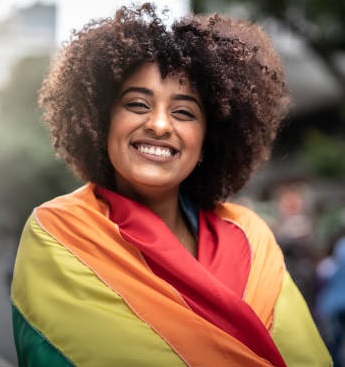

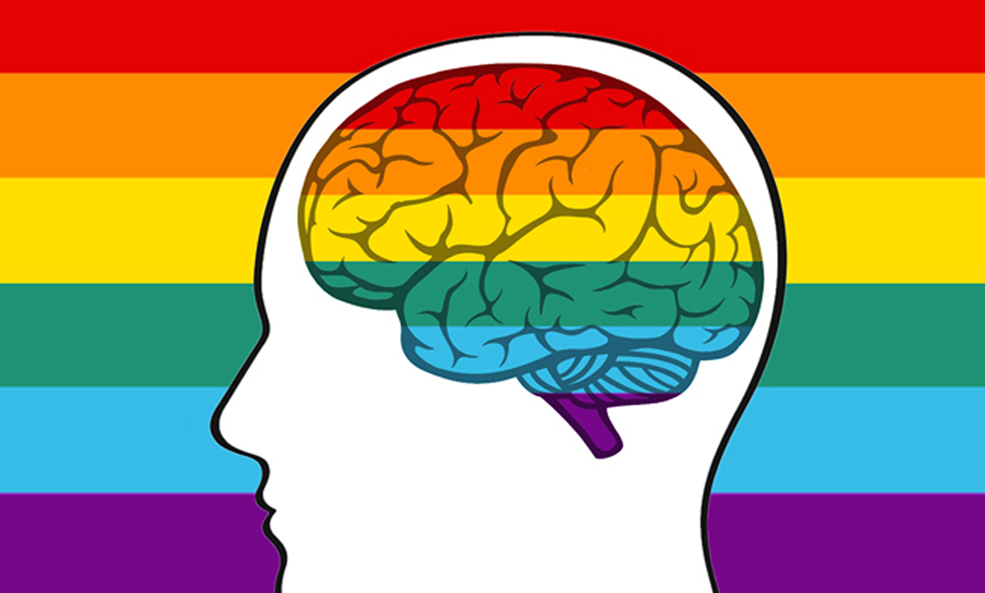
External Stresses Cause Higher Rates of Mental
Illness for LGBTQ Youth
The
specific mental health risks for LGBTQ youth are driven
mostly by external forces, according to Jonah DeChants,
PhD, a research scientist for The Trevor Project. LGBTQ
youth must deal with issues around coming out, bullying,
and discrimination based on their sexual orientation or
gender identity, while their straight peers do not.
LGBTQ youth “are not inherently prone to mental health
challenges and suicide risk because of their sexual
orientation or gender identity,” Dr. DeChants says.
“Rather, they are often placed at higher risk because of
how they are mistreated and stigmatized in society.”
Ayiti-Carmel Maharaj-Best, MD, an assistant professor of
family medicine and community health at the University
of Pennsylvania’s Perelman School of Medicine and a
clinician in Penn Medicine’s LGBTQ Health Program in
Philadelphia, says that many of her patients are
recovering from a “lifetime of trauma. Some have high
rates of depression, anxiety, and PTSD.”
National Survey: LGBTQ Youth Mental Health
Queer People: Use Adversity to Overcome Challenges for a
Better Future
In the Voices of People Like Me: LGBTQ Coping During
Trump’s Administration
Report: Queer Youth Still
Attempting Suicide at High Rate
Religious Trauma Still Haunts Millions of LGBTQ
Americans
Christopher Macken: Imperfection
Laverne Cox: Trans People Are Exhausted by Anti-Trans
Legislation
The Holidays and the Epidemic of Loneliness
Blues and Blahs:
LGBTQ Therapy
Persad Center: Behavioral Health Agency
Christopher Macken: Positivty
Queer Youth Negatively Affected by Anti-LGBTQ Laws and
Debates
ZocDoc: Mental Health in the LGBTQ
Community
With Over 100 Anti-LGBTQ Bills Before
State Legislatures, Activists Say They're Fired Up
LGBTQ Life Center
Why is Depression More Prevalent in the LGBTQ Community?
Info:
Body Shaming and Fatphobia
What Doesn't Kill You Makes You Stronger
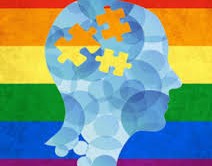
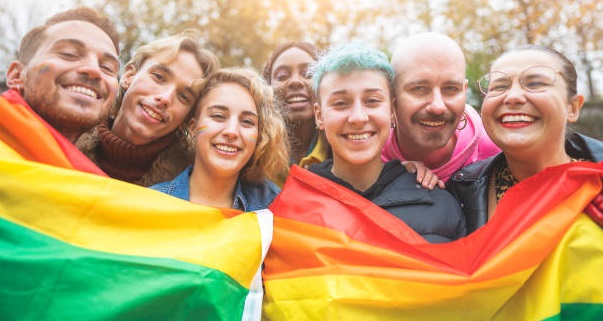
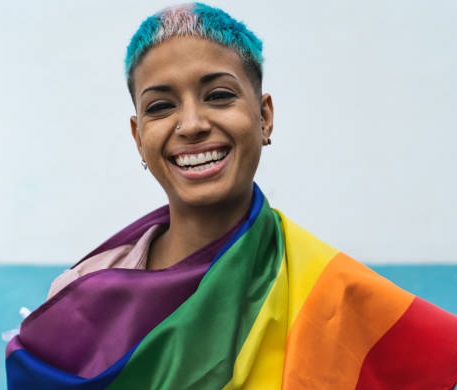
Anti-LGBTQ Activism Takes a Toll
Dr.
Maharaj-Best’s transgender patients struggle with not
only gender dysphoria (the experience of living in a
body that doesn’t feel like it’s your own and doesn’t
match your identity) but also personal safety issues,
given the high rates of violence against trans people.
This reality is challenging enough, given a general lack
of anti-discrimination protections, but a spate of
anti-transgender legislation around the country has made
it worse.
“I have heard patients talk about the weight of the
burdens that it adds to them, just for being who they
are, and people feel like they shouldn’t even exist,”
Maharaj-Best says. “I think that can have a really toxic
effect over a lifetime, and the chronic stress really
takes a toll on people.”
Experiences of discrimination and victimization can
exacerbate anxiety, depression, and suicidal thoughts,
among other negative mental health outcomes. The Trevor
Project’s 2022 National Survey on LGBTQ Youth Mental
Health found that 45 percent of LGBTQ youth seriously
considered attempting suicide in the past 12 months,
including more than half of transgender and nonbinary
youth.
For LGBTQ youth who were physically threatened or
harmed, experienced discrimination, or had to undergo
conversion therapy, the rate of attempted suicide was
twice as high, compared with those who didn’t suffer
from anti-LGBTQ victimization, according to The Trevor
Project.
LGBTQ Teens Often Struggle to Find Mental Health Care
2023 National Survey on Mental Health of LGBTQ Young
People
How to Find an LGBTQ Friendly Therapist
Healing and Clarity: Mental Health
Addressing the Mental Health of LGBTQ Students
Queer Youth Mental Health: Biomedical Model Reduces
Stigma but Obscures Impact of Cisheterosexism
Why I Needed to See a Queer Therapist (And How You Can
Find One Too)
Good Therapy for LGBTQ Persons
Family Doctor: LGBTQ Mental Health Issues
BBC Video: LGBTQ People and Mental Health Problems
Info: Body
Shaming and Fatphobia
Talk Space: On-Line LGBTQ Therapy
ZocDoc: Mental Health in
the LGBTQ Community
What is Internalized Queerphobia and
What Can We Do About it?
30% of LGBTQ Youth Say Their Mental
Health Is Poor
Unique Strengths of LGBTQ Community
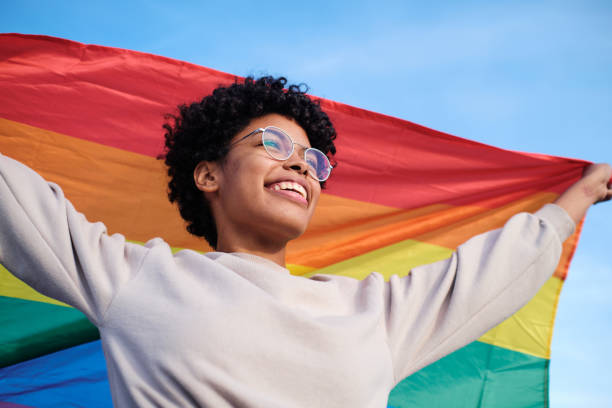 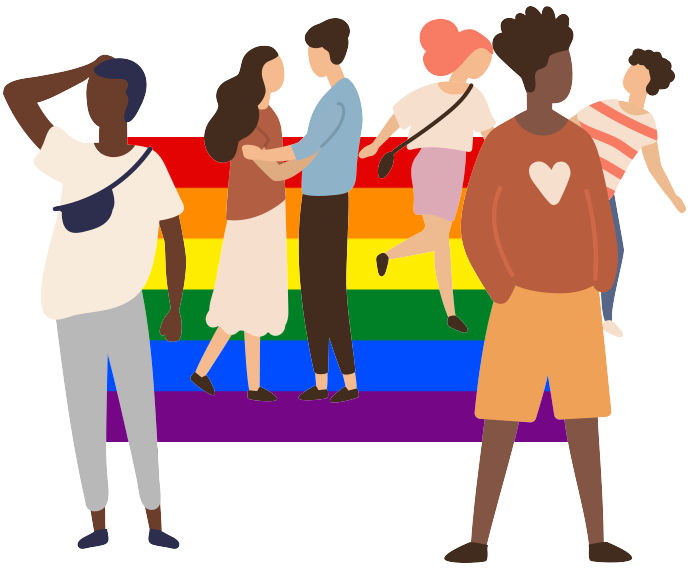 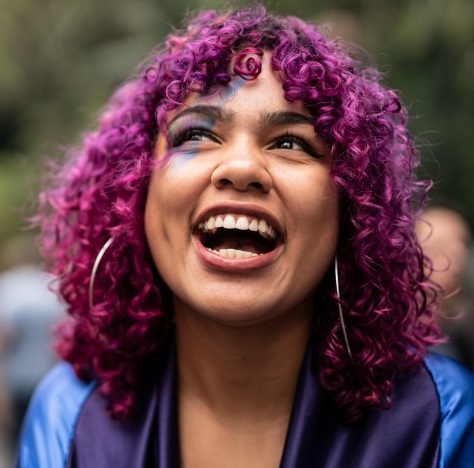
Positive Experiences, Positive Outcomes
At the
same time, the risk of youth attempting suicide can be
cut by over 40 percent just by having parents and
caregivers treat their LGBTQ identity with respect,
according to new data from The Trevor Project.
“When parents are able to provide an environment where
kids growing up believe in themselves and feel loved and
accepted for who they are, that is incredibly protective
over the course of a lifetime, compared to kids who
don’t have that,” Maharaj-Best says.
For trans people in particular, problems with anxiety,
body image, and even substance abuse can improve when
they feel supported and have access to appropriate
medical care. “It doesn’t erase a lifetime of trauma,
but the difference is pretty remarkable at times,”
Maharaj-Best says.
“It’s also important to remind everyone else what we can
do to make it better,” Maharaj-Best adds. “If we could
be kind to people and allow people to live freely as
they are and accept them for who they are without
judgment, we could save ourselves so much of this
trouble.”
Despite their many challenges, most LGBTQ young people
manage to rise above their circumstances.
“Most young people in the LGBTQ community don’t
experience high rates of mental health and substance
abuse,” Cahill says. “They do well in school and succeed
in their lives. We want to reduce disparities in how
they are treated and support people experiencing these
challenges but also understand that people have inner
strengths and agency and despite those challenges, still
do great things.”
Suicide Hotline 800-273-8255
Depression Hotline 888-640-5174
Self Harm Hotline 877-455-0628
Addiction Hotline 877-226-3111
Eating Disorder Hotline 844-228-2962
Trevor Project: Crisis Support
Trevor Project: Information and Resources
Blues and Blahs:
LGBTQ Therapy
Christopher Macken: Change in Your Life
Election Season Got You Down? This Crisis Line is
Soothing LGBTQ Mental Health
Holding Hands Makes LGBTQ People Feel Happy, Accepted
and Visible
Research: Unique Stressors for Gay Men
The Queer Agenda: Essays
by Shohreh Davoodi
Healthline: Finding an LGBTQ Affirming
Therapist
Info: Healthcare
Out Actor Jonathan Bennett: LGBTQ
Mental Health Challenges
Mental Health Tips for LGBTQ People Under Lockdown
Coping Tips for Coronavirus Fears and Anxiety
Here's How You
Can Support the LGBTQ Community
Gender-Affirming Care Access Improves
Mental Health
Mental Health Support Hotlines
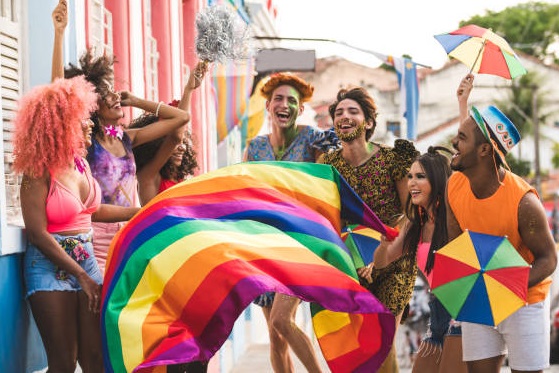

Coping Tips
Here are
some tips and strategies for LGBTQ people who have
anxiety, depression, or other issues relating to their
sexual orientation or gender identity.
Find your community. Whether with family or friends, in
person or online, finding your place in the world is key
for LGBTQ+ people to cope with anxiety and stress.
Seek out supportive learning environments. So-called
“safe” schools that have inclusive curriculum and
gay-straight or gender-sexuality alliances help make
LGBTQ youth feel safer and less likely to experience
victimization.
Look for supportive medical care. Find a trusted primary
care provider who can connect you with the resources you
need and respect your identity.
Ask for help when you need it. Look for support groups,
either online or in person, or consider talk therapy to
unlearn negative feelings you’ve absorbed consciously or
unconsciously. The Trevor Project offers trained crisis
counselors 24 hours a day, seven days a week, and its
Resource Center features a range of educational
materials and mental health resources.
Unplug from the news. If you find that the headlines are
increasing your levels of stress and anxiety, take a
break.
[Source: By Robert DiGiacomo, Medically Reviewed by Adam
Lake MD, July 2022]
Prejudice, Social Stress, and Mental Health in Lesbian,
Gay, and Bisexual Populations
Mental Health Needs Among LGBTQ College
Students During COVID-19 Pandemic
Ways to Support the Mental Health of Your LGBTQ Loved
Ones
Mental Health Resources for LGBTQ Folks, Disabled
People, POC, and More
Physical and Emotional Health Concerns of LGBTQ Students
Mental Health in the LGBTQ Community
Mental Health Resources for LGBTQ Teens
2022 National Survey on LGBTQ Youth Mental Health
Intolerance Weighs Heavily on Mental Health of LGBTQ
Community
Survey: Almost Half of LGBTQ Youths Seriously Considered
Suicide in Past Year, survey
Mental Health Needs Among LGBTQ College
Students During COVID-19 Pandemic
Becky Armstrong: Reading an Inspiring
Quote
BBC Video: LGBTQ People and Mental Health Problems
Beacon of Hope Counseling Services (Mesa, Arizona)
Centre for Gay Counseling
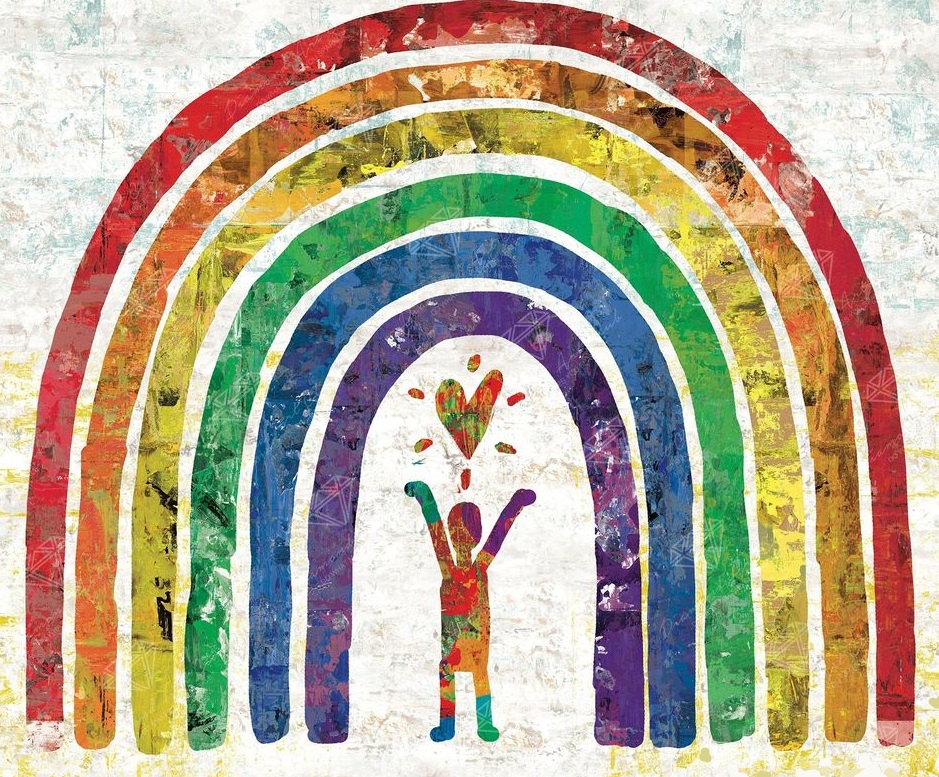
National Survey: LGBTQ Youth Mental Health
Queer People: Use Adversity to Overcome Challenges for a
Better Future
In the Voices of People Like Me: LGBTQ Coping During
Trump’s Administration
Religious Trauma Still Haunts Millions of LGBTQ
Americans
Counseling Today: Promoting LGBTQ Wellness
High Rates
of Depression Among Rural LGBTQ
Population
Christopher Macken: Imperfection
Scientific Report: Gay Couples are Less
Stressful
Richard Friedman:
Groundbreaking Psychoanalytic
Perspective of Homosexuality
Foundation for Better
Understanding: The Health of LGBTQ
People
Gay Man and His Psychologist
Internalized Homophobia: What is it? And
How Do You Overcome it?
Physical and Emotional Health Concerns of LGBTQ Students
Survey: Almost Half of LGBTQ Youths Seriously Considered
Suicide in Past Year, survey
LGBTQ Wellness:
Take Care of Yourself
Embrace
Your Authentic Self: Celebrate your unique identity and
embrace every aspect of who you are. Remember, your
authenticity is your superpower!
Seek Out Supportive Communities: Surround yourself with
loving, understanding, and inclusive people who uplift
and validate your experiences. Building a strong support
system is essential.
Connect with LGBTQ Organizations: Engage with local
LGBTQ organizations that provide resources, events, and
advocacy. These communities can offer a safe space to
connect with like-minded individuals.
Find a Queer-Affirming Therapist: Working with a
therapist who understands the unique challenges faced by
the LGBTQ community can be incredibly transformative.
Seek out professionals who are knowledgeable and
affirming.
Prioritize Self-Care: Make self-care a non-negotiable
part of your routine. Engage in activities that nourish
your mind, body, and spirit, such as practicing
mindfulness, exercising, or indulging in a hobby you
love.
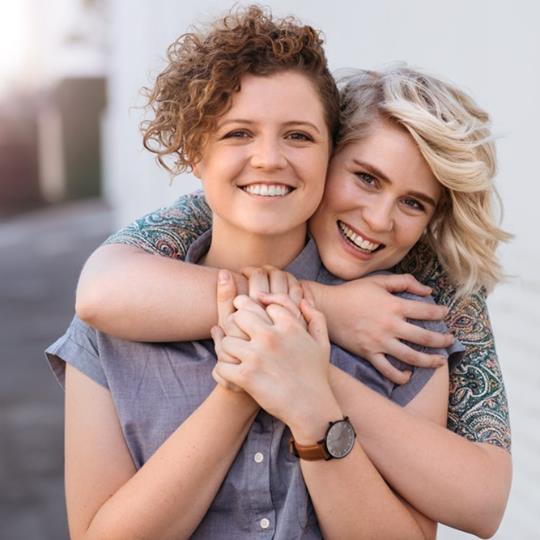
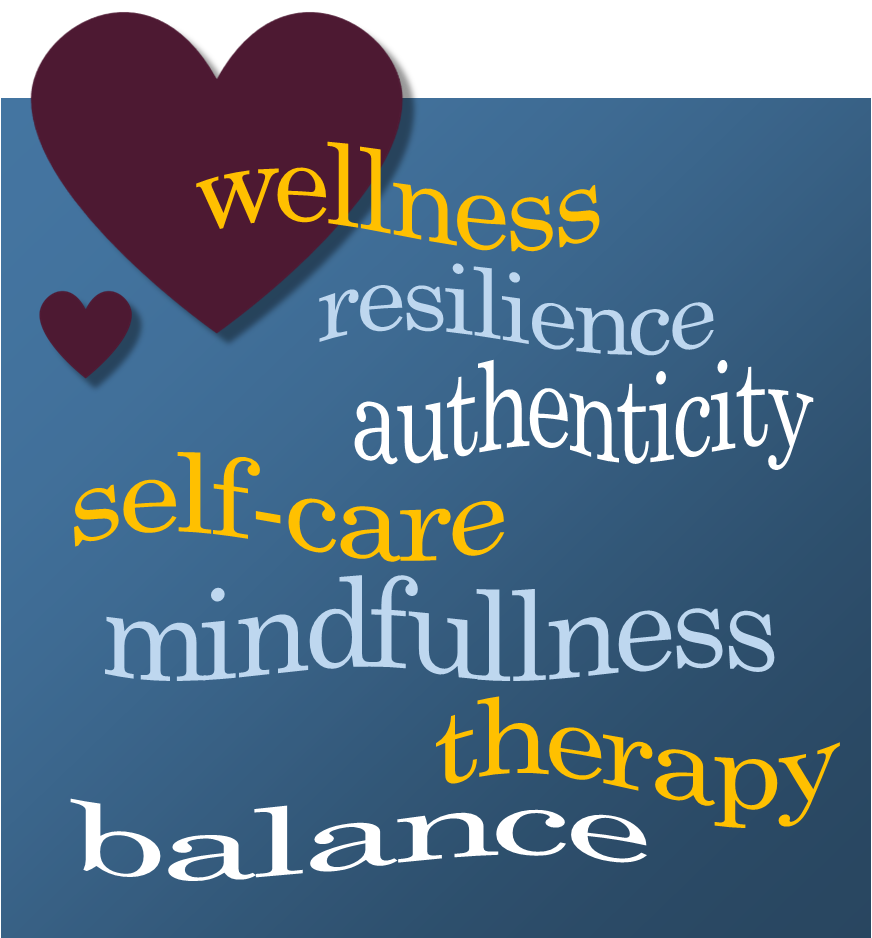
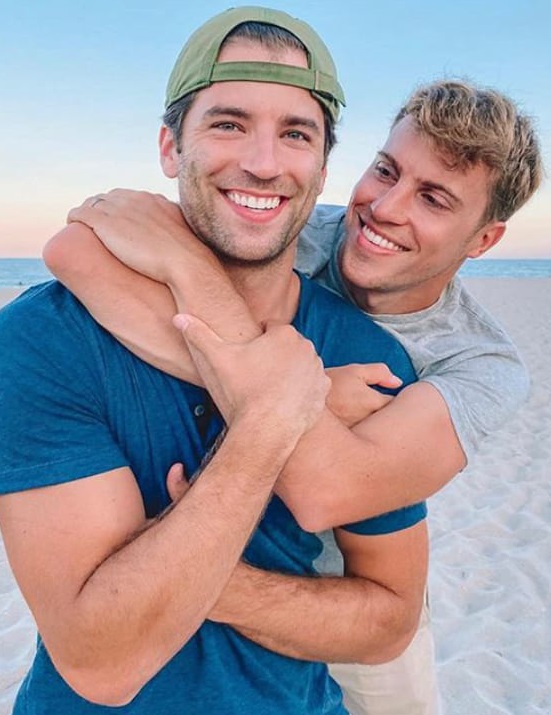
Under Fire: War on LGBTQ People in
America
Queer Youth Negatively Affected by
Anti-LGBTQ Laws and Debates
LGBTQ Youth are Less Likely to Feel Depressed with
Parental
Report: Queer Youth Still
Attempting Suicide at High Rate
Why I Needed to See a Queer Therapist (How to Can Find
One)
On the Job: LGBTQ People and Mental Health Issues
Christopher Macken: Positivty
Carry it Well - Kelly Clarkson
Educate Yourself: Stay informed about LGBTQ history,
current events, and mental health issues specific to our
community. Knowledge is power, and understanding the
broader context can empower you to advocate for change.
Challenge Internalized Stigma: Society’s prejudices can
seep into our subconscious, leading to internalized
stigma. Challenge those negative beliefs and remind
yourself that your identity is valid and deserving of
love and respect.
Celebrate Milestones: Recognize and celebrate the
milestones you achieve on your journey towards mental
well-being. Every step forward is a victory, no matter
how small it may seem.
Practice Mindfulness: Cultivate mindfulness to build
resilience and maintain emotional balance. Mindfulness
can help us stay present, reduce stress, and improve our
overall mental health.
Advocate
for Change: Be an advocate for yourself and your
community. Speak up against discrimination, educate
others, and help create a more inclusive world where
everyone can thrive. See less
[Source: Nelson Leach, Blues and Blahs]
Mental Health in the LGBTQ Community
Info:
Body Shaming and Fatphobia
What is Internalized Queerphobia and What Can We Do
About it?
Mental Health Resources for LGBTQ Teens
Healing and Clarity: Mental Health
Witter Wellness Collective: Active LGBTQ Support Groups
On the Job: LGBTQ People and Mental Health Issues
80% of LGBTQ People Feel Less Safe Due to
Gender-Affirming Care Bans
If Your Sexual Orientation is Accepted by Society You
Will be Happier
Why I Needed to See a Queer Therapist (And How You Can
Find One Too)
Becky Armstrong: Reading an Inspiring
Quote
Research Update: Crucial Role of
Community Members in the Lives of LGBTQ Youth
It’s safe to say that middle school and high school can
be some of the best and worst years of our lives. For
some, it depends on what classes you’re taking, what
activities you’re in, how many friends you have, or what
your report card says. But what about how your gender
expression and sexual orientation are affected by these
extremely formative years?
All youth have natural have ups and downs in their
feelings of safety and belonging, and their
relationships within their community, but a Search
Institute study revealed a profound gap between LGBTQ
youth and non-LGBTQ youth in regards to developmental
relationships and feelings of belonging within one’s
community.
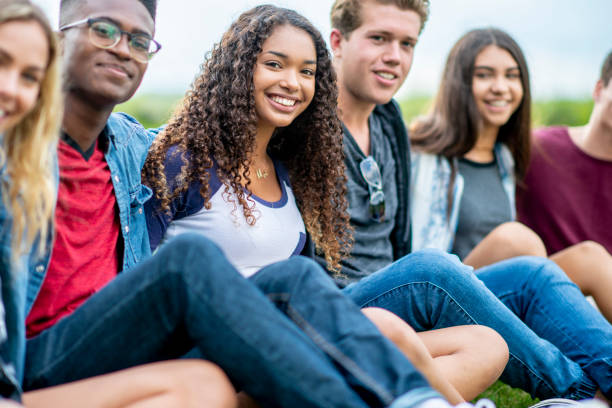
National Survey: LGBTQ Youth Mental Health
Queer People: Use Adversity to Overcome Challenges for a
Better Future
In the Voices of People Like Me: LGBTQ Coping During
Trump’s Administration
Christopher Macken: Change in Your Life
Behaviors of Supportive Parents and Caregivers for LGBTQ
Youth
BBC Video: LGBTQ People and Mental Health Problems
Talk Space: On-Line LGBTQ Therapy
Unique Strengths of LGBTQ Community
Havello: LGBTQ Social Haven
Pride Mind: Do You Have a
Mental Health Issue?
Holding Hands Makes LGBTQ People Feel Happy, Accepted
and Visible
Internalized Homophobia: What is it? And
How Do You Overcome it?
Pride
Counseling: On-Line Therapy
LGBTQ Issues:
Counselor Ethics
You Are Beautiful
In 2018, 11 public schools from a rural region in
Minnesota participated in a survey through Search
Institute that asked a multitude of questions ranging
from students’ feelings of safety and security in their
communities to how students view their relationships
with friends and family. This survey also allowed the
students to anonymously identify as lesbian, gay,
bisexual, transgender, queer, or gender non-conforming,
which offered us more comparisons across differences. Of
the 3,011 6th- through 12th-graders who participated,
545 (18%) identified as a member of the LGBTQ community.
When compared to non-LGBTQ youth in these communities,
LGBTQ youth were less likely to report:
--Feeling safe (particularly emotionally safe),
accepted, and that they belong in school.
--Feeling secure with their future paths.
--They are glad they are themselves and they believe in
themselves.
--They have strong relationships with family members,
especially parenting adults.
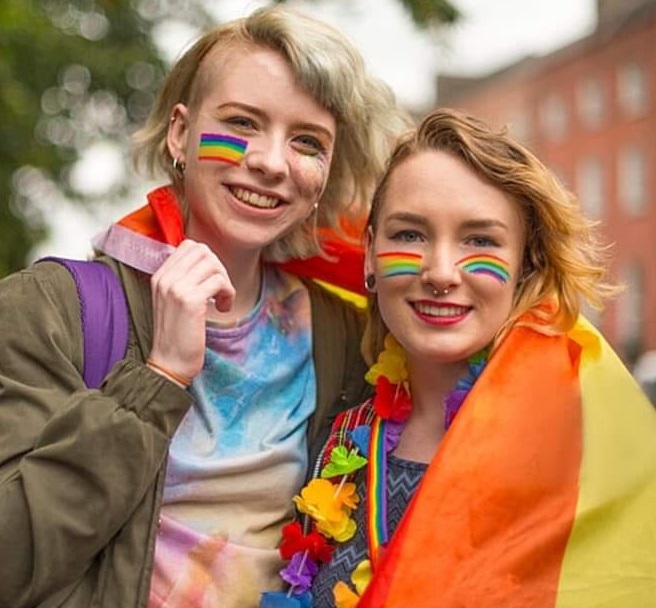

Jennifer Potter Video: Health Promotion Strategies for
LGBTQ People
Mental
Health Challenges for LGBTQ Youth
LGBTQ Life Center
Why is Depression More Prevalent in the LGBTQ Community?
If Your Sexual Orientation is Accepted by Society You
Will be Happier
ZocDoc: Mental Health in the LGBTQ
Community
30% of LGBTQ Youth Say Their Mental Health Is Poor
Huff Post: LGBTQ Wellness
Pride Counseling
What’s Good About Being Gay?:
Perspectives From Youth
How to Find an LGBTQ Friendly Therapist
NAMI:
How Mental Health Conditions Affect LGBTQ Community
Blues and Blahs:
LGBTQ Therapy
In almost
every facet of this survey, non-LGBTQ youth were more
likely to report positive experiences than their LGBTQ
peers. Focus areas of questions included interest and
participation in the community, time spent outside of
school, experiences in the community, perceptions of
self and future, school experiences and attitudes, and
experiences and priorities in their relationships.
Through the analysis, some discrepancies were
particularly striking:
--LGBTQ youth were much less likely to report strong
developmental relationships with parenting adults,
grandparents, and community adults, and slightly less
likely to report strong developmental relationships with
friends and teachers.
--39% of LGBTQ youth say that they have no strong
developmental relationships in their lives, whereas only
25% of non-LGBTQ youth say they have no strong
developmental relationships in their lives.
--LGBTQ youth were much less likely to report that they
felt like they belonged and were valued in their
community, were safe (particularly emotionally), and had
opportunities in their community when compared to their
non-LGBTQ peers.
--LGBTQ youth were much less likely to report having
strong goals and a hopeful future when compared to their
non-LGBTQ peers.
--LGBTQ youth were much less likely to report feeling
glad they are themselves and believing in themselves.
--LGBTQ youth are less likely to report positive school
experiences and attitudes when compared to their
non-LGBTQ peers for all questions except, “I enjoy
learning.” 50% of both non-LGBTQ and LGBTQ youth said
they enjoy learning.
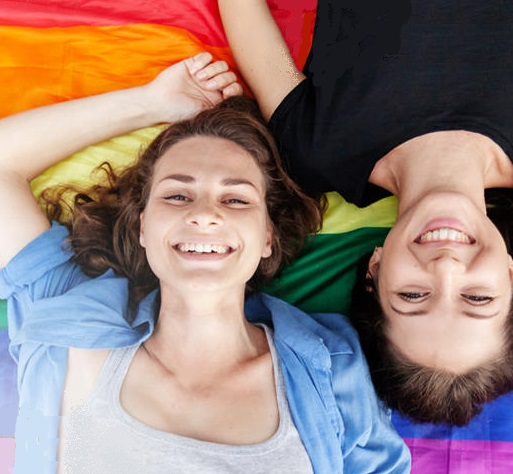

What Doesn't Kill You Makes You Stronger
Research: Unique Stressors for Gay Men
Religious Trauma Still Haunts Millions of LGBTQ
Americans
The Queer Agenda: Essays
by Shohreh Davoodi
Healthline: Finding an LGBTQ Affirming
Therapist
Why I Needed to See a Queer Therapist (And How You Can
Find One Too)
Info: Healthcare
Witter Wellness Collective: Active LGBTQ Support Groups
On the Job: LGBTQ People and Mental Health Issues
Queer Youth Mental Health: Biomedical Model Reduces
Stigma but Obscures Impact of Cisheterosexism
The Holidays and the Epidemic of Loneliness
Good Therapy for LGBTQ Persons
Family Doctor: LGBTQ Mental Health Issues
Christopher Macken: Positivty
Movement Advancement Project’s 2019 report Where We
Call Home: LGBTQ People in Rural America echoes the
findings from our study. They also found that LGBTQ
youth in rural communities often struggle to find a
sense of belonging, perhaps as a result of not having
access to spaces where they feel safe to be their
authentic selves (Movement Advancement Project, 2019).
According to the Movement Advancement Project, LGBTQ
groups, allies in schools, and shared community spaces
are vital but are not always experienced by youth.
Organizations and individuals in rural communities can
leave LGBTQ youth feeling isolated from the rest of the
community if they’re not intentional about inclusivity.
Similarly, parents of LGBTQ youth in rural communities
may experience less access to information and fewer
support systems. They may also be less likely to seek
out resources, as it can be very hard for some parents
to accept or advocate for their LGBTQ child (Movement
Advancement Project, 2019). This can often leave the
child isolated from their family members, forcing them
to seek support elsewhere. We see some evidence of this
pattern in the survey in the LGBTQ youth who reported
similar levels of developmental relationships with
friends and teachers as their non-LGBTQ peers, but were
less likely to report strong developmental relationships
with family members.
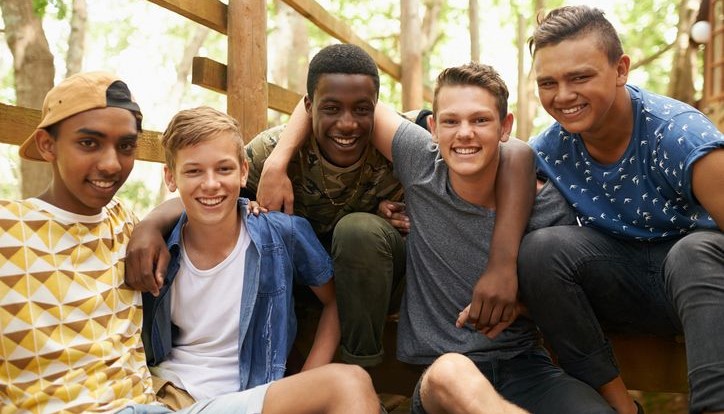
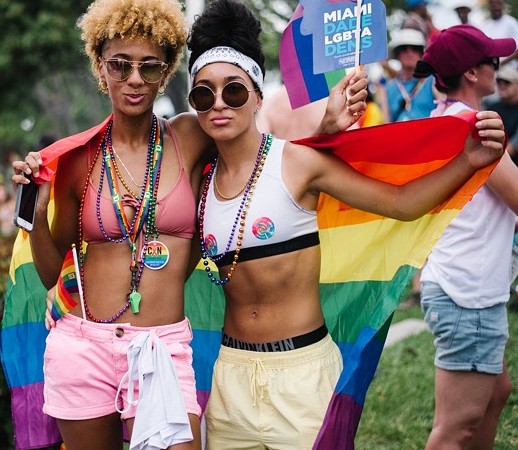
BBC Video: LGBTQ People and Mental Health Problems
Talk Space: On-Line LGBTQ Therapy
ZocDoc: Mental Health in
the LGBTQ Community
Unique Strengths of LGBTQ Community
Info:
Body Shaming and Fatphobia
What is Internalized Queerphobia and What Can We Do
About it?
Havello: LGBTQ Social Haven
Pride
Counseling: On-Line Therapy
LGBTQ Issues:
Counselor Ethics
Beacon of Hope Counseling Services (Mesa, Arizona)
30% of LGBTQ Youth Say Their Mental Health Is Poor
You Are Beautiful
According to the survey, LGBTQ youth in these
communities spend significantly less time participating
in activities or programs in a religious community than
their non-LGBTQ peers. Participation in faith
communities is often a significant part of the lives of
people in rural communities, including LGBTQ folks.
However, it tends to be easier to find LGBTQ-accepting
congregations in urban areas than it is in rural areas,
and this can often lead to rejection or the feeling of
not being welcome for many LGBTQ folks (Movement
Advancement Project, 2019). According to the Movement
Advancement Project, this can cause a ripple effect of
disconnection to one’s community, when the religious
community is a center point of the rural community
experience. This disconnection deprives LGBTQ youth of
crucial support, resources, relationships, and
opportunities to contribute that a faith community has
the potential to offer.
Consistent with many other studies, recent Search
Institute research published in the Journal of Youth and
Adolescence highlighted the higher rate of suicide
attempts among LGBTQ youth—particularly transgender
youth (published in Pediatrics)—compared to non-LGBTQ
youth. Those risks are well known. The study in these
rural communities points to some of the ways communities
can make a difference.
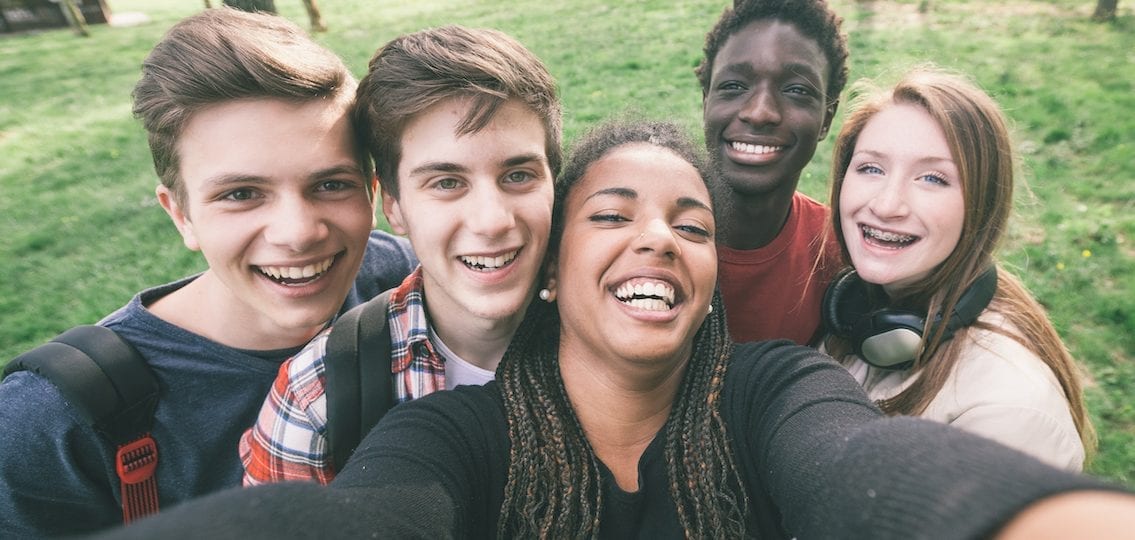
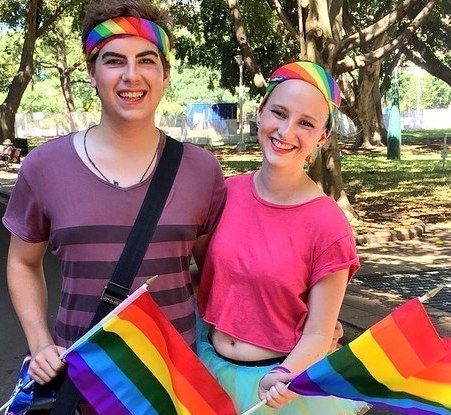
Holding Hands Makes LGBTQ People Feel Happy, Accepted
and Visible
LGBTQ Teens Often Struggle to Find Mental Health Care
Tailored to Them
2023 US National Survey on Mental Health of LGBTQ Young
People
How to Find an LGBTQ Friendly Therapist
Addressing the Mental Health of LGBTQ Students
Out Actor Jonathan Bennett Talk About Common LGBTQ
Mental Health Challenge
Mental Health Tips for LGBTQ People Under Lockdown
Coping Tips for Coronavirus Fears and Anxiety
Here's How You
Can Support the LGBTQ Community
Kelsey Darraugh: Bisexual
Comedian Gets Real About Mental Health
Recent Poll: 40% of LGBTQ Youth Considered Suicide
Gender-Affirming Hormones: Early Access Linked to Better
Mental Health
Christopher Macken: Change in Your Life
In 2019, the Trevor Project released a national study
that, along with many other important findings,
uncovered that having at least one supportive adult in
the life of a young person who identifies as LGBTQ
reduces the chance of a suicide attempt by 40%. This
study and future Trevor Project studies hope to better
understand the association between supportive adults and
the alleviation of minority stress (the stress placed on
an individual who is a part of a marginalized group) on
LGBTQ youth.
Of course, supportive adults and friends cannot, and
should not, take the place of mental health or crisis
services. At the same time, LGBTQ youth should not be
left to their own devices to sort out questions of
identity and belonging in the community, only to seek
help when they reach a serious crisis point. Being a
supportive adult or friend is something everyone can and
should do.
As community members, we cannot continue disregarding
the feelings and experiences of LGBTQ youth. You don’t
have to be someone’s parent to be a supportive adult;
support to youth from a marginalized group can come from
neighbors, teachers, coaches, community leaders, and
everyone in between. Based on this survey, LGBTQ youth
in rural communities can really benefit from more
supportive, inclusive, and accepting community members
who aren’t legally obligated to care for them.
Change can happen in many ways at many levels. As
community members, we have the ability and
responsibility to support diverse and marginalized
groups, and that includes LGBTQ youth. That support can
start by being part of a web of positive developmental
relationships that value, guide, care for, respect,
inspire, and open up new possibilities for them as they
navigate issues of identity, growing up, and feeling
that they belong and have a positive future.
[Source: Mackenzie Steinberg, Research and Development
Communications VISTA at Search Institute, January 2020]
National Survey: LGBTQ Youth Mental Health
Queer People: Use Adversity to Overcome Challenges for a
Better Future
In the Voices of People Like Me: LGBTQ Coping During
Trump’s Administration
80% of LGBTQ People Feel Less Safe Due to
Gender-Affirming Care Bans
Research Update: Crucial Role of Community Members in
the Lives of LGBTQ Youth
Study: Gay & Bi Teen Boys Are Coming Out to Parents in
Record Numbers
What’s Good About Being Gay?:
Perspectives From Youth
Survey: More Than 1 In 3 LGBTQ Youth Experience
Discrimination At Work
Many LGBTQ Youth Don’t Identify with Traditional Sexual
Identity Labels
Trevor Project: 40 Percent of LGBTQ Youth Considered
Suicide in the Past Year
Survey: More Than Half of LGBTQ Youth Have an Eating
Disorder
SAIGE: Society
for Sexual, Affectional, Intersex, and Gender Expansive
Identities
Why I Needed to See a Queer Therapist (And How You Can
Find One Too)
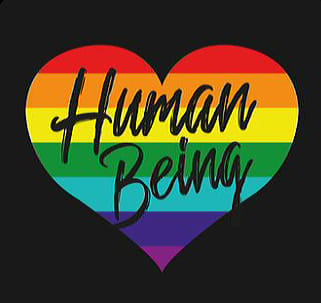
LGBTQ Mental
Health Blogs
Instagram Accounts to Follow that promote LGBTQ Mental
Health...
Therapy To A Tea, Company
@therapytoateaco
Expansive Therapy
@gaytherapy
The Trevor Project: Suicide Prevention and Crisis
Intervention
@trevorproject
The LGBTQ Psychologist: Dr. Glenn Mason
@the.lgbtq.psychologist
Blues & Blahs: Nelson Leach
@bluesandblahs
Wednesday Holmes
@hellomynameiswednesday
Psychology Help: Best
LGBTQ Friendly On-Line Counseling
Why is
the LGBTQ Community so Anxious?
Blues and Blahs:
LGBTQ Therapy
Video: Sociocultural and Behavioral Detriments to LGBTQ
Health
SAIGE: Society
for Sexual, Affectional, Intersex, and Gender Expansive
Identities
Why is Depression More Prevalent in the LGBTQ Community?
Info:
Domestic Violence
Healing and Clarity: Mental Health
Healthline: Finding an LGBTQ Affirming
Therapist
Best On-Line Therapy
Services for the LGBTQ Community
NAMI: LGBTQ Mental Health
LGBTQ Issues:
Counselor Ethics
Counseling Today: Promoting LGBTQ Wellness
High Rates
of Depression Among Rural LGBTQ
Population
Talk Space: On-Line LGBTQ Therapy
Internalized
Homophobia
Learning to love yourself....
A few months after coming out, I found myself in my
first relationship. It happened so quickly, like a
whirlwind. Our first kiss felt magical—fireworks. For
the first time, all the corners, edges, and fragmented
pieces of my heart and soul seemed to align perfectly,
like a thirty-three year old puzzle finally solved.
I felt authentic. Free.
But one evening it all changed.

Internalized Homophobia: What is it? And
How Do You Overcome it?
Rainbow Project:
Internalized Homophobia
Explaining Internalized Homophobia
Internalized Homophobia and Relationship
Quality Among Lesbians, Gay Men, and
Bisexuals
What to Know About Internalized
Homophobia
Revel and Riot: Internalized Homophobia
Christopher Macken: Imperfection
What is Internalized Queerphobia and What Can We Do About
it?
After three months of dating, my boyfriend and I were
standing in line at a popular Salt Lake City restaurant.
We were holding hands, waiting for our table, when it
happened.
A group of people from my old life—the life where I
prayed daily to be “fixed” and tried to pass as
straight—walked toward us. My eyes locked onto theirs.
Without hesitation, I dropped my boyfriend’s hand. I
instinctively stepped away from him, putting space
between us, as if that distance could somehow hide him
from them. Everything inside of me needed to make our
relationship invisible.
It was in that moment I realized something: I wasn’t
ready.
Even though I knew I was gay—I wasn’t ready to own it. I
wasn’t ready to fully embrace it. I was still too caught
up in seeking approval, too consumed by fear of
rejection, too worried about fitting into a world I no
longer belonged to.
In tears, I ended the relationship the next morning. I
felt defeated.
My boyfriend deserved more—he deserved to be celebrated,
not hidden. He deserved to be an equal and validated,
not treated as someone I could only love in private when
I felt safe.

What I was experiencing was internalized homophobia.
It’s was real. It’s powerful. And overcoming it often
requires time, effort, and often professional
intervention.
When I finally learned to love myself, I became capable
of loving others. When I accepted who I was, I created
space for others to accept me, too. And when I stopped
living for the approval of others, I began to truly
love.
Stumbling and learning and growing is part of this
coming out process. That’s the beauty of growth.
Love is worth it. You are worth it. Do the work and
build something special. Do it out loud.
[Source: Latter Gay Stories, December 2024]
Becky Armstrong: Reading an Inspiring
Quote
Jennifer Potter Video: Health Promotion Strategies for
LGBTQ People
Mental
Health Challenges for LGBTQ Youth
LGBTQ Life Center
Why is Depression More Prevalent in the LGBTQ Community?
If Your Sexual Orientation is Accepted by Society You
Will be Happier
ZocDoc: Mental Health in the LGBTQ
Community
30% of LGBTQ Youth Say Their Mental Health Is Poor
Huff Post: LGBTQ Wellness
Pride Counseling
What’s Good About Being Gay?:
Perspectives From Youth
How to Find an LGBTQ Friendly Therapist
NAMI:
How Mental Health Conditions Affect LGBTQ Community
Blues and Blahs:
LGBTQ Therapy
Christopher Macken: Change in Your Life
LGBTQ People and
Mental Health
Issues in the Workplace
Most LGBTQ people have had mental health issues
because of their jobs. Mental health issues in the
workplace are a common occurrence for LGBTQ people,
according to a poll conducted by YouGov on the behalf of
Business in the Community and Mercer.
72% percent of LGBTQ employees have experienced mental
health issues as a result of their workplace.
The survey
also showed that a little more than a quarter of LGBTQ
employees are not open about their sexual orientation in
the workplace, and 28% of LGBTQ upper management and
owners have been encouraged to hide their sexual
orientation.
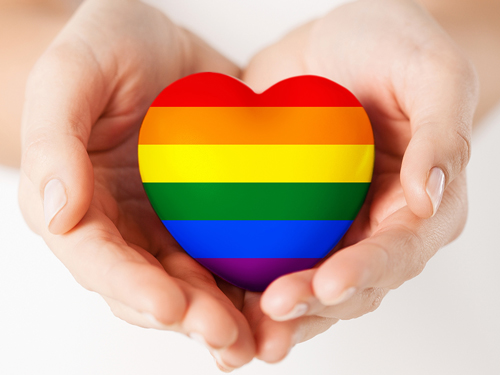
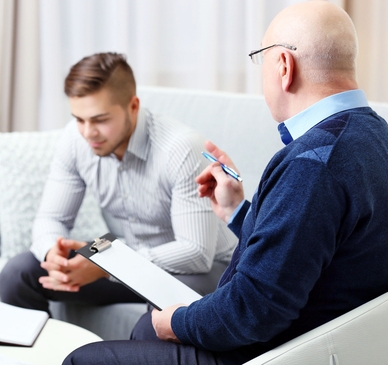
What’s more, people of color who were also LGBTQ were
twice as likely to face negativity from customers and
clients than their white LGBTQ counterparts.
Customers or colleagues have physically attacked 7% of
LGBTQ workers, with that number rising to 13% among
blue-collar workers. That also includes 15% of people of
color, 20% of non-binary identified people, and 30% of
seniors.
Additionally, 9% felt that being seen as LGBTQ prevented
them from getting a job or a promotion, with 6% saying
that it as a significant factor losing a job in the past
year.
According to the report, good employee mental health is
crucial to running a successful, sustainable
organization. These numbers point to failures in
handling employee mental health, particularly for LGBTQ
and other minority populations in the workplace.
The report, titled “Seizing the Moment,” is Business in
the Community’s 2018 report on mental health at work.
[Source: Gwendolyn Smith, LGBTQ Nation, October 2018]
30% of LGBTQ Youth Say Their Mental Health Is Poor
Why is Depression More Prevalent in the LGBTQ Community?
Research: Unique Stressors for Gay Men
What is Internalized Queerphobia and What Can We Do
About it?
Healthline: Finding an LGBTQ Affirming
Therapist
Info: Healthcare
Witter Wellness Collective: Active LGBTQ Support Groups
On the Job: LGBTQ People and Mental Health Issues
Good Therapy for LGBTQ Persons
Family Doctor: LGBTQ Mental Health Issues
BBC Video: LGBTQ People and Mental Health Problems
Why I Needed to See a Queer Therapist (And How You Can
Find One Too)
Talk Space: On-Line LGBTQ Therapy
Unique Strengths of LGBTQ Community
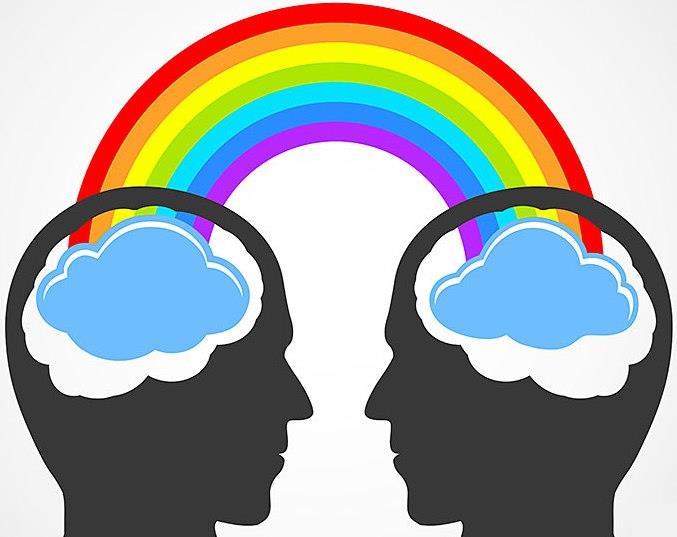
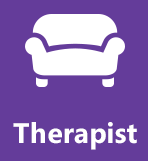
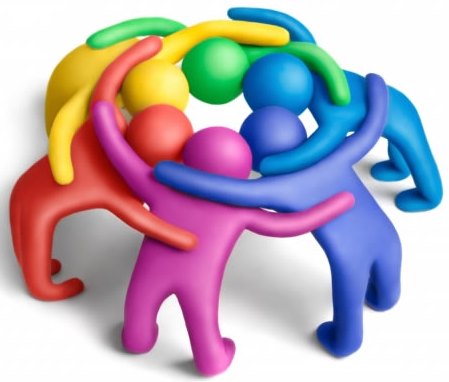
Holiday Stress
Tips
The Holidays and the Epidemic of Loneliness
Take My Advice: Don't Come Out During the Holidays
Home for the Holidays: Survival Tips for LGBTQ Couples
Dealing With the Family During the Holidays
Tips for Navigating the Holidays for LGBTQ People
Home for the Holidays With a Gay Twist
Science-Based Approach to Dealing With Family Over the
Holidays
LGBTQ Families Make Their Own Christmas
Holiday Survival Tips for Being Forced Back Into the
Closet
Going Home for the Holidays Should Be
Beautiful
When the Holidays Are Hell: Tips for Surviving Family
Gatherings
How to Beat the Gay Holiday Blues
Survival Tips: LGBTQ Folks
Home for the Holidays
Gay Ole Holiday Stress
For LGBTQ People, Holidays Can Be a Time of Added Stress
Suicide Hotline 800-273-8255
Depression Hotline 888-640-5174
Self Harm Hotline 877-455-0628
Addiction Hotline 877-226-3111
Eating Disorder Hotline 844-228-2962
Promoting LGBTQ
Student Well-Being
Research shows that LGBTQ youth are disproportionately
bullied (whether in person or via cyberbullying),
verbally and physically harassed, and assaulted in
schools by peers and staff. Such hostility has been
correlated to lower school performance and psychological
and emotional distress, including suicidal ideation and
attempt, depression and anxiety.
In the 2015 GLSEN (Gay, Lesbian & Straight
Education Network) National School Climate Survey, LGB
students reported higher levels of verbal, physical and
sexual violence and bullying than did their heterosexual
counterparts. Specifically, 98.1 percent of LGB students
heard the word “gay” used in a derogatory manner, 85.2
percent reported verbal harassment, and 34.7 percent
reported being physically harassed in the past year. In
addition, a 2017 meta-analysis of 27 empirical
studies on the effects of cyberbullying on LGBTQ youth
revealed that compared with their heterosexual and
cisgender counterparts, these students are
disproportionately harassed online and through other
technology-based means. Such harassment has been
correlated to a range of behavioral and emotional
difficulties, including suicidal ideation (with some
studies suggesting rates as high as 40 percent among
LGBTQ youth) and suicide attempts (with rates as high as
30 percent).
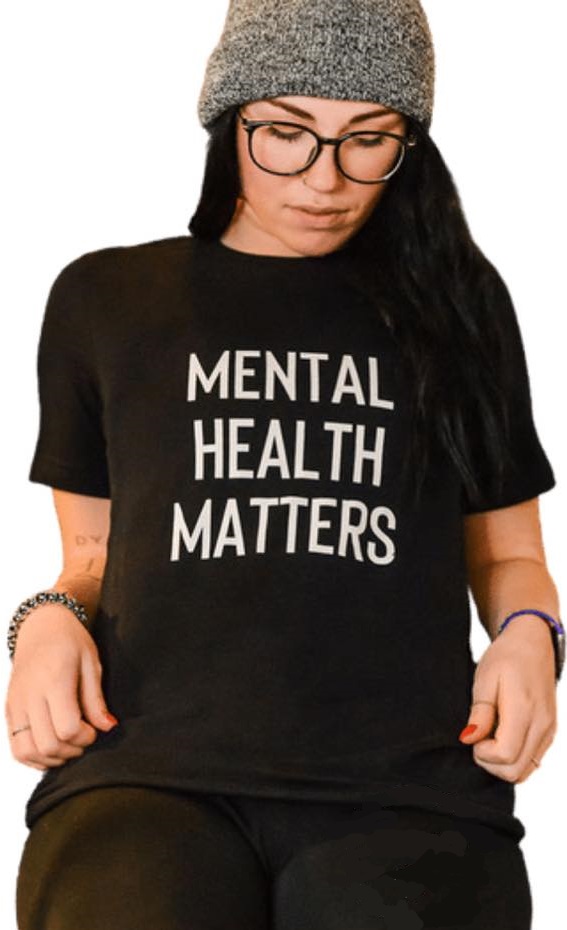
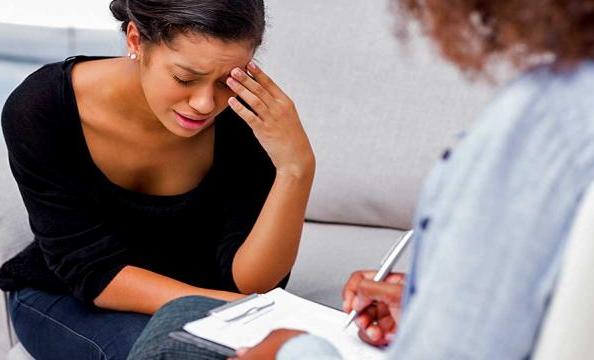
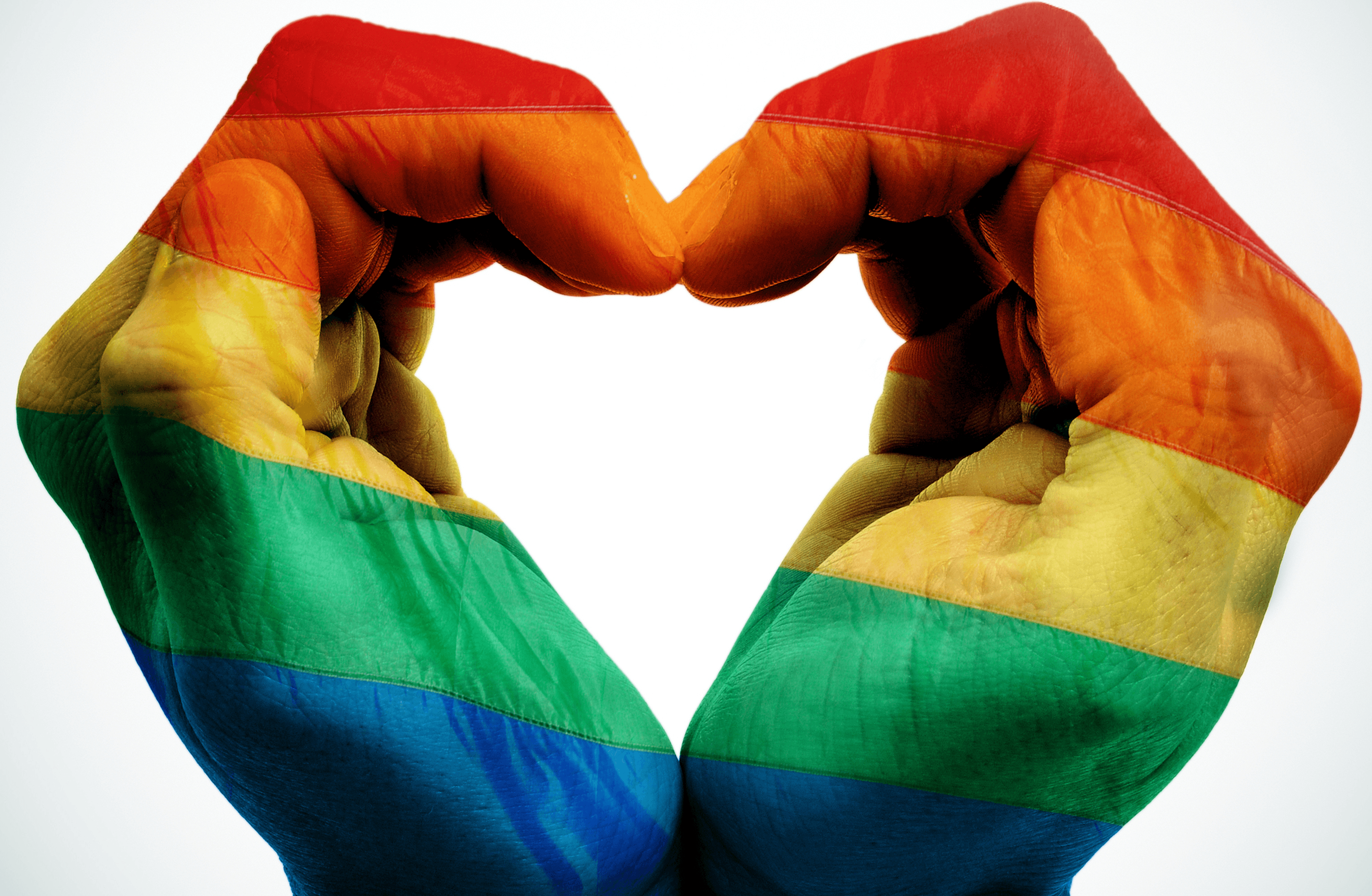
Many LGBTQ students identify school counselors as the
one school staff member to whom they are most likely to
disclose concerns related to their sexual and gender
identity. Given this reality, school counselors are
uniquely positioned to address myths about LGBTQ youth,
to advocate for these students and to effect change.
[Source: Counseling Today / Abreu, McEachern, Hall,
Kenny / October 2018]
Kelsey Darraugh: Bisexual
Comedian Gets Real About Mental Health
Recent Poll: 40% of LGBTQ Youth Considered Suicide
Gender-Affirming Hormones: Early Access Linked to Better
Mental Health
What’s Good About Being Gay?
Perspectives From Youth
Holding Hands Makes LGBTQ People Feel Happy, Accepted
and Visible
What’s Good About Being Gay?
Perspectives From Youth
How to Find an LGBTQ Friendly Therapist
Pride Mind: Do You Have a
Mental Health Issue?
Internalized Homophobia: What is it? And
How Do You Overcome it?
NAMI:
How Mental Health Conditions Affect LGBTQ Community
Jennifer Potter Video: Health Promotion Strategies for
LGBTQ People
Mental
Health Challenges for LGBTQ Youth
On the Job: LGBTQ People and Mental Health Issues
How Do
Mental Health Conditions Affect the LGBTQ Community?
Without mental health we cannot be healthy. We all
experience emotional ups and downs from time to time
caused by events in our lives. Mental health conditions
go beyond these emotional reactions to specific
situations. They are medical conditions that cause
changes in how we think and feel and in our mood.
The lesbian, gay, bisexual, transgender, queer and
questioning (LGBTQ) community faces mental health
conditions just like the rest of the population.
However, you may experience more negative mental health
outcomes due to prejudice and other biases. Knowing what
challenges you may face as a member of the LGBTQ
community and how to find and work with LGBTQ-inclusive
providers can help ensure more positive outcomes.
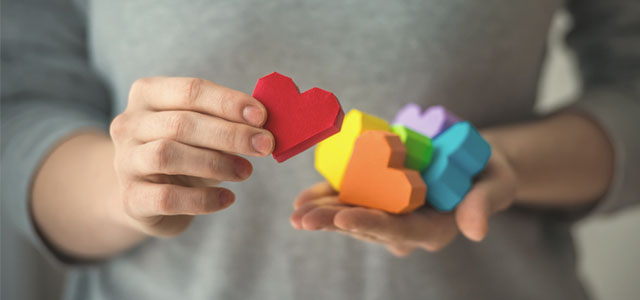

LGBTQ individuals are almost 3 times more likely than
others to experience a mental health condition such as
major depression or generalized anxiety disorder. This
fear of coming out and being discriminated against for
sexual orientation and gender identities, can lead to
depression, posttraumatic stress disorder, thoughts of
suicide and substance abuse.
LGBTQ people must confront stigma and prejudice based on
their sexual orientation or gender identity while also
dealing with the societal bias against mental health
conditions. Some people report having to hide their
sexual orientation from those in the mental health
system for fear of being ridiculed or rejected. Some
hide their mental health conditions from their LGBTQ
friends.
As a community, LGBTQ individuals do not often talk
about mental health and may lack awareness about mental
health conditions. This sometimes prevents people from
seeking the treatment and support that they need to get
better.
[Source:
National Alliance on Mental Illness]
Why I Needed to See a Queer Therapist (And How You Can
Find One Too)
Healthline: Finding an LGBTQ Affirming
Therapist
Research: Unique Stressors for Gay Men
Christopher Macken: Imperfection
If Your Sexual Orientation is Accepted by Society You
Will be Happier
Beacon of Hope Counseling Services (Mesa, Arizona)
NAMI:
How Mental Health Conditions Affect LGBTQ Community
How to Find an LGBTQ Friendly Therapist
2018 Survey: LGBTQ Youth and Suicide
Scott Leibowitz Video: Health Promotion Strategies for
LGBTQ People
Family Doctor: LGBTQ Mental Health Issues
Kelsey
Darraugh: Bisexual Comic Gets Real About
Mental Health
Info: Alcohol/Drug Abuse
The Holidays and the Epidemic of
Loneliness
NAMI: LGBTQ Mental Health
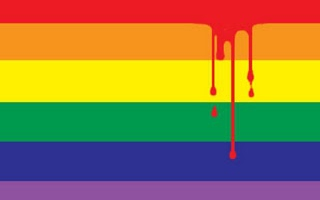
Personal Shame:
Internalized Homophobia
"Methinks thou dost protest too much."
-William
Shakespeare
"They
will call you the things that they themselves are or are
afraid that others see them as."
-Psych
Central
"Blaming and attacking you for what they fear is true in
themselves."
-Very Well
Mind
Internalized homophobia happens when bisexual men and
women, lesbians, and gay men experience negative social
attitudes and beliefs towards gay people and the gay
community. In turn, they internalize those and develop
feelings of self-hatred. This usually manifests as
homophobic behavior towards themselves or other people
in their community.
Other Terms For Internalized Homophobia
Not
everyone agrees with the term “homophobia” to describe
these perceptions and negative attitudes about queer
people. After all, homophobia isn’t a phobia or fear per
se but rather a pervasive set of biases, stereotypes,
and negative attitudes towards queer people. As such,
some folks prefer to use different terms to describe
internalized homophobia, including:
--Internalized homonegativity
--Internalized sexual stigma
--Heterosexism
--Sexual prejudice
--Antigay bias
--Internalized oppression
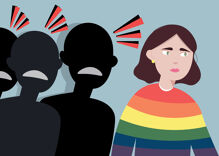
What is Internalized Queerphobia and What Can We Do
About it?
Psychology Help: Best
LGBTQ Friendly On-Line Counseling
Mental Help: Mental Health in the LGBTQ Community
Ethical Guidelines for Professionals Working With LGBTQ
Clients
Mental Health Issues Lesbian Women Cope With
What’s Good About Being Gay?:
Perspectives From Youth
SAIGE: Society
for Sexual, Affectional, Intersex, and Gender Expansive
Identities
If Your Sexual Orientation is Accepted by Society You
Will be Happier
Info:
Body Shaming and Fatphobia
Bolstering Resilience in LGBTQ Youth
What Causes Internalized Homophobia?
We live in
a heteronormative society. Heteronormativity is the
assumption that everyone is or should be heterosexual.
This assumption leads to a prevailing stigma surrounding
those who challenge or go against what is considered
“the norm”.
As such, most of us are socialized from a young age into
thinking that sexual minorities (anyone who isn’t cis or
heterosexual) and anything related to them are strange,
“abnormal”, or even morally wrong – and that these
people should be avoided or made to feel ashamed for
their same-sex attraction and sexual behavior.
Here are some of the biggest factors that contribute to
internalized oppression:
Growing Up Around Homophobic Religious Conservatives
Most
religious institutions condemn same-sex sexual
behaviors, refuse LGBTQ people from leadership
positions, and do not recognize same-sex marriage as a
legitimate union. Some religious groups will also offer
conversion therapy camps to those who want to rid
themselves of their same-sex attractions.
However, studies have shown that not only is conversion
therapy ineffective, it is also deeply harmful and can
lead participants to experience psychological distress,
depression, anxiety, and even suicidal tendencies.
According to a study on religious affiliation and
internalized homophobia in bisexuals, lesbians, and gay
men, exposure to “non-affirming religion” is associated
with higher internalized homophobia.
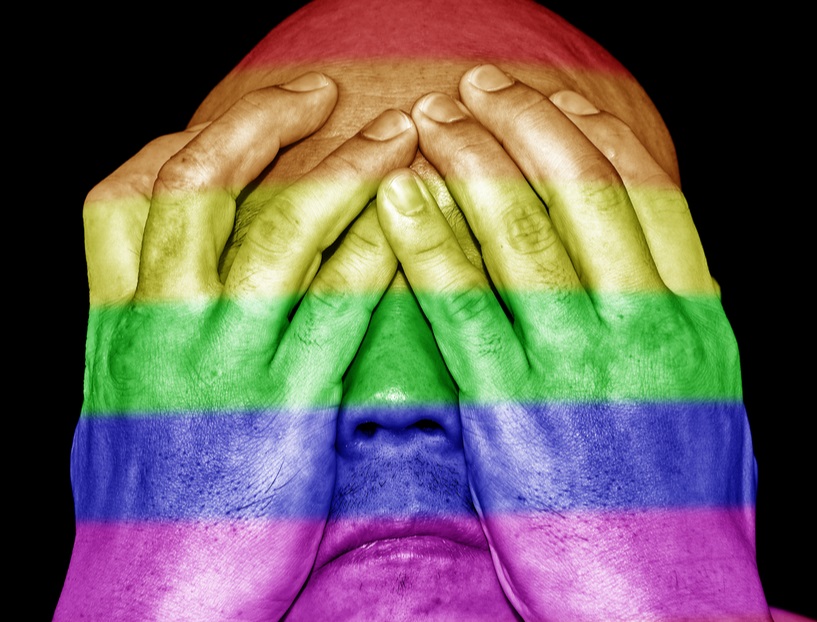

Counseling Today: Promoting LGBTQ Wellness
High Rates
of Depression Among Rural LGBTQ
Population
Scientific Report: Gay Couples are Less
Stressful
Richard Friedman:
Groundbreaking Psychoanalytic
Perspective of Homosexuality
Foundation for Better
Understanding: The Health of LGBTQ
People
Gay Man and His Psychologist
Internalized Homophobia: What is it? And
How Do You Overcome it?
Lack of LGBTQ Representation
You’ll likely have heard that representation matters,
whether it is an increased representation of people of
color in films and television, or more positive
portrayals of LGBTQ people in the media.
But why does representation matter? In a piece for
Psychology Today, Dr. Jennifer O’Brien notes that when
LGBTQ people see themselves represented in media, it can
“foster a greater sense of affirmation of their
identity” and can boost positive feelings of self-worth.
On the other hand, when you don’t have LGBTQ role models
you can look up to, or if you don’t see yourself in the
media you consume, you can develop a sense that you are
“invisible”, that you “don’t exist and you don’t
matter”, or that there is something wrong with you.
Having A Limited Support System
Because an LGBTQ person is more likely to become a
socially stigmatized person, it is important for them to
have healthy relationships and support from friends and
family. Without proper support, bisexual, lesbian, and
gay people will have a harder time trying to overcome
personal shame.
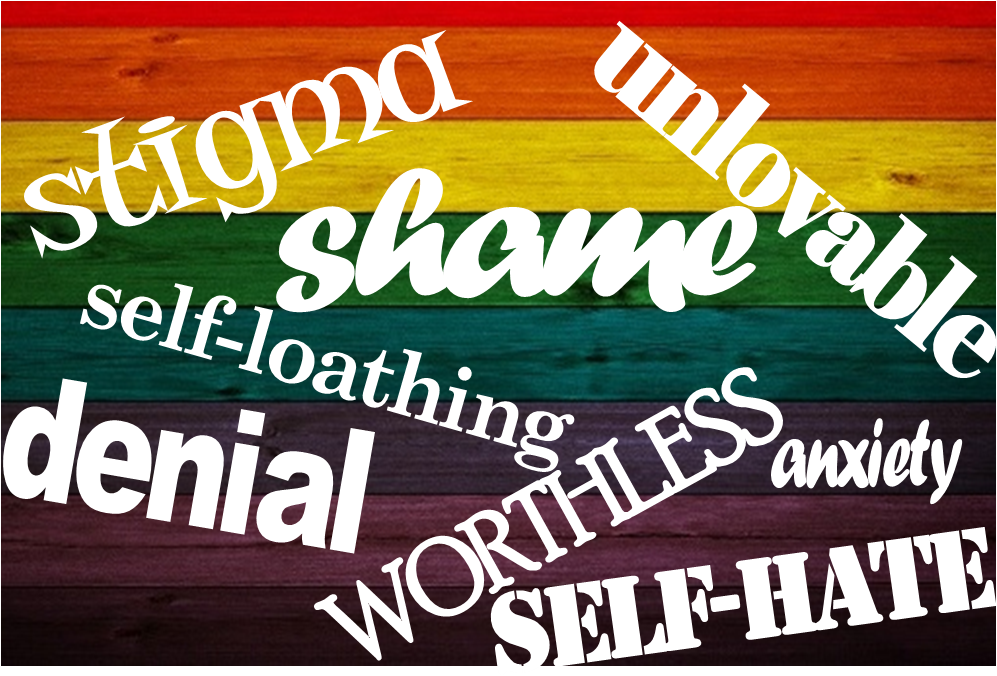

Gay Man and His Psychologist
What is Internalized Queerphobia and What Can We Do About
it?
Best On-Line Therapy
Services for the LGBTQ Community
Internalized Homophobia: What is it? And
How Do You Overcome it?
Video: Stress and Resilience in the LGBTQ Community
Counseling Today: Promoting LGBTQ Wellness
Why I Needed to See a Queer Therapist (And How You Can
Find One Too)
APA: LGBTQ Health Disparities
Mental Health America: LGBTQ Mental Health Notes
Research: Unique Stressors for Gay Men
What
Does Internalized Homophobia Look Like?
Here are some examples of how internalized homophobia
can manifest in gay and bisexual men, based on the 1996
book Pink Therapy:
--You deny your sexual orientation or sexual identity to
yourself and to other people.
--You have a very poor self-regard and feel like you
aren’t “good enough” for the people you respect and
admire.
--You feel like you can resist your same-sex desires and
change yourself to become a completely heterosexual
person.
--You can be obsessive about “passing ” as straight,
believe that those who pass are better than those who
are “obvious”, and monitor every aspect of your beliefs,
behaviors, mannerisms, and language to prevent being
“found out”.
--You attempt to distance yourself from LGBTQ people who
are out and who are effeminate.
--You have very few interpersonal relationships with
LGBTQ people, wanting no personal or social involvement
with them.
--You attempt to overachieve because you believe that
LGBTQ people need to prove their worth in society.
--You’ve experienced depression and anxiety from your
shame.
--You resist your sexual feelings to the point where you
end up engaging in unsafe sexual practices, such as
having sex with people of the same sex without
protecting yourself or learning their HIV status.
--You reinforce certain stereotypes about LGBTQ people
to feel superior to heterosexuals (e.g. you believe that
“gay men have a better fashion sense than straight
men”).
--You tend to be attracted to unavailable and straight
men, perhaps out of a deep-seated fear of pursuing a
stable relationship.
--You prefer short-term relationships and avoid
commitment.
Internalized homophobia can impact LGBTQ in a lot of
different ways, which is what makes it so concerning.
Here are some ways that internalized homonegativity can
affect queer people:
Mental Health Issues
LGBTQ
youth are more likely to be bullied than straight,
cisgender youth. They are also more likely to have
attempted self-harm and suicide than their peers. Rates
of depression, anxiety, substance abuse, and other
mental health problems are also higher among gay men and
women than their heterosexual peers.
Relationship Issues
According to a 2009 study, internalized heterosexism
resulted in lower quality relationships among lesbian
women, gay men, and bisexuals.
This stigmatization of non-heterosexual identities can
be seen and felt in places where we are supposed to feel
safe and accepted, from home to school to our close
friend groups to the workplace. When we feel that we are
unable to trust those we are close to, we can develop an
inability to form and maintain lasting and healthy
relationships.
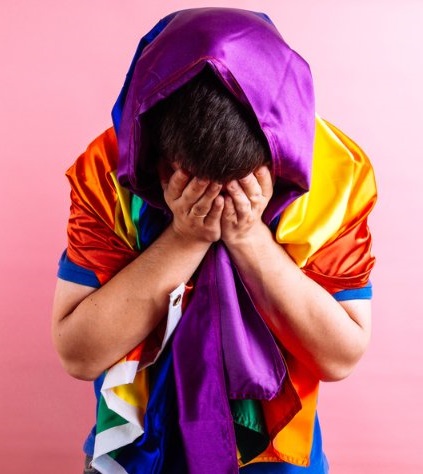
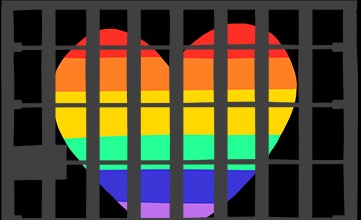
Suicide Hotline 800-273-8255
Depression Hotline 888-640-5174
Self Harm Hotline 877-455-0628
Addiction Hotline 877-226-3111
Eating Disorder Hotline 844-228-2962
The Queer Agenda: Essays
by Shohreh Davoodi
Healing and Clarity: Mental Health
Healthline: Finding an LGBTQ Affirming
Therapist
The Holidays and the Epidemic of Loneliness
Beacon of Hope Counseling Services (Mesa, Arizona)
Info:
Reparative Therapy
Talk Space: On-Line LGBTQ Therapy
Havello: LGBTQ Social Haven
What I Be:
Insecurities and Images
What is Internalized Queerphobia and What Can We Do
About it?
Mental Help: Mental Health in the LGBTQ Community
Higher Risk For STIs
STIs and HIV are among the leading health issues
affecting lesbians and gay men. There is a negative
stereotype that sexual minority adults like gay and
bisexual men are more “promiscuous” and thus more
susceptible to getting an STI.
However, many fail to realize that the shame and stigma
surrounding queer sexuality, anal sex, STIs, and HIV in
general lead many people to keep their status a secret.
Because of this, LGBTQ people become more susceptible to
getting sick and don’t get the care that they need.
How To
Deal With Internalized Homophobia
So with all that being said, how can we combat
internalized homophobia and the cultural and
institutionalized heterosexism from which it stems?
According to Daniel Lyons in a piece for Psychology
Today, the first step in dismantling the “deeply
entrenched system homophobia” is acknowledging that
everyone, regardless of race, sexual orientation,
gender, or socioeconomic status, is capable of thinking
or acting in a homophobic way.
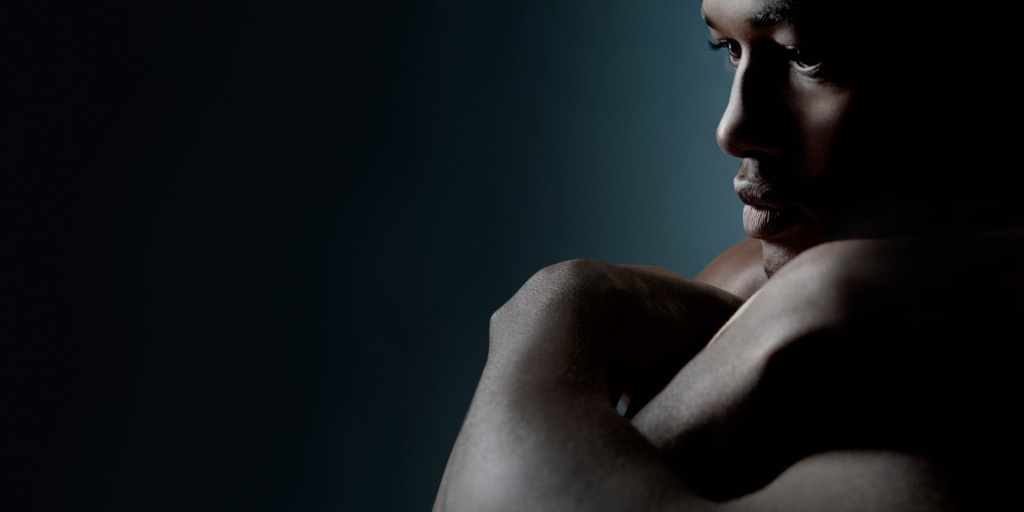
Today, more and more people are challenging jokes and
stereotypes about LGBTQ people, including ones that are
shared by those in the community.
For example, drag queen Kim Chi performed the original
song “Fat, Femme, and Asian” on the finale of her season
of RuPaul’s Drag Race. The song is a biting commentary
on internalized homophobia in the gay community and
plays on the aforementioned “preferences” that gay men
will use as an excuse for discriminating against more
effeminate members of the community.
Filmmaker Jamal Lewis did the same thing, but a
documentary rather than a song. Entitled No Fats, No
Femmes, Lewis’ film features five black people of
various backgrounds as they discuss the ways that desire
among queer black people can be rooted in “problematic
conceptions of different identities”.
Internalized homophobia is a systemic problem that runs
deep – a symptom of the heteronormative society we live
in. But it doesn’t have to keep affecting us. We just
need to learn how to recognize the signs and commit to
uplifting each other.
[Source:
Matthew Walsh, LGBTQ Nation, January 2022]
Internalized Homophobia: What is it? And
How Do You Overcome it?
Rainbow Project:
Internalized Homophobia
Explaining Internalized Homophobia
Internalized Homophobia and Relationship
Quality Among Lesbians, Gay Men, and
Bisexuals
What to Know About Internalized
Homophobia
Revel and Riot: Internalized Homophobia
What is Internalized Queerphobia and What Can We Do About
it?

LGBTQ Health
Report
The
Division of Gender, Sexuality & Health, at the New York
State Psychiatric Institute and the Columbia University
Department of Psychiatry, wrote this report regarding
LGBTQ health issues.
Background
Over the past decade, and especially in the past few
years, there have been sweeping changes in US society,
law, and public policy, including the following:
--In 2003, the Supreme Court invalidated all remaining
anti-sodomy laws in its ruling in Lawrence v. Texas.
--In 2004, individual states began adopting same-sex
marriage.
--In 2010, the “It Gets Better” online campaign was
launched, a signal of growing societal support for LGBTQ
youths, parents, and families. It now has over 50,000
videos and 50 million views on YouTube.
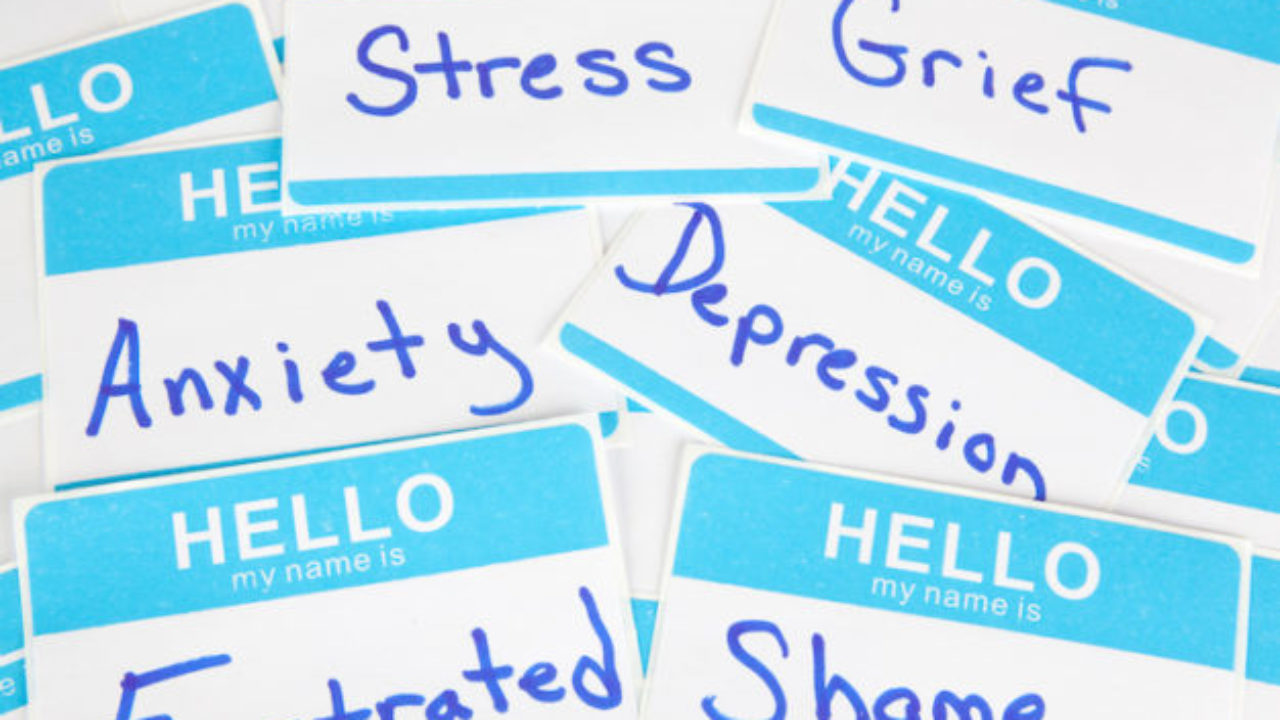
APA: Psychologist Guidelines for Working With LGBTQ
Clients
Jamie Feldman Video: Health Promotion Strategies for
LGBTQ People
Why is
the LGBTQ Community so Anxious?
Why I Needed to See a Queer Therapist (And How You Can
Find One Too)
Witter Wellness Collective: Active LGBTQ Support Groups
Pride Counseling
Video: Sociocultural and Behavioral Detriments to LGBTQ
Health
--In 2011, the federal government repealed the “Don’t
Ask, Don’t Tell" policy in the military and articulated
LGBTQ rights as a foreign policy goal.
--In 2011, the Institute of Medicine (IOM) released a
report on the health of LGBTQ people. Federal agencies
such as CDC, SAMHSA, and others have also highlighted
the issue.
--In 2012, marriage equality was endorsed by President
Obama, the Democratic Party’s platform, and a plurality
of poll respondents.
--In 2013, President Barack Obama, in his second
inaugural address, articulated equality for a LGBTQ
people as a priority area of his administration.
--In 2013, the Supreme Court allowed the restoration of
marriage equality in California and struck down the
provision of the Defense of Marriage Act (DOMA) that
prohibited the federal government from recognizing
married same-sex couples.
--In 2014, a range of challenges to state same-sex
marriage bans are being pursued and the federal
government continues to proactively implement the
Supreme Court's partial overturning of DOMA.
--In 2015,
the US Supreme Court legalizes same-sex marriage
nationwide.
If Your Sexual Orientation is Accepted by Society You
Will be Happier
Scientific Report: Gay Couples are Less Stressful
Ethical Guidelines for Professionals Working With LGBTQ
Clients
Psychology Help: Best
LGBTQ Friendly On-Line Counseling
US Health & Human Services Reports: LGBTQ Health and
Wellbeing
Queer Youth Mental Health: Biomedical
Model Reduces Stigma but Obscures
Impact of Cisheterosexism
Healthline: Finding an
LGBTQ Affirming Therapist
Info: Addiction
and Recovery
Research: Unique Stressors for Gay Men
Best On-Line Therapy
Services for the LGBTQ Community
Foundation for Better Understanding: The
Health of LGBTQ People
Huff Post: LGBTQ Wellness
Video: Sociocultural and Behavioral Detriments to LGBTQ
Health
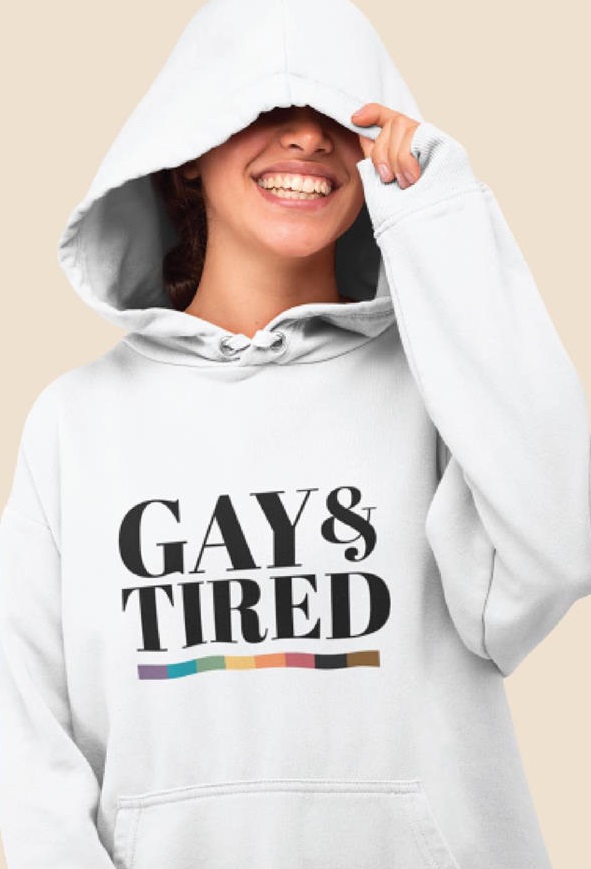
LGBTQ Teens Often Struggle to Find Mental Health Care
Tailored to Them
2023 US National Survey on Mental Health of LGBTQ Young
People
How to Find an LGBTQ Friendly Therapist
Addressing the Mental Health of LGBTQ Students
Out Actor Jonathan Bennett Talk About Common LGBTQ
Mental Health Challenge
Mental Health Tips for LGBTQ People Under Lockdown
Coping Tips for Coronavirus Fears and Anxiety
Here's How You
Can Support the LGBTQ Community
Kelsey Darraugh: Bisexual
Comedian Gets Real About Mental Health
Recent Poll: 40% of LGBTQ Youth Considered Suicide
Gender-Affirming Hormones: Early Access Linked to Better
Mental Health
Troubling
Statistics
Despite these advances, the health and mental health of
lesbian, gay, bisexual, transgender, and queer (LGBTQ)
individuals has emerged as a major concern across the
nation. Numerous examples of stigmatization,
discrimination and health inequities have been
documented, including the following:
--Increased rate of suicide attempts and of homelessness
among LGBTQ youth (Estimates indicate that as many as
40% of homeless youth are LGBTQ).
--Decreased utilization by lesbians of preventive
services for cancer and increased risk factors and
elevated rates of cancer (Estimated relative risk of
invasive breast cancer among lesbians is 1.74).
--Higher risk of HIV and STDs among gay men, especially
in communities of color (From 2006-2009, gay men
accounted for 56-61% of all new HIV infections; MSM
13–29 represented more than 27% of all new HIV
infections; among MSM 13-29, HIV among black MSM was up
48%).
--High prevalence among transgender individuals of
HIV/STDs, victimization, mental health issues, and
suicidal ideation (41% of trans respondents reported
suicide attempt vs. 1.6% of the general population; 23%
were impacted by at least three major life-disrupting
events due to bias.)
--Barriers to health faced by elderly LGBTQ individuals
because of isolation, and lack of social services and
culturally competent providers (Older LGBTQ people are 2
times as likely to live alone; 1/3 plan to hide LGBTQ
status if in long-term care).
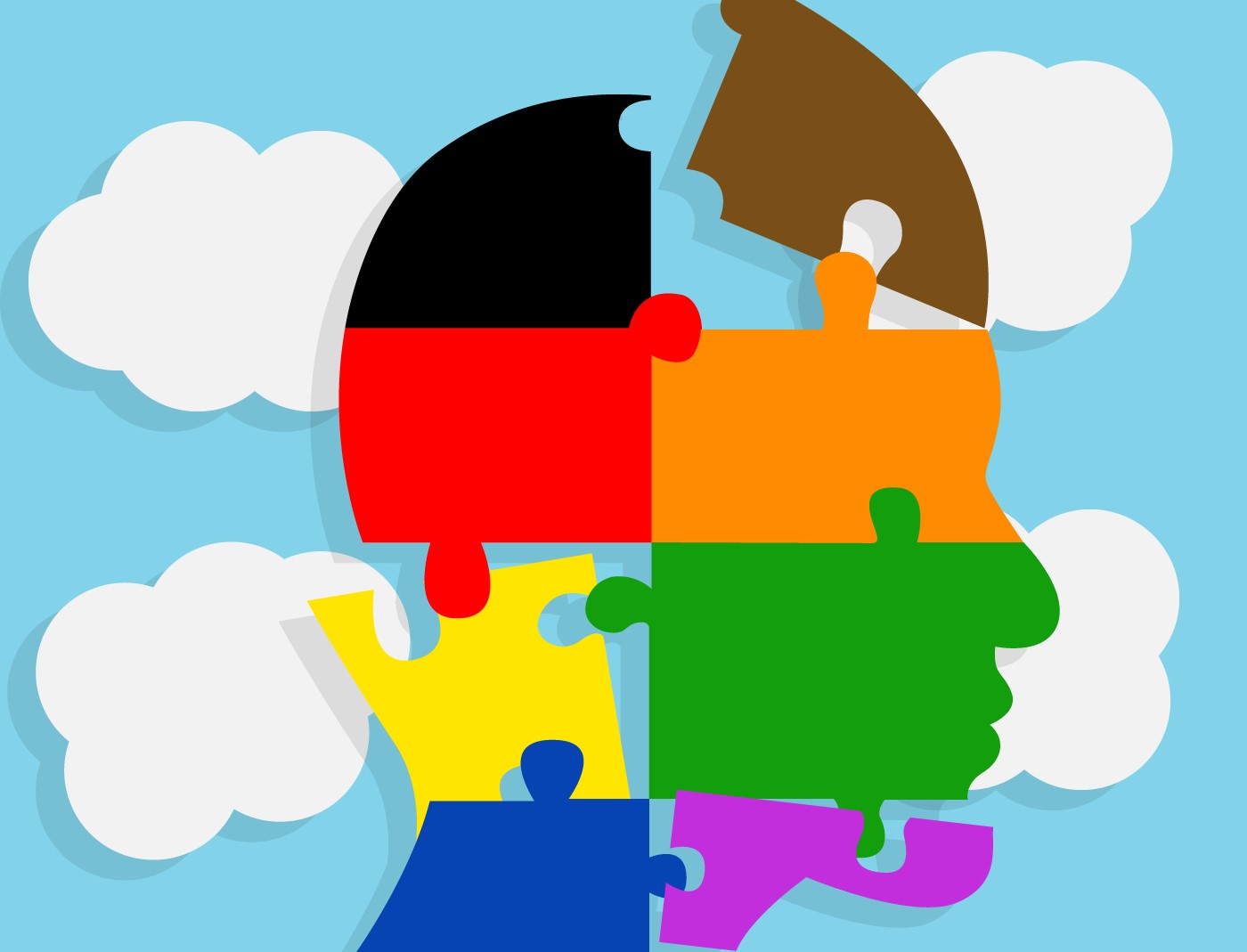
Why is Depression More Prevalent in the LGBTQ Community?
Info:
Domestic Violence
LGBTQ Issues:
Counselor Ethics
Pride Mind: Do You Have a
Mental Health Issue?
LGBTQ Life Center
Counseling Today: Promoting LGBTQ Wellness
High Rates
of Depression Among Rural LGBTQ
Population
How to Cheer Someone Up: Ways to Make a
Friend Smile
Online Resources to Help LGBTQ Youth Find
Support
Higher rates of mental health morbidities and tobacco,
alcohol, other drug use (Alcohol abuse and smoking are
more than 2 times greater among LGBTQ people).
--A significant proportion of people with serious mental
illness (SMI) in the US are LGBTQ (Estimates suggest
that about 720,000, or about 4% of people with SMI, are
LGBTQ).
At the same time, new areas of concern are also emerging
across the lifespan, such as:
--children "coming out" at ever-younger ages.
--schools trying to tackle the problem of bullying.
--early medical interventions becoming available for
transgender youth.
--new family dynamics emerging among same-sex couples
who are legally married and/or who are raising children.
--the first large cohort of openly LGBTQ people becoming
senior citizens.
These are
no longer merely potential or emerging issues with
regard to mental and physical health. Rather, they are
immediate and pressing needs demanding focused efforts
in research, clinical practice, education, and public
policy. Yet far too few LGBTQ individuals, particularly
from within poor and marginalized communities have
access to the quality services they need. Through the
LGBTQ Health Initiative, we aim to address these and
many other related issues.
Unique Strengths of LGBTQ Community
What’s Good About Being Gay?:
Perspectives From Youth
How to Find an LGBTQ Friendly Therapist
The Queer Agenda: Essays
by Shohreh Davoodi
Kelsey Darraugh: Bisexual
Comedian Gets Real About Mental Health
HHS: LGBTQ Health and Wellbeing
Why I Needed to See a Queer Therapist (And How You Can
Find One Too)
Talk Space: On-Line LGBTQ Therapy
Internalized Homophobia: What is it? And
How Do You Overcome it?
HRC: Healthcare
Equality Index 2018
Guide: Depression and Anxiety in LGBTQ People
Gay Man and His Psychologist
SAIGE: Society
for Sexual, Affectional, Intersex, and Gender Expansive
Identities
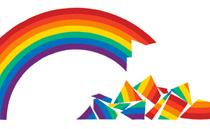
LGBTQ Wellness
Notes: Risk Factors
Some of the health concerns and risk factors that are
relevant to LBGTQ individuals may be shared by the
general population, while others are more specific to
the LGBTQ community, and still others are specific to
different subgroups of LGBTQ individuals. These health
concerns may be grouped into the following areas of
concern:
Sexual behavior issues: STDs such as human
immunodeficiency virus (HIV) and acquired immune
deficiency syndrome (AIDS), hepatitis A virus (HAV),
hepatitis B virus (HBV), bacterial vaginosis, gonorrhea,
chlamydia, and genital warts (human papillomavirus or
HPV); anal, ovarian, and cervical cancer.
Cultural issues: body image, nutrition, weight, and
eating disorders; drug and alcohol abuse; tobacco use;
parenting and family planning.
Discrimination issues: inadequate medical care;
harassment at work, school, or home; difficulty in
obtaining housing, insurance coverage, or child custody;
violence.
Sexual identity issues: conflicts with family, friends,
and work mates; psychological issues such as anxiety,
depression, and suicide; economic hardship.
Unique Strengths of LGBTQ Community
Guide: Depression and Anxiety in LGBTQ People
BBC Video: LGBTQ People and Mental Health Problems
Info:
Body Shaming and Fatphobia
What Doesn't Kill You Makes You Stronger
US Health & Human Services Reports: LGBTQ Health and
Wellbeing
Foundation for Better Understanding: The
Health of LGBTQ People
Pride Mind: Do You Have a
Mental Health Issue?
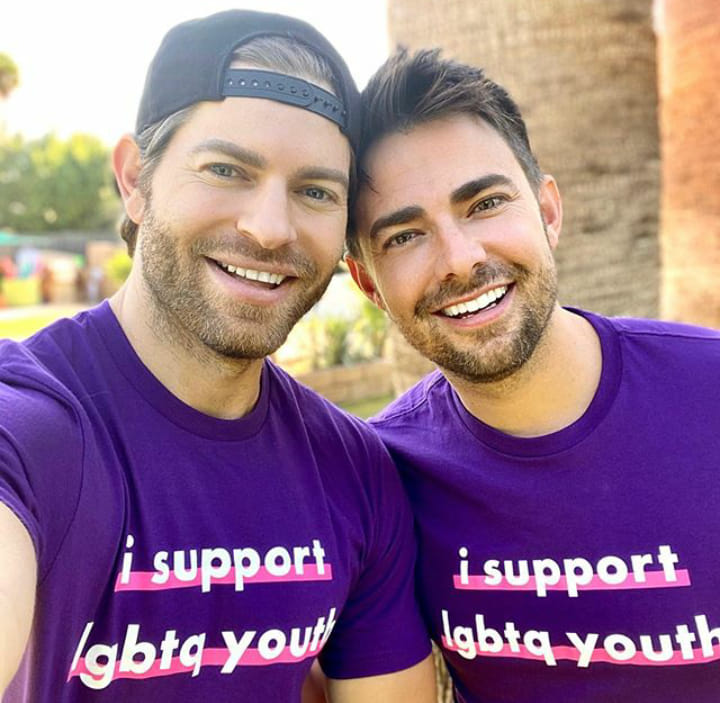
Resilience in
LGBTQ Youth
Challenges LGBTQ Youth Confront
--Some 6%-10% of youth identify themselves as LGBTQ.
Youth are “coming out” at earlier ages; as early as 13
years of age.
--80% of LGBTQ high school students report being
verbally harassed, teased and 70% report being targets
of sexual harassment and recipients of threats of
physical harm because of their sexual orientation.
--80% report having been the target of mean rumors or
lies. Some have been physically harmed.
As a
result, they experience school as a “hostile
environment,” and they are more likely to miss days
attending school.
--63% felt
unsafe at school because of their sexual orientation.
--29% skipped a day of school in the past month because
of safety concerns. 28% of LGBTQ youth drop out of
school due to harassment.
--LGBTQ youth often feel stigmatized, marginalized,
excluded, ridiculed, victimized and fear disclosure
(outing).
--The impact of such verbal and physical assaults are
lower self-esteem, loneliness, isolation, lower academic
performance, increased risk of anxiety, depression and
suicide attempts.
--LGBTQ youth have a greater risk for suicide ideation
and higher rates of suicide attempts than their
heterosexual peers.
--LGBTQ youth are more than twice as likely to attempt
suicide as their heterosexual peers, according to the
Center for Disease Control and Prevention. The presence
of comorbid psychiatric disorders such as depression,
conduct disorders and substance abuse significantly
increase suicidal risk.

Why is Depression More Prevalent in the LGBTQ Community?
Video: Sociocultural and Behavioral Detriments to LGBTQ
Health
On the Job: LGBTQ People and Mental Health Issues
30% of LGBTQ Youth Say Their Mental Health Is Poor
NAMI:
How Mental Health Conditions Affect LGBTQ Community
What I Be:
Insecurities and Images
Mental Help: Mental Health in the LGBTQ Community
High Rates
of Depression Among Rural LGBTQ
Population
LGBTQ Issues: Counselor Ethics
Approximately 30% of LGBTQ youth attempt suicide at
least once. Among those, approximately half have
reported that the suicide attempt was related to their
sexual orientation. Rates for suicide attempts in this
population are commonly higher for male teenagers
compared to their female peers. Factors associated with
LGBTQ-related suicide attempts include early openness
about sexual orientation, being considered gender
atypical in childhood by parents, and parental efforts
to discourage gender atypical behaviors. In a
longitudinal study of specific risk factors in LGBTQ
youth ages 16 to 20, a history of suicide attempts,
impulsive behaviors, LGBTQ victimization and low social
support were associated with greater suicidal ideation.
This higher rate of suicide attempts occurs, especially
if their gender identity has remained secret and there
is accompanying anxiety over disclosure.
In a typical high school class of 30 students, one
student will seriously consider suicide, 2 or 3 (one boy
and two girls) will attempt suicide, and one student
will make an attempt sufficiently harmful to require
medical attention.
The challenges and impact vary for different subgroups,
whether the youth is gay, lesbian, bisexual or
transgender. For instance, transgender youth have the
highest risk of self-harm and can be more stigmatized by
peers than gay and lesbian youth. Sexual minority youth
are particularly vulnerable. There is a need not to lump
all of the LGBTQ youth into one group and a need to
address their unique challenges.
It has been estimated that 1 in 8 youth in the US run
away from home before age 18, and 40% do not return
home. 40% of homeless youth are LGBTQ. The families’
rejection of the youth’s sexual orientation is often a
major factor contributing to runaways.
In a recent study of LGBTQ youth who live on the streets
of New York City , Meredith Dank reported that they
often use "survival sex" in order to cope with
homelessness and poverty.
--20-60% of youth in Child Welfare identify themselves
as LGBTQ.
--13% of the detention population identify themselves as
LGBTQ.
--20-33% of girls in the juvenile justice system have
self-identified as being homosexual.
--LGBTQ youth are less likely to receive
psychotherapeutic treatment, where it is indicated. For
instance, one half of those who are clinically depressed
do not receive any treatment.
Foundation for Better Understanding: The
Health of LGBTQ People
Why is Depression More Prevalent in the LGBTQ Community?
Video: Sociocultural and Behavioral Detriments to LGBTQ
Health
On the Job: LGBTQ People and Mental Health Issues
NAMI:
How Mental Health Conditions Affect LGBTQ Community
What I Be:
Insecurities and Images
Mental Help: Mental Health in the LGBTQ Community
How to Find an LGBTQ Friendly Therapist
High Rates
of Depression Among Rural LGBTQ
Population
Beacon of Hope Counseling Services
(Mesa, Arizona)
LGBTQ Issues: Counselor Ethics

Resilient Behaviors of LGBTQ Youth
In spite
of these cumulative stressors, LGBTQ youth evidence a
wide range of resilient-engendering behaviors:
--Resistance to Stereotypes
--Connectedness with Supportive Others
--Self-care Behaviors
--Social Activism
--Cognitive and Behavioral Flexibility
Examples of Coping Strategies Used by LGBTQ Youth
Resistance to Stereotypes
--Resist stereotypes associated with sexual attitudes of
what it is to be masculine or feminine.
--Consider what is good about being LBGTQ.
--Experiment with gender roles. The ability to display
both masculine and feminine traits. Free oneself from
ideas of what it means to be a “man” or a “woman.”
--Belief in being who I am. Find enjoyment in being
LGBTQ.
--Have a sense of freedom. Feel stronger for rejecting
stereotypes.
--Not conceal sexual orientation and gender identity
behind something or someone.
"The
presence of at least one caring, emotionally available
person at some point (even briefly) in the person’s life
is a necessary
prerequisite to the development of resilience."
-Dyer &
McGuiness
Connectedness with supportive others
--Have
someone to share daily experiences. Develop a supportive
network. Find an “ally” at school and at home.
--Seek support from others (school, counselor,
psychologist, social worker, supportive minister), or
from a website that provides advice from teens.
--Feel connected with others who are going, and who have
gone through, similar experiences. Benefit from others’
experiences.
--Be a member of social support group. Hang around with
other LGBTQ people.
--Visit websites, read books, attend concerts and
meetings that help you become more resilient.
--Contribute to websites, social media, blogs, and chat
lines.
--Join Gay-Straight Alliance Club and “It gets better”
groups at school.
--Attend local support centers and related activities.
--Identify a "chosen family" to connect with when
biological family has rejected them.
--At school, find an ally (teacher, coach, counselor,
peer) who can be supportive and non-judgemental
Why is Depression More Prevalent in the LGBTQ Community?
Video: Sociocultural and Behavioral Detriments to LGBTQ
Health
On the Job: LGBTQ People and Mental Health Issues
NAMI:
How Mental Health Conditions Affect LGBTQ Community
What I Be:
Insecurities and Images
Mental Help: Mental Health in the LGBTQ Community
High Rates
of Depression Among Rural LGBTQ
Population
Why I Needed to See a Queer Therapist
(And How You Can Find One Too)
LGBTQ Issues: Counselor Ethics
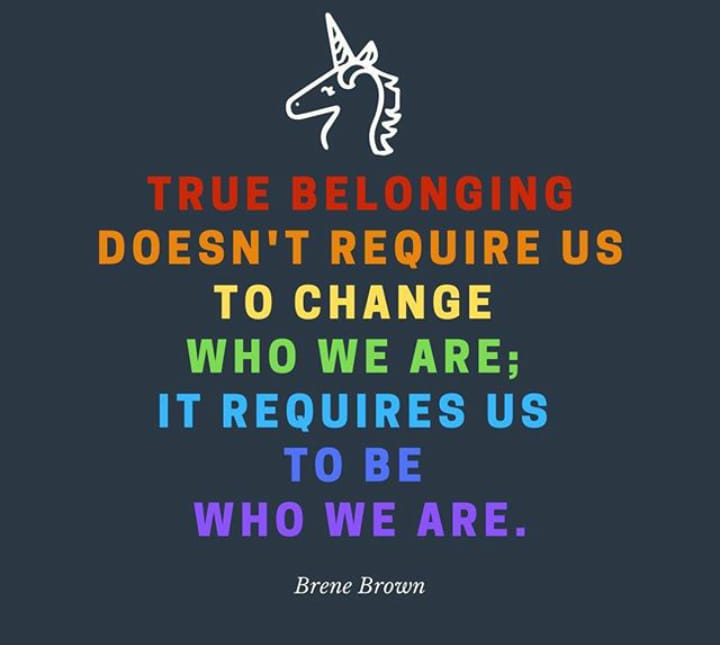
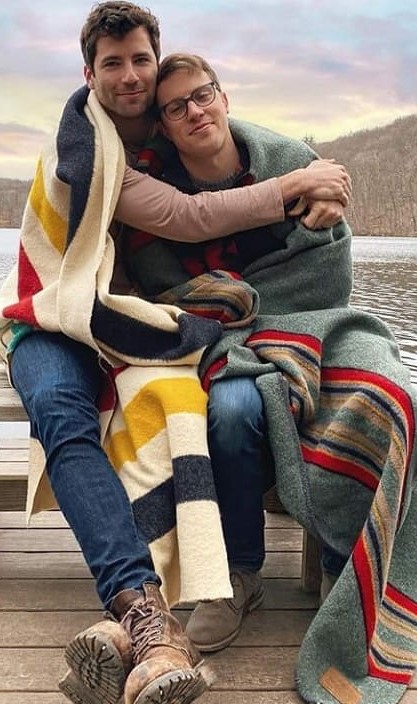
Self-care
--Be safe and responsible to take care of one-self.
--Make “smart” decisions about sexual activities. Use
condoms, avoid risky situations to avoid
sexually-transmitted diseases and HIV.
--Engage in physical self-care. Avoid “high risk”
activities such as drug use, risky sexual activities,
antisocial delinquent activities, and the like.
--Avoid unsafe places.
--Be careful who you disclose to about your sexual
orientation. The world is filled with homophobic and
transphobic individuals and groups. Be vigilant and
cautious when necessary. Use your risk assessment
skills.
--Check to see if your personal space is safe and
positive. Sometimes you may need to hide who you are and
be safe, and that is “okay”.
--Engage in emotional self-care (seek help when needed,
use relaxation, mindfulness and meditation procedures,
seek opportunities to experience positive emotions of
empathy, compassion, forgiveness, joy, gratitude, and
the like.)
Engage in Social Activism
--Have a desire to be knowledgeable about issues that
affect the LGBTQ community.
--Learn about the history of the LGBTQ community
activities and sacrifices of others. Collect a list of
names of famous people who are gay, lesbian, bisexual
and transgender in the past and present. Look to them as
role models.
--Educate and support other LGBTQ individuals. Promote
well-being in younger LGBTQ youth.
--Educate others about the need to fight stereotypes,
myths and misconceptions.
--Participate in community activities such as political
rallies, public forums, gay activities, educational
endeavors. Gain strength through advocacy. Engage in
empowerment projects.
--Be assertive, where you think it is appropriate. For
example, how do you respond when you hear people say,
“That’s so gay”, or when you witness discrimination
because of sexual orientation and gender?
Cognitive and Behavioral Flexibility
Resilient LGBTQ youth demonstrate flexibility in
selecting from the various coping strategies in meeting
varied demands and challenges. They evidence
meta-cognitive executive skills of “noticing, planning,
monitoring, evaluating, reflecting, sharing with others,
enlisting help, and engaging inbehaviors that contribute
to their acceptance and self-care.”
[Source: Donald Meichenbaum, PhD, Distinguished
Professor Emeritus, Univ of Waterloo, Ontario, Canada
Research Director of Melissa Institute for Violence
Prevention, Miami, Florida]

Unique Strengths of LGBTQ Community
What’s Good About Being Gay?:
Perspectives From Youth
If Your Sexual Orientation is Accepted by Society You
Will be Happier
Guide: Depression and Anxiety in LGBTQ People
Internalized Homophobia: What is it? And
How Do You Overcome it?
Kelsey Darraugh: Bisexual
Comic Gets Real About Mental Health
Healthline: Finding an LGBTQ Affirming
Therapist
Info:
Body Shaming and Fatphobia
BBC Video: LGBTQ People and Mental Health Problems
What Doesn't Kill You Makes You Stronger
How to Cheer Someone Up: Ways to Make a
Friend Smile
Online Resources to Help LGBTQ Youth Find
Support
US Health & Human Services Reports: LGBTQ Health and
Wellbeing
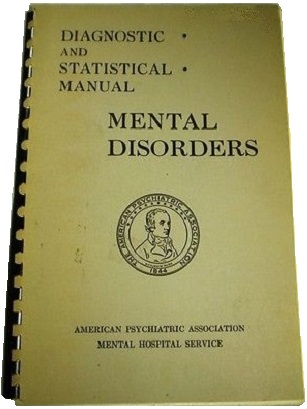
Homosexuality
Labeled as a Disorder
In 1952 the American Psychiatric Association (APA)
listed homosexuality as a “sociopathic personality
disturbance” in its first publication of the Diagnostic
and Statistical Manual (DSM) of Mental Disorders.
Immediately following the manual's release, many
professionals in medicine, mental health and the social
sciences criticized the homosexuality categorization due
to a lack of empirical and scientific data.
In 1973, twenty-one years later, this archaic and
unscientific classification was reversed.
How LGBTQ Activists Got Homosexuality out of the DSM
Gay Is Good: History of Homosexuality in the DSM and
Modern Psychiatry
Out of DSM: Depathologizing Homosexuality
Homosexuality in the DSM
When Homosexuality Stopped Being a Mental Disorder
LGBTQ
Psychological Concerns
Mental health practitioners are seeing a new cadre of
psychological concerns in their work with lesbian, gay,
bisexual and transgender clients. In the 32 years since
patrons of the Stonewall Inn challenged police who
raided the now-famous gay nightclub, lesbians, gays and
bisexuals have grown in personal and political power,
creating their own communities and finding acceptance in
traditional ones as well.
Conversations taking place in today's therapy offices
reflect this change. Although many LGBTQ people still
bring issues of discrimination and fear of rejection to
their psychologists' offices, they are just as likely to
discuss such mainstream issues as parenting and fears
about aging. Meanwhile, new trends have emerged in
therapy, too, as younger generations of LGBTQ people
wrestle with problems such as a resurgence of HIV
infection among gay male youth and changing identity
issues. Likewise, groups that have been more closeted,
including transgender people, are finding their voice
and appearing more often in treatment to work on
identity and relationship concerns.
"Some issues haven't changed much at all since
Stonewall, and others have changed dramatically,"
comments Doug Haldeman, PhD, a clinical faculty member
at the University of Washington and an APA Council
representative. "People still need help with coming
out--when, how and to whom. Some cultures within our
culture are still very homophobic." At the same time,
Haldeman says, psychologists are seeing "a whole host of
other issues related to the creation of LGBTQ families,
LGBTQ people in the workplace, generational differences
and the reality of multiple-minority identities--issues
that demand our best research and clinical skills."
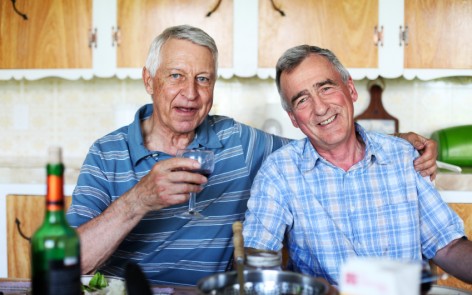
LGBTQ Issues:
Counselor Ethics
ZocDoc: Mental Health in the LGBTQ
Community
What’s Good About Being
Gay?: Perspectives From Youth
How to Find an LGBTQ Friendly Therapist
Talk Space: On-Line LGBTQ Therapy
On the Job: LGBTQ People and Mental Health Issues
Mental Help: Mental Health in the LGBTQ Community
Psychology Help: Best
LGBTQ Friendly On-Line Counseling
Pride Mind: Do You Have a
Mental Health Issue?
Generation gaps
Psychologists working with LGBTQ clients are finding the
need to tune in to generational differences, experts
note--whether it's understanding young LGBTQ clients'
new ways of thinking about their sexuality or assessing
reasons for depression in older gay men.
Many LGBTQ youth, for instance, now call themselves
"queer" as a blanket term for their community, and
they're more likely to accept variations in their ranks
than previous generations, says Beth Firestein, PhD, a
private practitioner in Loveland, Colo., and editor of
"Bisexuality: The Psychology and Politics of an
Invisible Minority", a compendium of research on
bisexuality. In communities that include lesbians and
bisexual women, for example, "there's more unity and
community, cooperation and friendly relationships now
than there was 10 or 15 years ago," she says.
Esther D. Rothblum, PhD, a professor of psychology at
the University of Vermont, agrees it's more common for
today's young LGBT people to express and accept fluid
gender and sexual identities. "In the generation before
mine, if you went to a lesbian bar and didn't identify
as either butch or femme, they'd think you were an
imposter," she says. "Now young lesbians are just as
likely to say they feel butch one day and femme the
next."
Another strong feature that distinguishes younger
lesbians from their Baby Boomer counterparts is their
lack of identification with the feminist movement, says
sex therapist Suzanne Iasenza, PhD, a professor of
counseling at the John Jay College of Criminal Justice
in New York. "Their attitude is, 'What does my sexuality
have to do with politics?'" says Iasenza. "You're not
likely to find them saying they're lesbian as a
statement against patriarchy or because they don't like
the way men take over their bodies or their lives."
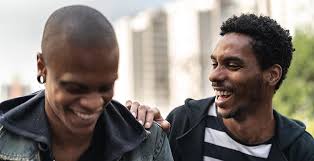
Recent Poll: 40% of LGBTQ Youth Considered Suicide
Psychology Help: Best
LGBTQ Friendly On-Line Counseling
Mental Health Support Hotlines
On the Job: LGBTQ People and
Mental Health Issues
NAMI:
How Mental Health Conditions Affect LGBTQ Community
Anxiety and
Depression Association of America: LGBTQ Community
2018 Survey: LGBTQ Youth
and Suicide
Talk Space: On-Line LGBTQ Therapy
SAIGE: Society
for Sexual, Affectional, Intersex, and Gender Expansive
Identities
Family Doctor: LGBTQ Mental Health Issues
Mental Help: Mental Health in the LGBTQ Community
Gay men, young and aging
Some young gay men are presenting a serious challenge
for practitioners. Since protease inhibitors were
introduced in the mid-1990s, researchers have reported a
surge in the number of young gay men who practice unsafe
sex, known these days as "barebacking," in part because
they thought the drugs would protect them from HIV's
worst effects.
Columbia University HIV-prevention researcher and
clinician Alex Carballo-Dieguez, PhD, says that in
addition to barebacking, he's spotting a body-image
problem among his young gay clients. "Twenty years ago,
your body image was about what you wore, how you wore
your hair and so on," Carballo-Dieguez says. "Now, it's
about the transformation of the body itself. These guys
want to reshape their bodies to make them look a certain
way"--muscled and perfectly toned. "A lot of times
that's achieved with chemicals, hormones and even
surgery," he says. This obsession becomes especially
problematic when it comes to partner-shopping, with
clients looking for Mr. Right only if he's also Mr.
Buff, Carballo-Dieguez says.
To combat this problem, he has clients walk through
their own sexual and emotional histories and take a
realistic look at themselves. "They get to see that
they've never been satisfied with the guys they score
with," he says. "They're never certain that they're
attractive enough or that the other person's attractive
enough." This insight can help them stop the
appearance-obsessed merry-go-round, he says. Gay men in
their 40s and 50s also bring a "looks" challenge into
therapy, says Haldeman.
"Middle-aged gay men face tremendous challenges because
we grew up in such a youth-oriented gay culture," says
Haldeman, who's 50. "Thirty-five is seen as old, and 50
is ancient! That's a blow to our narcissism. Not only
are we not the pretty things when we walk into the bar,
we're the age of the parents of the pretty things."
Haldeman urges such clients to take a life inventory, to
look at the past and see what's valuable there. "They
need to ask themselves, 'Am I on a path where, when I
look back, I'll be satisfied with my life?'" he says.
The silver lining to their aging regrets: "Thank God
we're aging," Haldeman adds. "We buried so many of our
generation years ago. So we have a special joy and
appreciation of life that we might not otherwise have
had."
Huff Post: LGBTQ Wellness
Pride Counseling
30% of LGBTQ Youth Say Their Mental Health Is Poor
What’s Good About Being Gay?:
Perspectives From Youth
How to Find an LGBTQ Friendly Therapist
Pride Mind: Do You Have a
Mental Health Issue?
Internalized Homophobia: What is it? And
How Do You Overcome it?
How to Cheer Someone Up: Ways to Make a
Friend Smile
Online Resources to Help LGBTQ Youth Find
Support

Coming
out, parenting
LGBTQ clients of all ages are still likely to face
coming-out issues, clinicians report. Young people,
though, are more likely to face a host of
post-coming-out problems, since many are likely to
already have come out to their parents, says Marny Hall,
PhD, a psychotherapist and researcher in the San
Francisco Bay area. While that's often good news, she
observes, often their parents' acceptance is
conditional. "Parents tend to display a sort of limited
tolerance for their 'queer' kids--what I call tolerance
without equality," Hall says. "The clients I see are
constantly confronted with issues like this."
LGBTQ clients are also dealing with the flip side of
that equation: being parents themselves. Many lesbians
and gay men are the first generation of homosexuals to
have children who are becoming teens. Some have found
that while as younger children they had no problem
accepting their gay parents, as they move into
adolescence, some teens start to feel embarrassed by
their parents' homosexuality, says Haldeman. "Some young
people are really conflicted and may try to hide the
fact they have two same-sex parents by having the
parents pick them up from school in some secret
location," he says--dynamics that affect the child's
relationship with parents and peers and the parents'
relationship.
Another spin on the parenting issue is that today, gays
and lesbians have children not only from dissolved
heterosexual marriages, but from broken-up gay
relationships as well, Hall adds. Conflicts involving
children of same-sex unions present particular
difficulties because the legal ground for same-sex
couples and their child-custody rights "is shifting all
the time," she says. "When there are no clear
guidelines, what often substitutes are conflicts within
the couple," Hall says. "Relationship problems can
really get played out in this arena." Psychologists are
helping these clients separate parenting problems from
relationship problems and devising solutions that don't
require legal structures to implement, she says.
Info: Addiction
and Recovery
Best On-Line Therapy
Services for the LGBTQ Community
Guide: Depression and Anxiety in LGBTQ People
BBC Video: LGBTQ People and Mental Health Problems
Counseling Today: Promoting LGBTQ Wellness
Why I Needed to See a Queer Therapist (And How You Can
Find One Too)
High Rates
of Depression Among Rural LGBTQ
Population
Scientific Report: Gay Couples are Less
Stressful
Info: Body
Shaming and Fatphobia
Honoring Richard Friedman:
Groundbreaking Psychoanalytic
Perspective of Homosexuality
Foundation for Better
Understanding: The Health of LGBTQ
People
Gay Man and His Psychologist
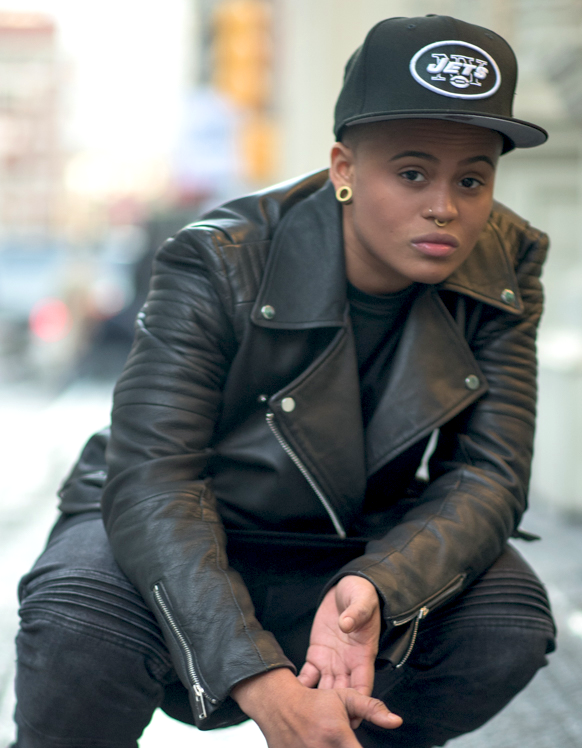

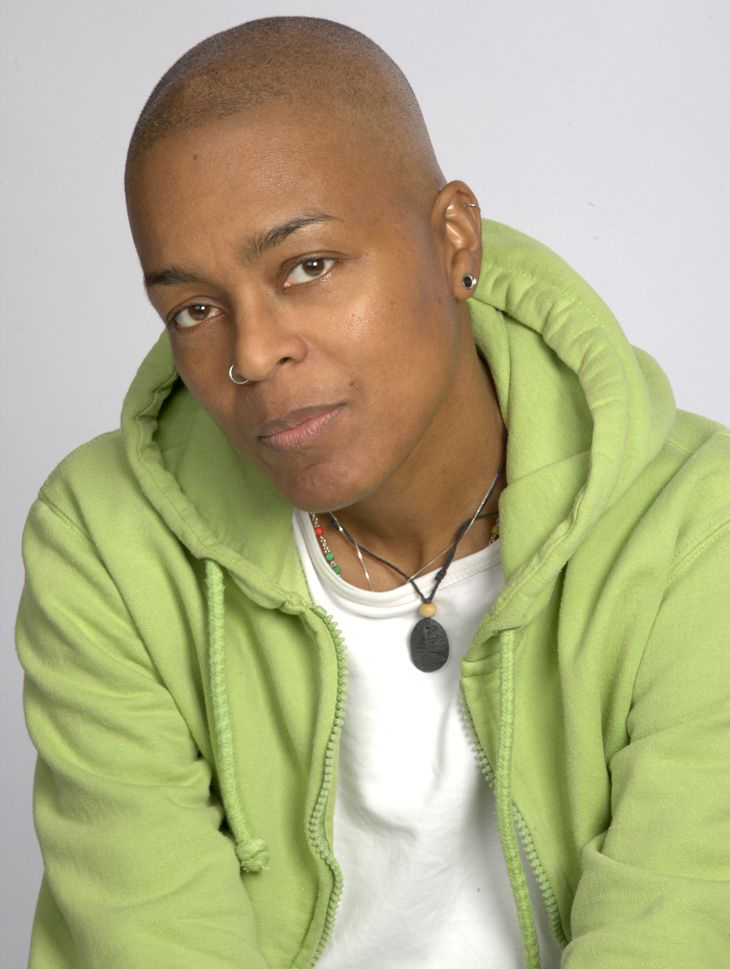

Gender-blending and fluid identities
A final theme clinicians report in their practices is
more questioning and fluidity around gender identity and
sexual attraction. While these issues are central in the
lives of transgender people, others are questioning
these elements of identity and expression too,
therapists report.
"Gender identity and sexual identity issues have frayed
more and more around the edges," says Hall. And there's
a greater emphasis on the "questioning" category. On one
hand, there's a push for LGBTQ young people to come out
at earlier ages, she notes; on the other, more young
people are pausing indefinitely in what she calls the
"lingering" category. "There are no more givens about
gender identity," she says. "Young people don't take
sexual identity for granted."
Bisexuals represent another group that turns
conventional thinking on its head, says Firestein.
"Often bisexuals want to label themselves as lesbian or
gay because occupying a middle ground is so difficult in
a culture that dichotomizes sexual orientation and
gender identity," she says. Conventional thinking has it
that if bisexuals are attracted to people of both sexes,
they must have more than one partner, and that defies
society's value on monogamy. Bisexuals tend to
internalize this social tension, Firestein says, so a
common therapeutic question is, "If I identify as
bisexual, what does that mean about my choice of
partners?"
To help bisexual clients face this concern, Firestein
conducts an exercise demonstrating that the number of
partners you have and your sexual orientation exist on
different dimensions. As two examples, you can be
monogamous and bisexual, and you can be heterosexual and
have more than one sexual partner.
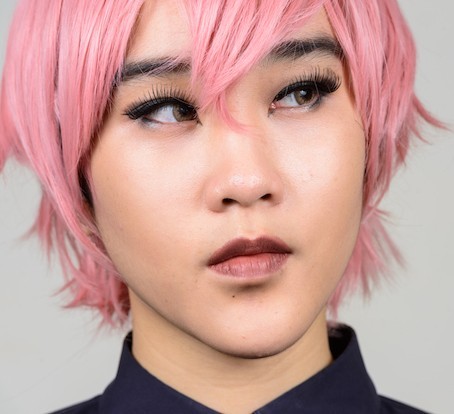


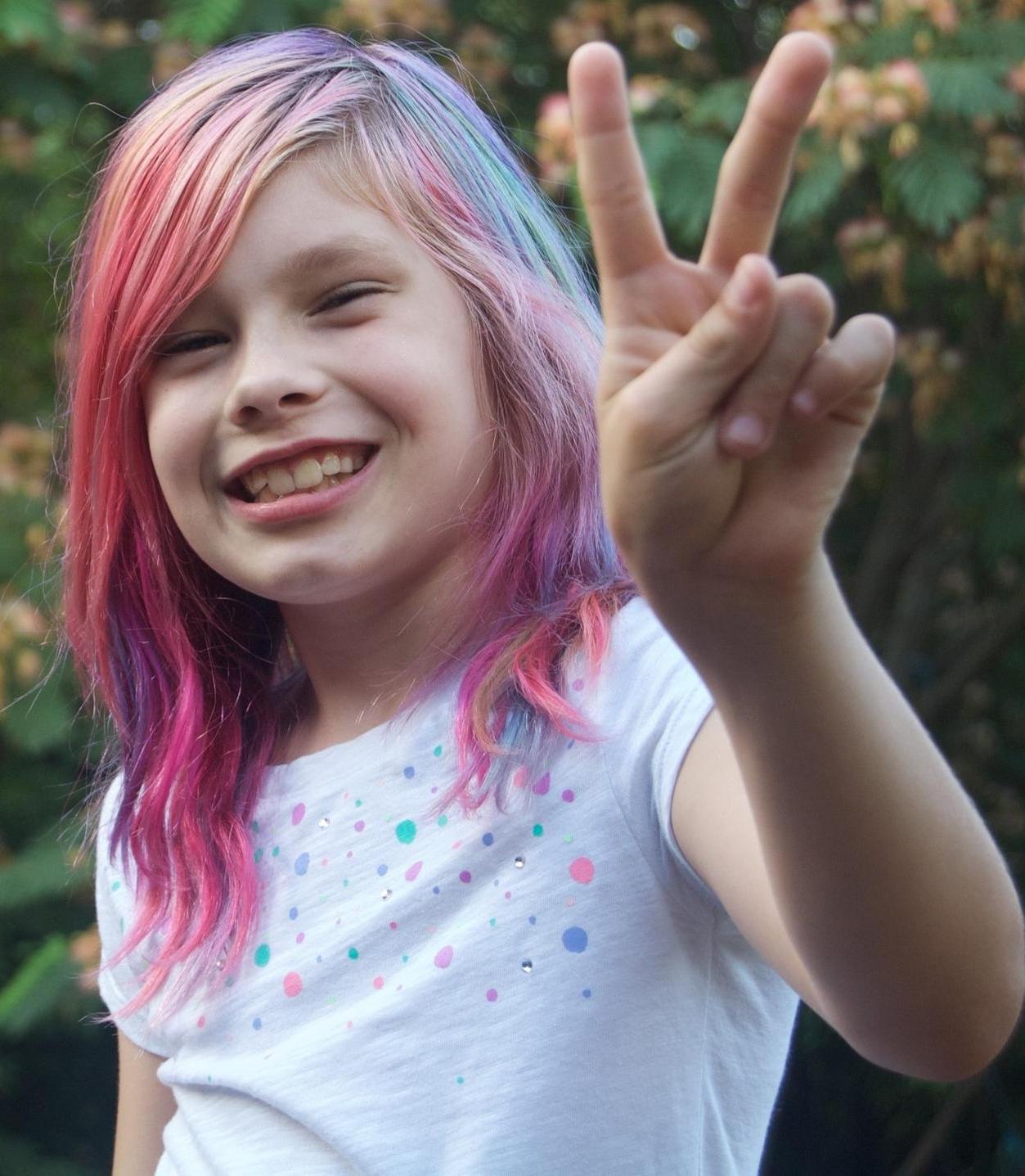
For transgender folks (people who have nontraditional
gender identity or expression) issues include coming to
terms with their feelings about their true gender and
then deciding whether and how to act on those feelings.
In her work with transgender people, New York City
private practitioner and gender expert Katherine Rachlin,
PhD, notes that transgender people struggle not so much
with who they are as with finding ways to fit into a
society that doesn't understand them. She says that
transgender people, who do not identify as either male
or female, sometimes work on accepting a fluid gender
identity. More often, Rachlin says, they choose to
identify as one gender or the other because it's too
challenging to live in a gender-dichotomous society
otherwise.
Therapy with transgender people requires extra education
and perception, Rachlin believes. She spent hundreds of
hours with this community before she had a good
understanding of how to work with "trans" clients, she
says. In her 15 years of being involved with the trans
community, Rachlin has appreciated learning a new and
different way of looking at gender. "There's a great
mystery that underlies transgenderism, and it does
change the way you see the world," she says. "I had to
redefine male and female, man and woman, for myself.
These concepts are now disproven to me."
[Source: Tori DeAngelis, Syracuse, NY, Feb 2002]
30% of LGBTQ Youth Say Their Mental Health Is Poor
APA: New Generation of Issues for LGBTQ Clients
ZocDoc: Mental Health in the LGBTQ
Community
NAMI:
How Mental Health Conditions Affect LGBTQ Community
Kelsey Darraugh: Bisexual
Comic Gets Real About Mental Health
Healthline: Finding an LGBTQ Affirming
Therapist
Pride Counseling
Mental
Health Challenges for LGBTQ Youth
Why is Depression More Prevalent in the LGBTQ Community?
Unique Strengths of the LGBTQ
Community
In the face of
oppression, minority groups develop unique LGBTQ
strengths and character traits.
It sometimes feels like
every day brings with it a new study about minority
stress, reports about public policy that neglects or
harms LGBTQ Americans, or a news item about the horrific
treatment of transgender people in the workplace. And
while it’s hugely important to identify and discuss the
microaggressions and overt discrimination that all LGBTQ
people face, this continued emphasis on the negative
aspects of being an LGBTQ individual is ultimately an
incomplete picture of what it means to be queer these
days and can lead to self-perpetuating patterns of
defeatism.
The persistence that’s
been required of the LGBTQ community in the face of
continued oppression has actually given way to a unique
set of strengths. While our backgrounds are as distinct
and varied as our personalities, LGBTQ individuals are
strong, creative, funny, interesting, and above all,
resilient. Research shows that for the queer community,
what doesn’t kill us really does make us stronger.

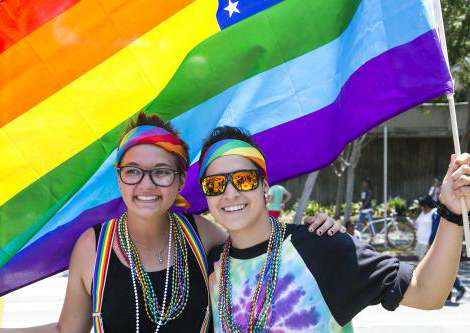
We’re Socially
Intelligent
Studies show that LGBTQ
people tend to possess high levels of social
intelligence and the skills related to perceiving and
using emotional information to make decisions in social
interactions. LGBTQ people have the ability to get along
with others, get them to cooperate with you, and
successfully navigate complex interpersonal
interactions.
Researchers suggest that
the experience of being a sexual or gender minority
actually fosters social and emotional intelligence. For
example, it was found that bisexual people are more
capable of modifying their behavior to address unique
situations and problems compared to both their
heterosexual and homosexual counterparts — a trait that
researchers describe as “cognitive flexibility.” Another
study found that trans men and women had high levels of
social intelligence, based on insights into what it
means to experience life beyond the gender binary.
Because LGBTQ individuals
are statistically more likely to be minorities in group
settings, they learn to modify their behaviors and
reactions in order to minimize aggression or suspicion
from their peers. This generally results in the ability
to “read a room” and evaluate the “correct” social
responses. And while these motivations are symptoms of
an insidious, culturally enforced intolerance, they’ve
given way to an adaptive social skill set that
cisgendered heterosexual people are less likely to
possess.
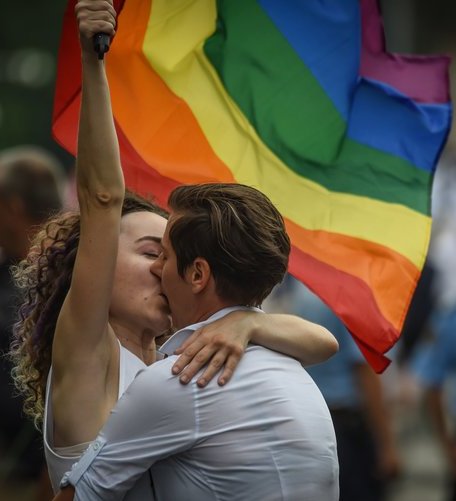
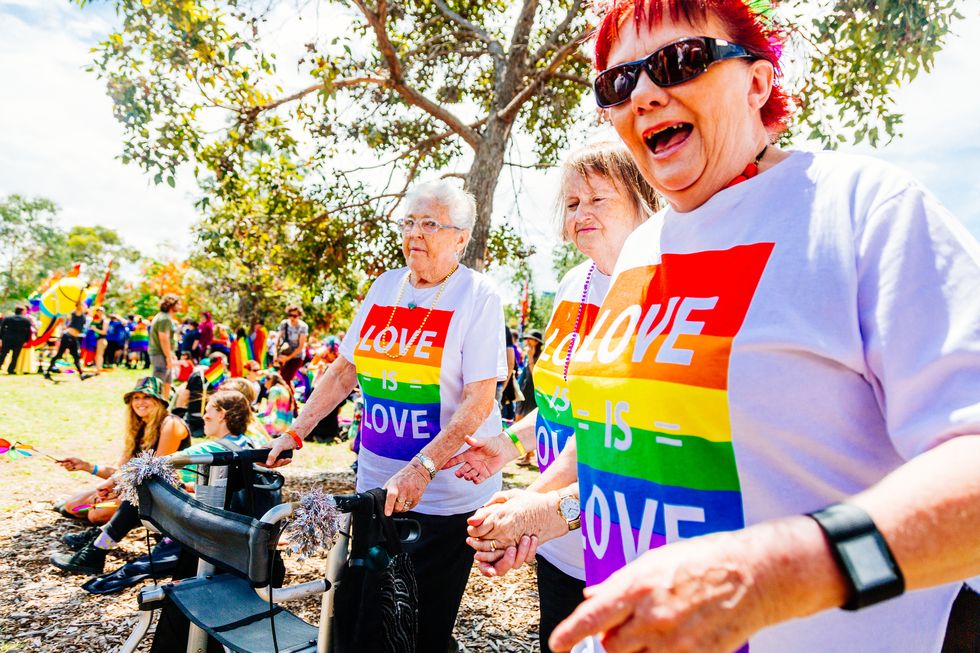
Unique Strengths of LGBTQ Community
Holding Hands Makes LGBTQ People Feel Happy, Accepted
and Visible
Guide: Depression and Anxiety in LGBTQ People
BBC Video: LGBTQ People and Mental Health Problems
Info:
Body Shaming and Fatphobia
What Doesn't Kill You Makes You Stronger
US Health & Human Services Reports: LGBTQ Health and
Wellbeing
Foundation for Better Understanding: The
Health of LGBTQ People
Pride Mind: Do You Have a
Mental Health Issue?
How
to Cheer Someone Up: Ways to Make a Friend Smile
Online Resources to Help LGBTQ Youth Find
Support
We’re Courageous
Research shows that,
because LGBTQ individuals are essentially required to
cope with near-constant minority stress, bravery is
likely to be an LGBTQ strength. In a culture where
threats of physical violence, job discrimination, social
exclusion, and political inequality are condoned by the
federal government, the LGBTQ community encounter
near-constant risks that their heterosexual counterparts
rarely face. The process of coming out and confronting
heteronormativity on a daily basis requires bravery on a
daily basis.
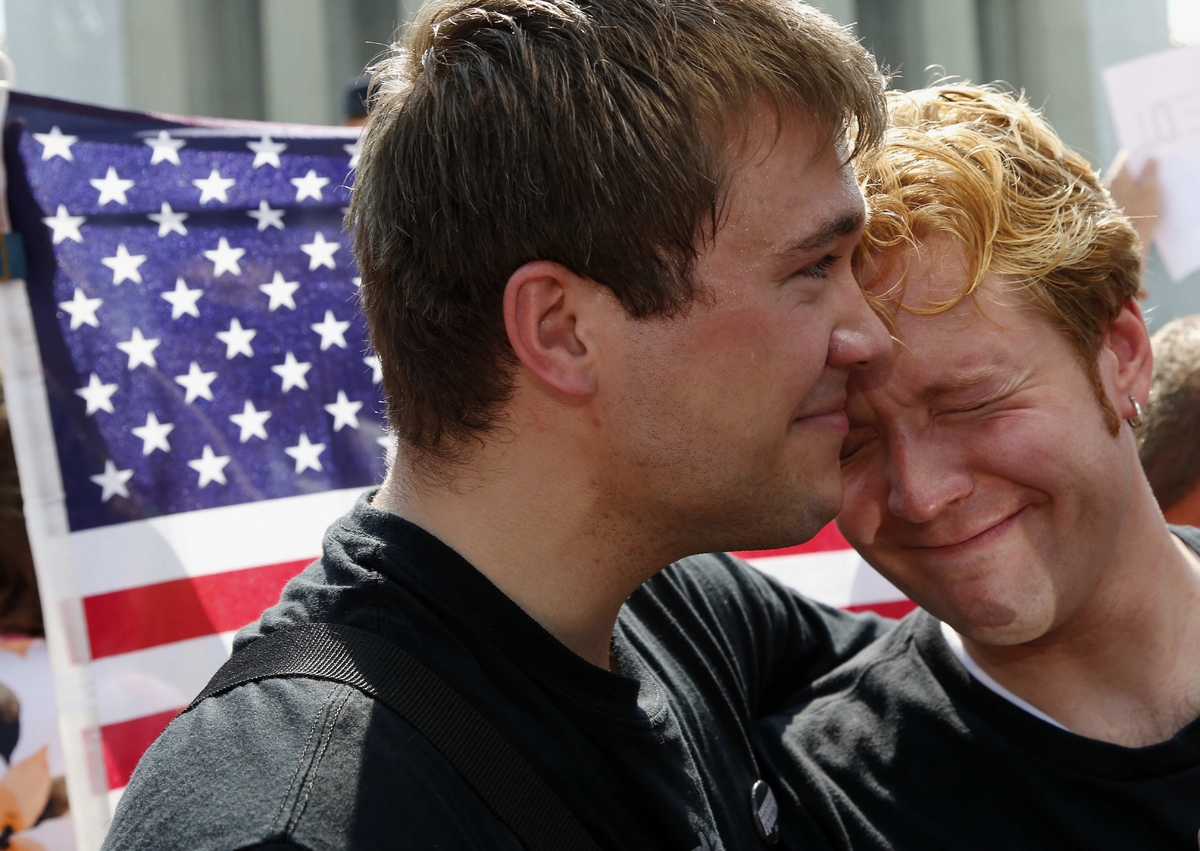
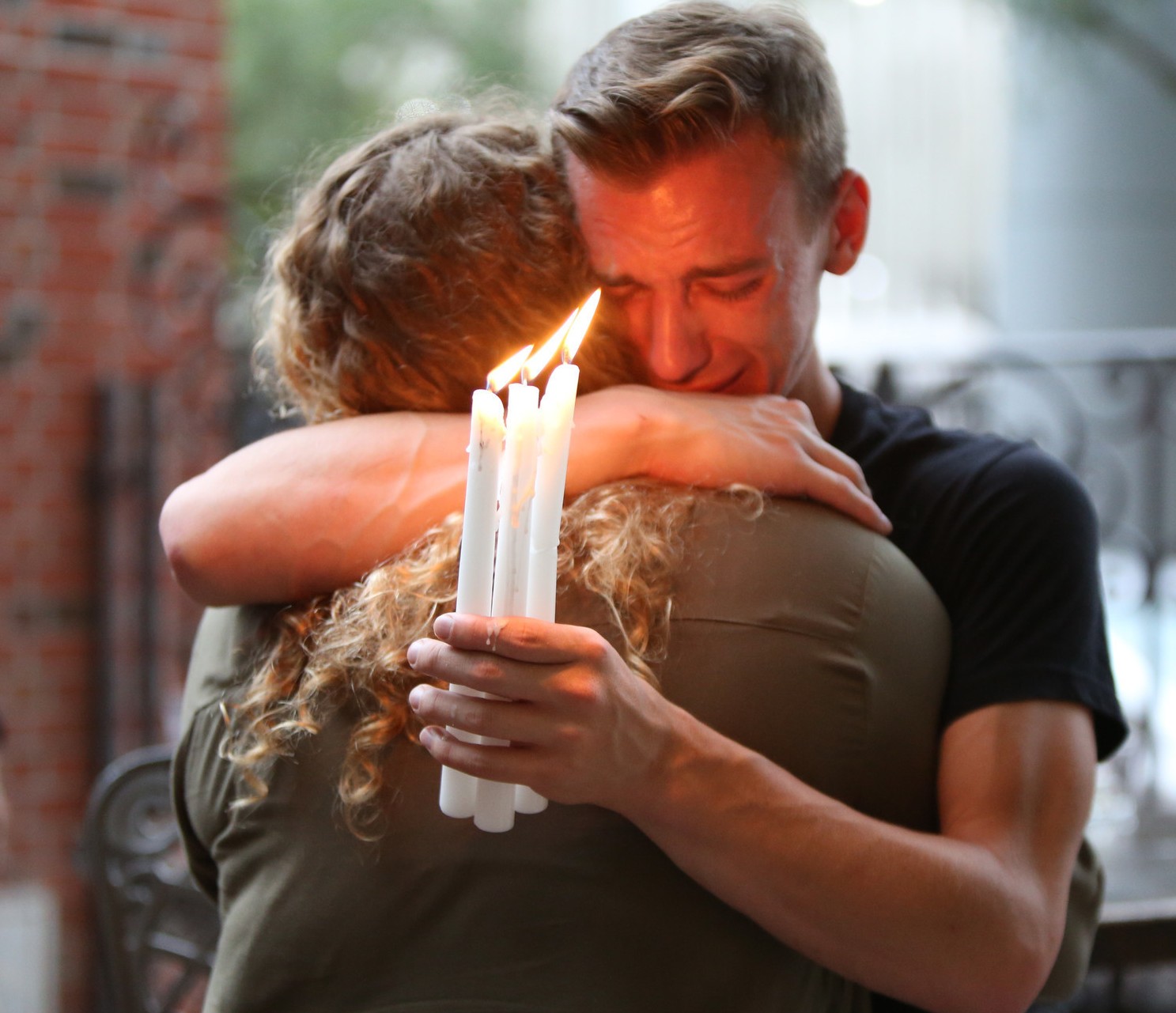
We’re Empathetic
When surveyed, LGBTQ
people indicate that the process of coming out involves
a tremendous amount of personal insight and reflection —
exercises that ultimately improved their ability to
empathize with others. This self-reinforcing chain
positively reclaims power for individuals and reinforces
good stereotypes while disrupting negative ones. LGBTQ
people transform reactions to institutionalized
oppression and stigmatization into empathy and social
activism.

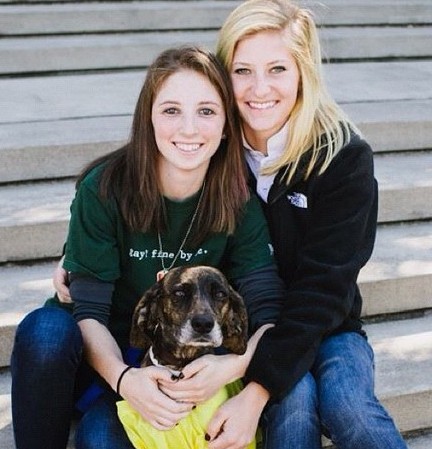
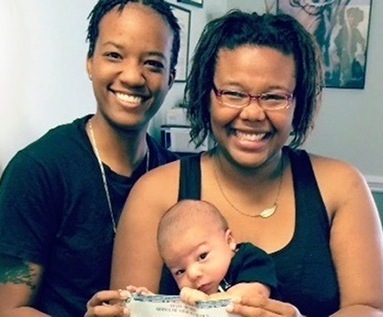
We’re Authentic
LGBTQ people feel less
pressure to conform to societally defined roles and
narratives like getting married or having children on a
certain timeline — or at all. Other themes included
freedom from gender-specific roles within relationships
or society at large, freedom to explore sexuality and
relationships, and freedom to enjoy egalitarian
relationships, which all lead to authenticity being a
particular LGBTQ strength. One lesbian explained that
being lesbian allows us to choose to have children and
how to raise children in ways not claimed by straight
women. One gay man noted that there is less pressure on
gay men to have children and, as such, the decision for
a gay man to have or not to have children may involve a
healthier process.

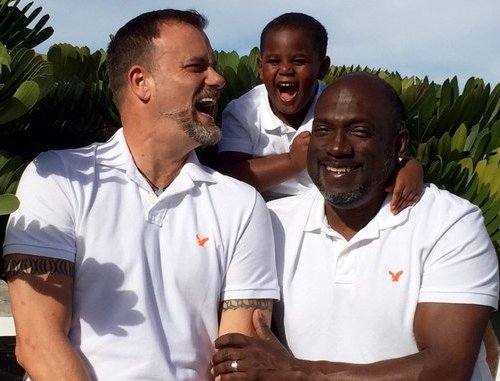
How to Find an LGBTQ Friendly Therapist
Addressing the Mental Health of LGBTQ Students
Out Actor Jonathan Bennett Talk About Common LGBTQ
Mental Health Challenge
Mental Health Tips for LGBTQ People Under Lockdown
Coping Tips for Coronavirus Fears and Anxiety
Here's How You
Can Support the LGBTQ Community
Kelsey Darraugh: Bisexual
Comedian Gets Real About Mental Health
Recent Poll: 40% of LGBTQ Youth Considered Suicide
ZocDoc: Mental Health in the LGBTQ
Community
Gender-Affirming Hormones: Early Access Linked to Better
Mental Health
We’re Resilient
On a daily basis, LGBTQ
people are faced with oppression from political and
social forces and have to find construction ways to
cope. When LGBTQ individuals are actively involved as
change agents they are better insulated against the
damage wrought by anti-LGBTQ politics and legislation.
Becoming involved enhances individuals’ ability to cope
and builds resilience for the future. Nearly three
quarters of LGBTQ individuals demonstrated at least one
of five “resilience factors” that helped them in coping
with adversity, including social support, connection
with the LGBTQ community, emotional coping,
self-acceptance, and positive reframing.
Because LGBTQ individuals
are more likely to face identity-related discrimination
and accompanying emotional hardships than their straight
counterparts, they often have no choice but to develop
resilience. This breeds a unique strength of character
that is not so ubiquitously present in majority groups.
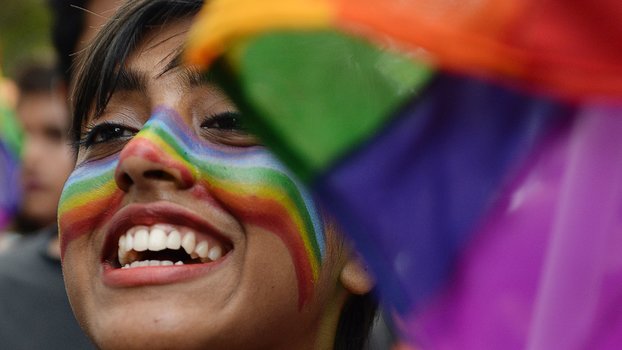
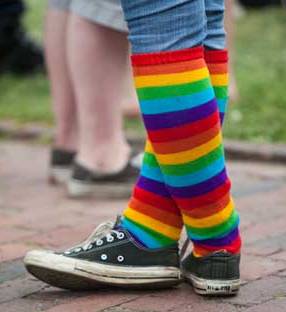
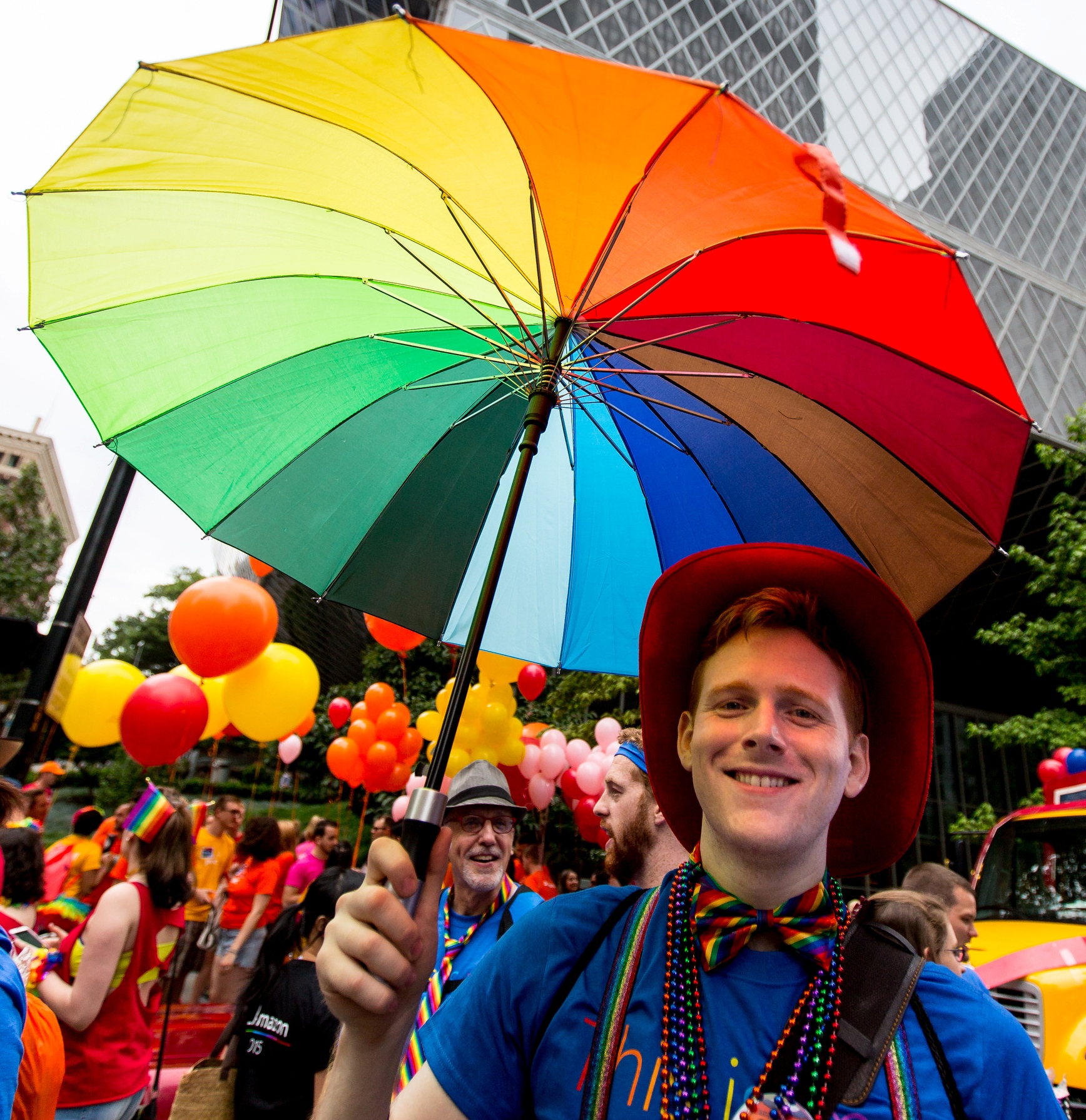
We’re Highly Creative
The experiences of LGBTQ
individuals have not only necessitated heightened social
awareness and resilience, but creativity in how queer
people choose to craft their own stories and invent
themselves. Without established narratives against which
to chart their experiences, members of the LGBTQ
community have been liberated to form tight-knit social
circles, families of choice, and safe spaces that
celebrate shared identity traits. Creativity is largely
seen as an LGBTQ strength, and there is quite a bit of
evidence to support that LGBTQ people tend to be
creative.
Focusing on the Positive
It’s imperative that
research into the LGBTQ experience look beyond the
negative aspects of belonging to a sexual or gender
minority group. Ultimately, only looking at the
hardships we face ignores the incredible things we’ve
built despite those hardships. And while raising
awareness into the realities of both the systemic and
social discrimination that we face on a daily basis is
necessary, so too is examining the ways in which our
community has persevered and grown.
Equipped with empathy,
resilience, strength of character, and a tight-knit
community support system, there’s no telling what we’ve
yet to accomplish.
[Source: Lighthouse 2018, Michelle D. Vaughan & Eric M. Rodriguez 2014, Julie Konik & Mary Crawford 2014, Laura Brown 1989]
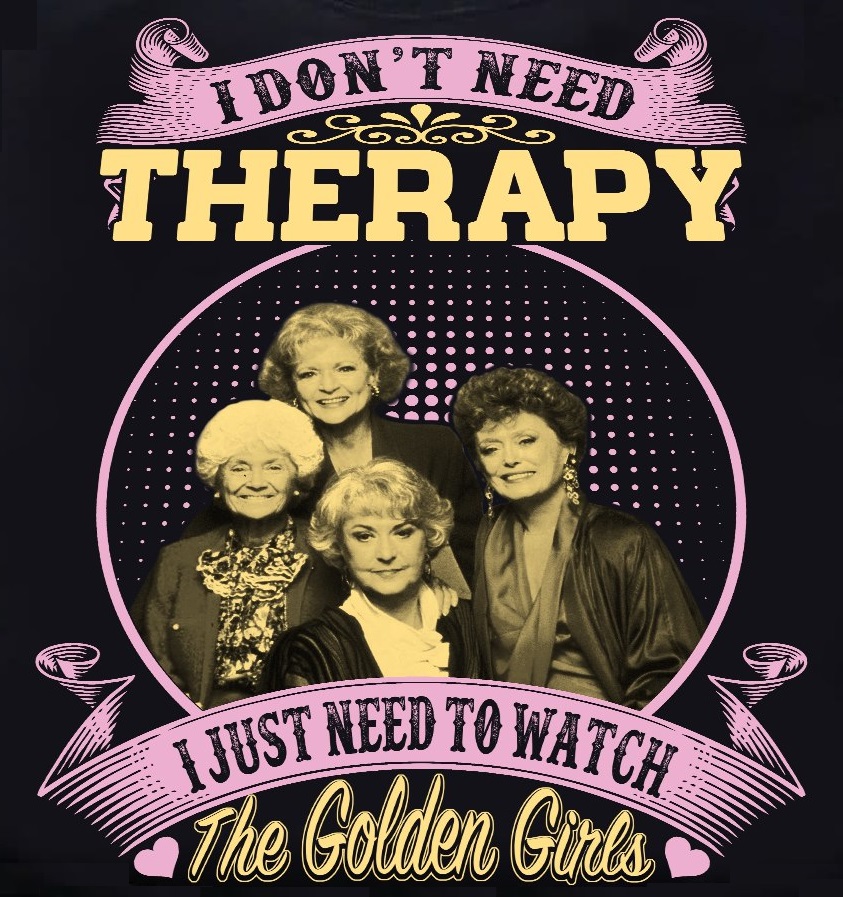
Indya Moore Offers Delightful Daily Affirmations
Unique Strengths of LGBTQ Community
What Doesn't Kill You Makes You Stronger
Stress and Resilience in the LGBTQ Community
What I Be:
Insecurities and Images
The Queer Agenda: Essays
by Shohreh Davoodi
Scientific Report: Gay Couples are Less Stressful
How to Cheer Someone Up: Ways to Make a
Friend Smile
Alyson Stoner: Wellness and Self Love
You Are Beautiful

HOME
QUEER CAFE
│ LGBTQ Information Network │ Established 2017 |